Nombre:
Barnaúl
Otro:
Localización:
Tipo: Urbanismo
Categoría:
Foto:
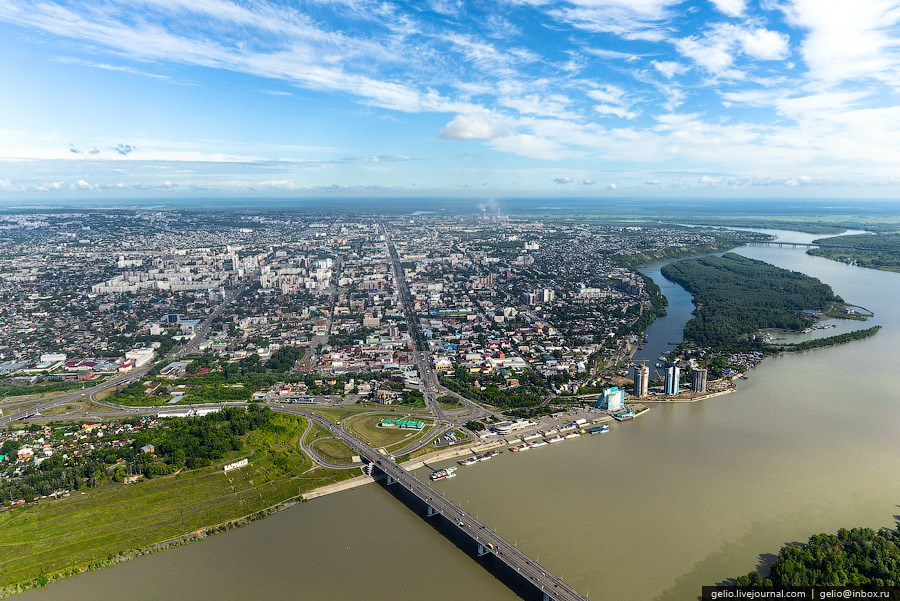
Voto:
Continente: Asia
País: Rusia
Localización: Centro administrativo del krai de Altái
Año: 1730
Estado: Terminado
Descripción:Barnaul fue fundada en 1730. Akinfiy Demivov, propietario de una fábrica de minería, eligió el lugar donde el Barnaulka se une al Obi porque quería construir una fábrica de plata de fundición allí. Pronto, sin embargo, la producción de plata - metal de la moneda en ese momento - se prohíbe a los propietarios privados y Demidov perdió la empresas de Altai. El próximo período de desarrollo de la ciudad estaba conectado con los comerciantes.
***
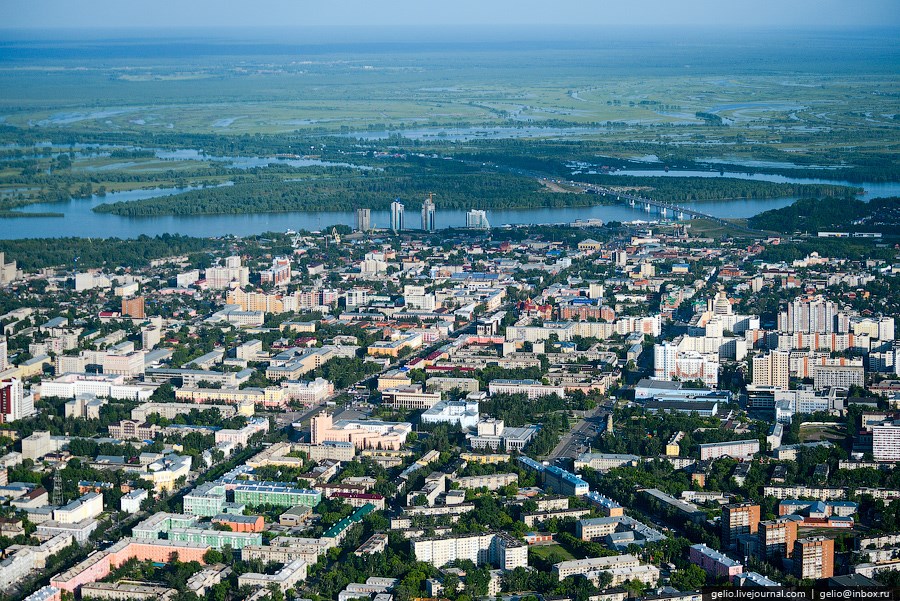

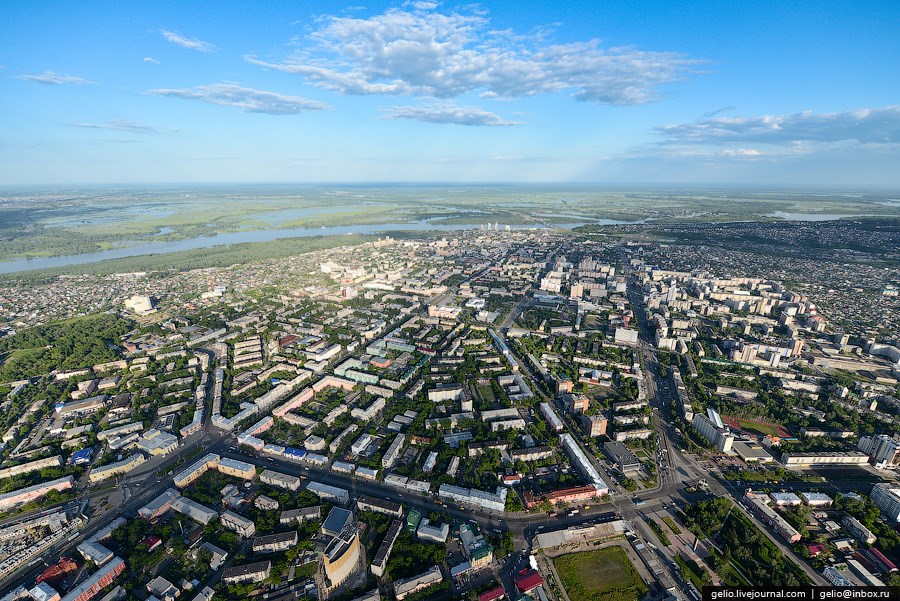
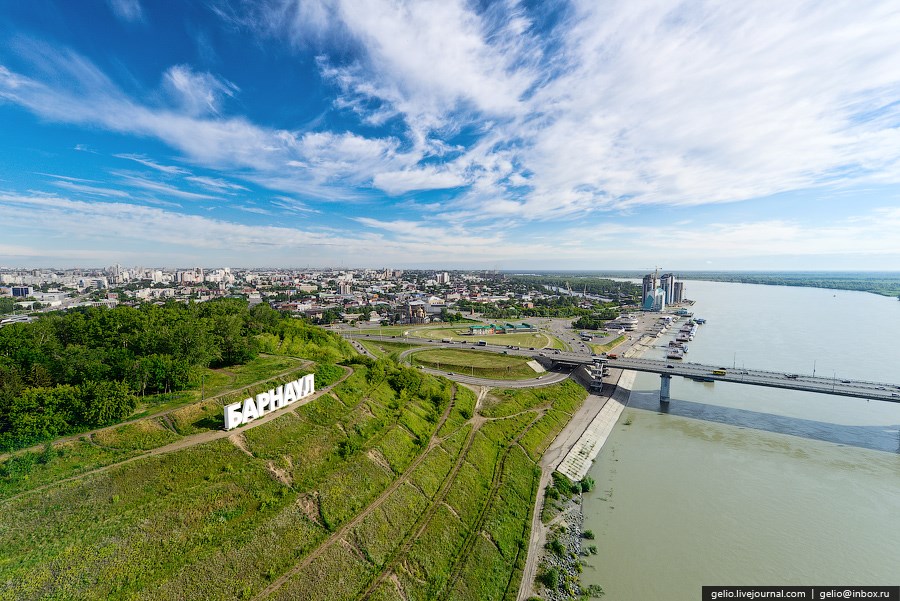
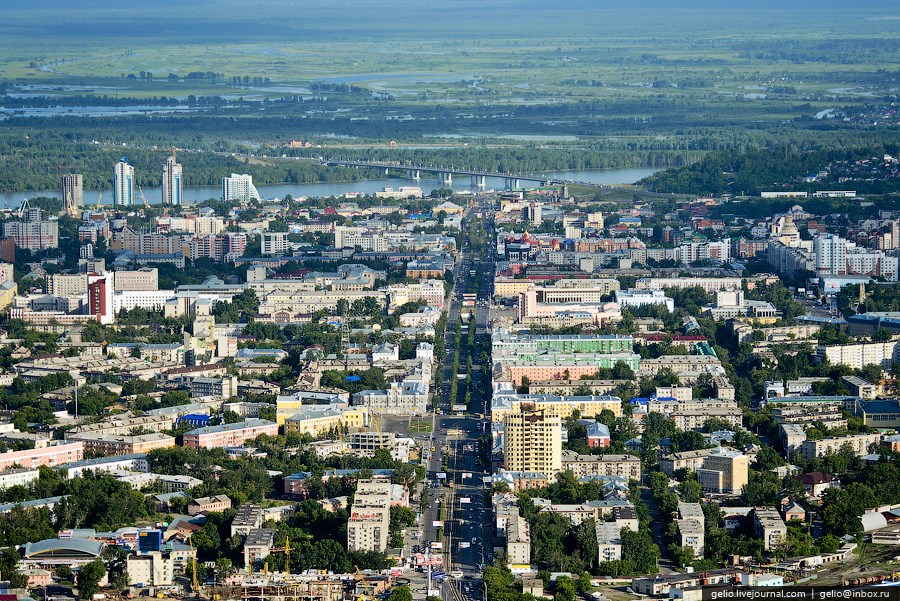

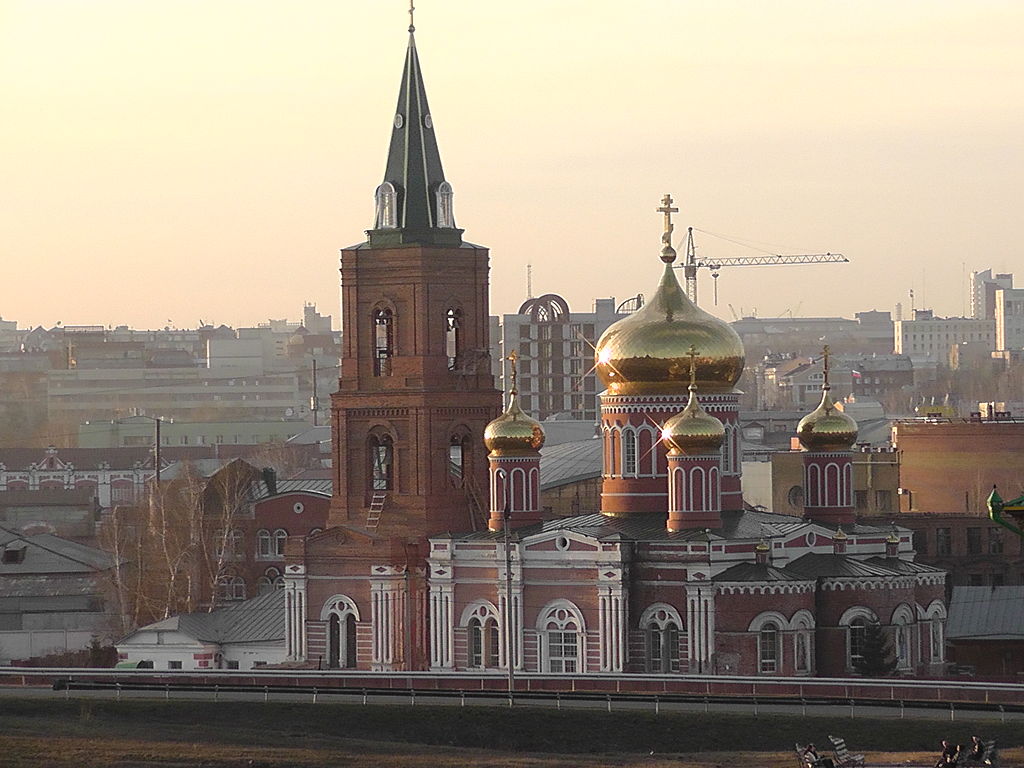
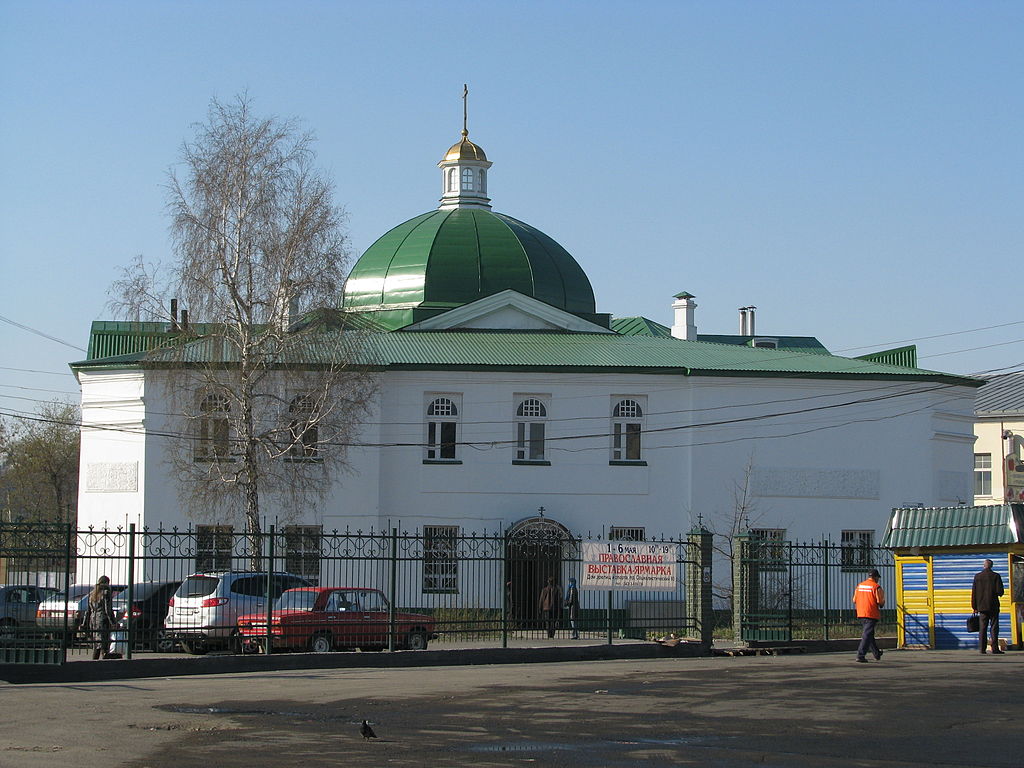
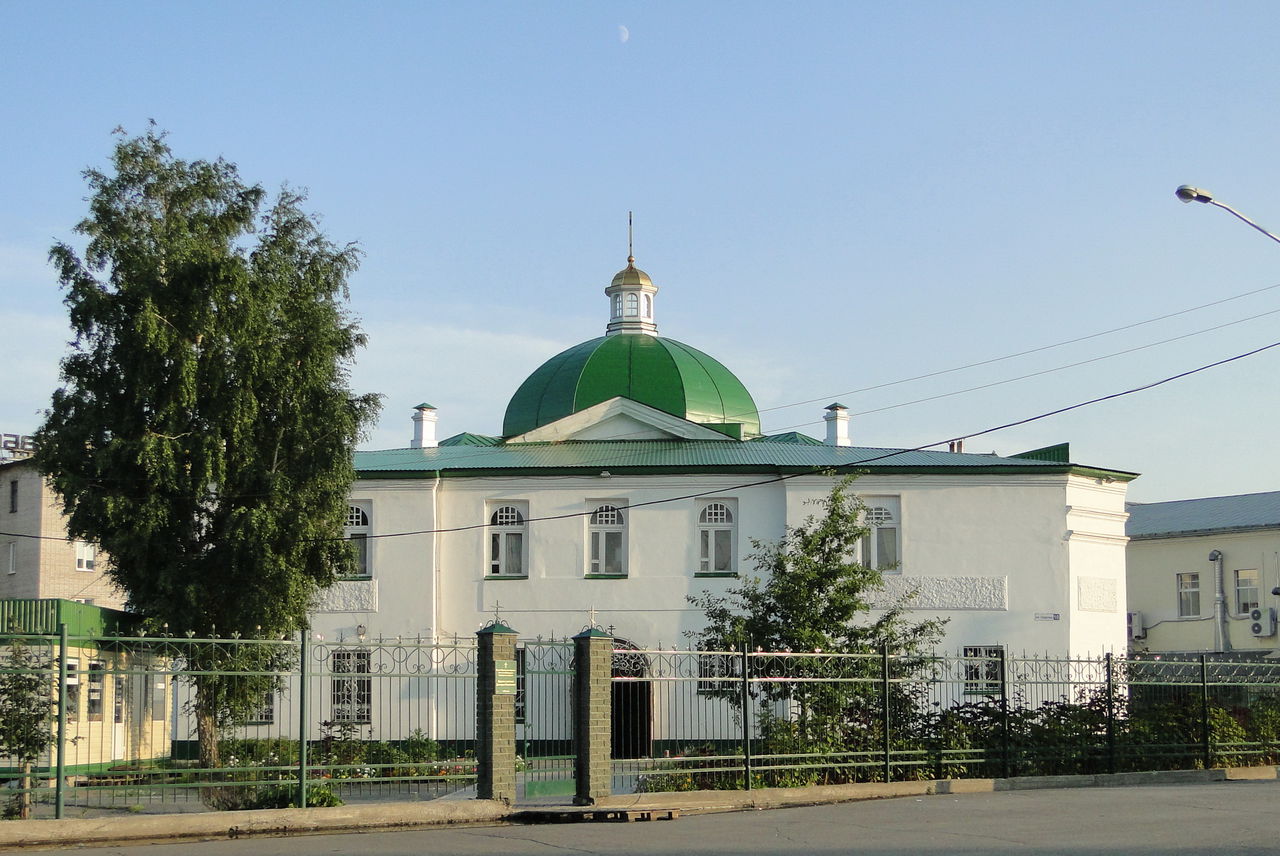
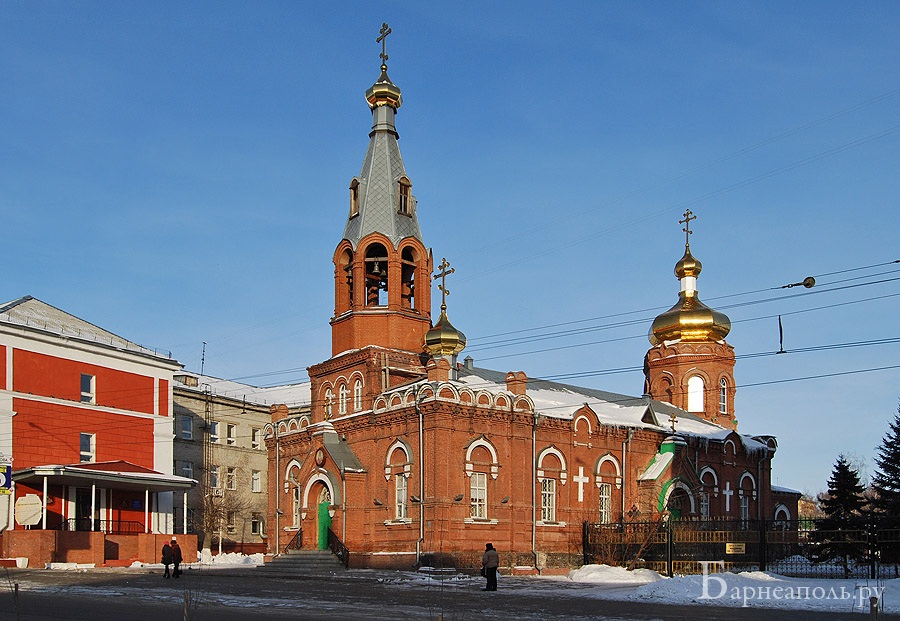
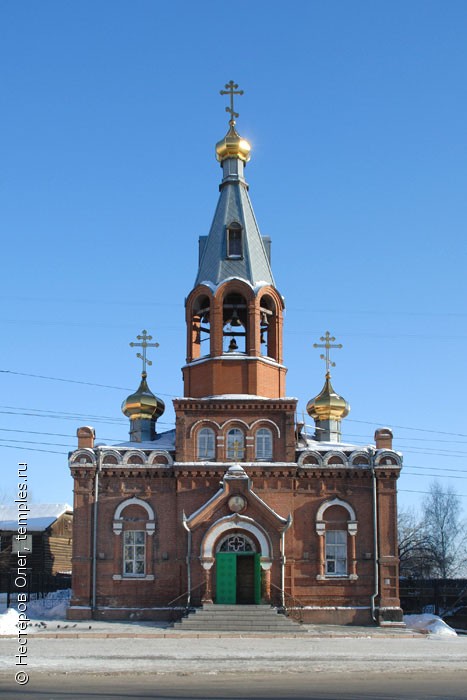
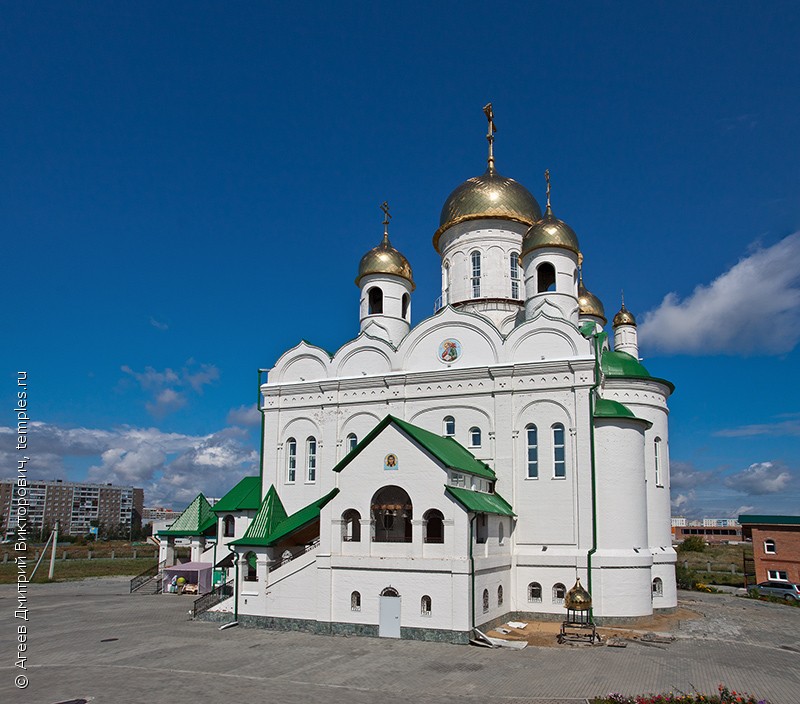

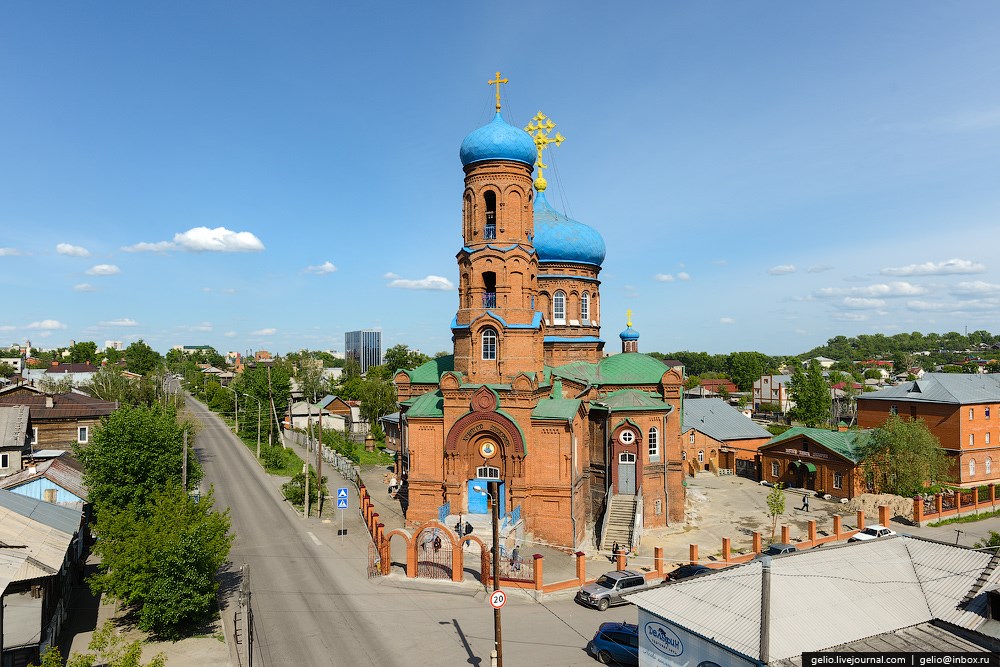
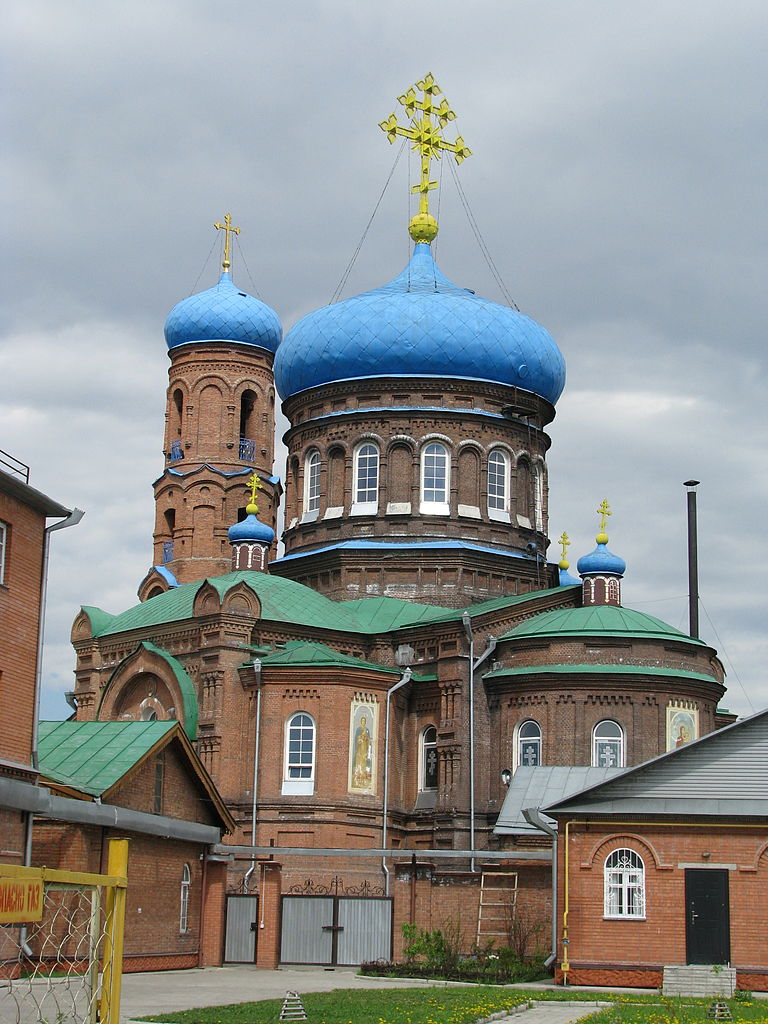
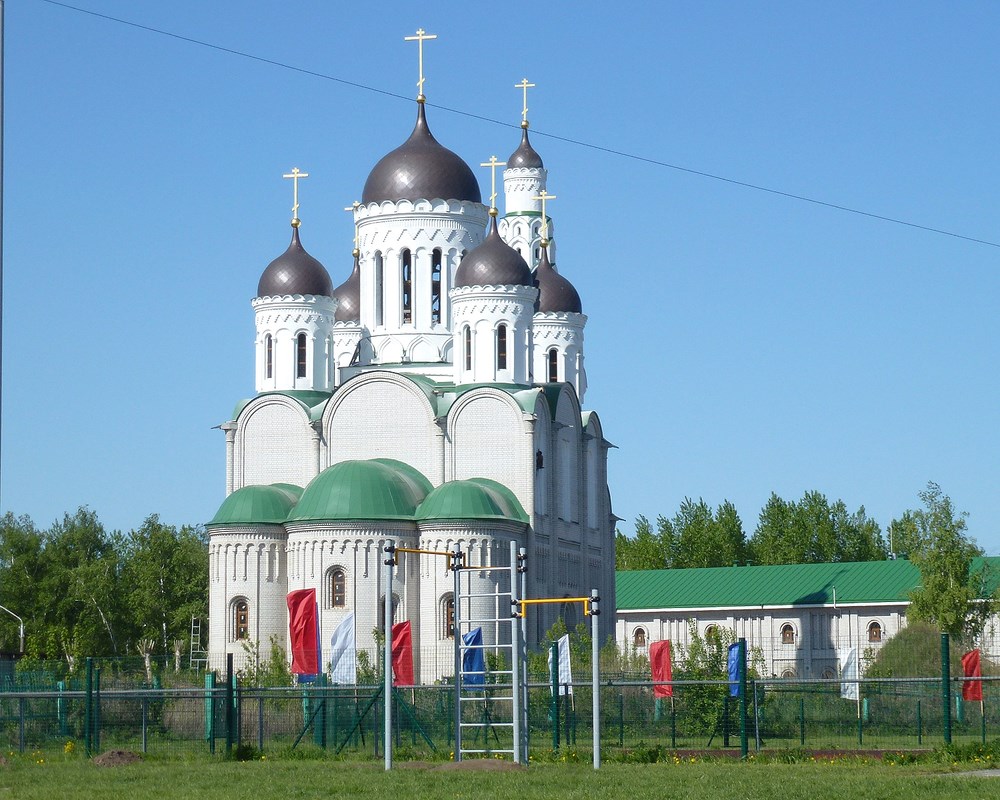
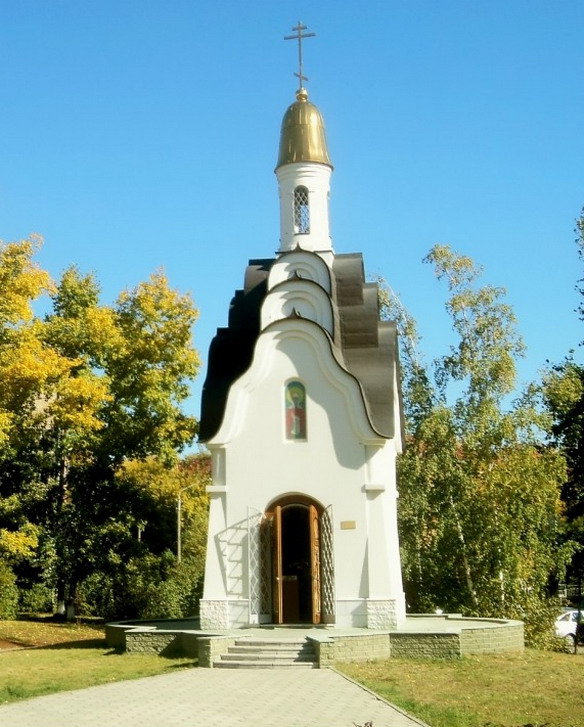
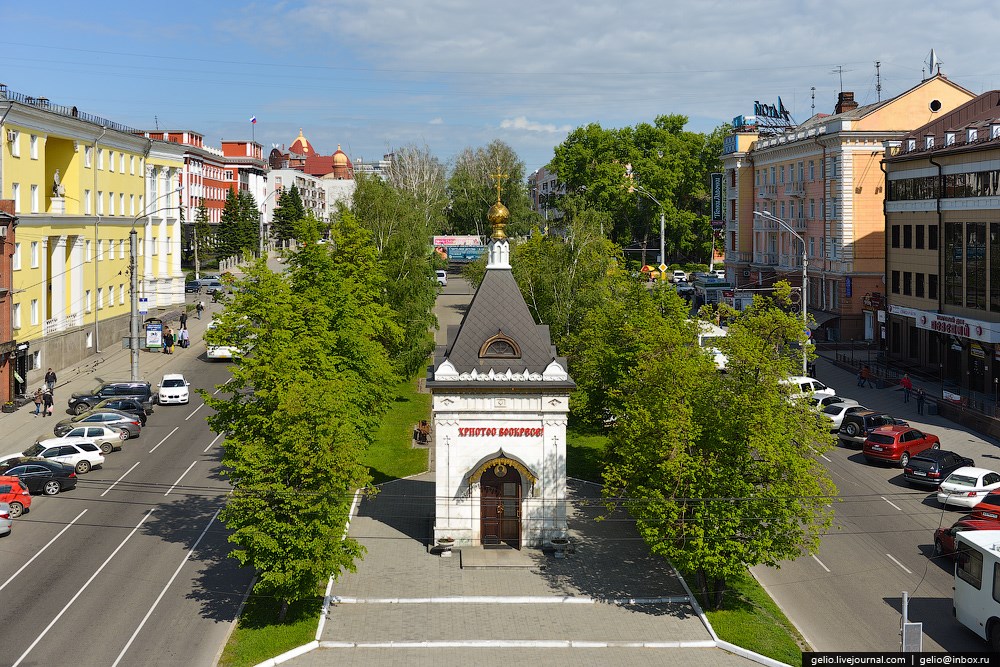

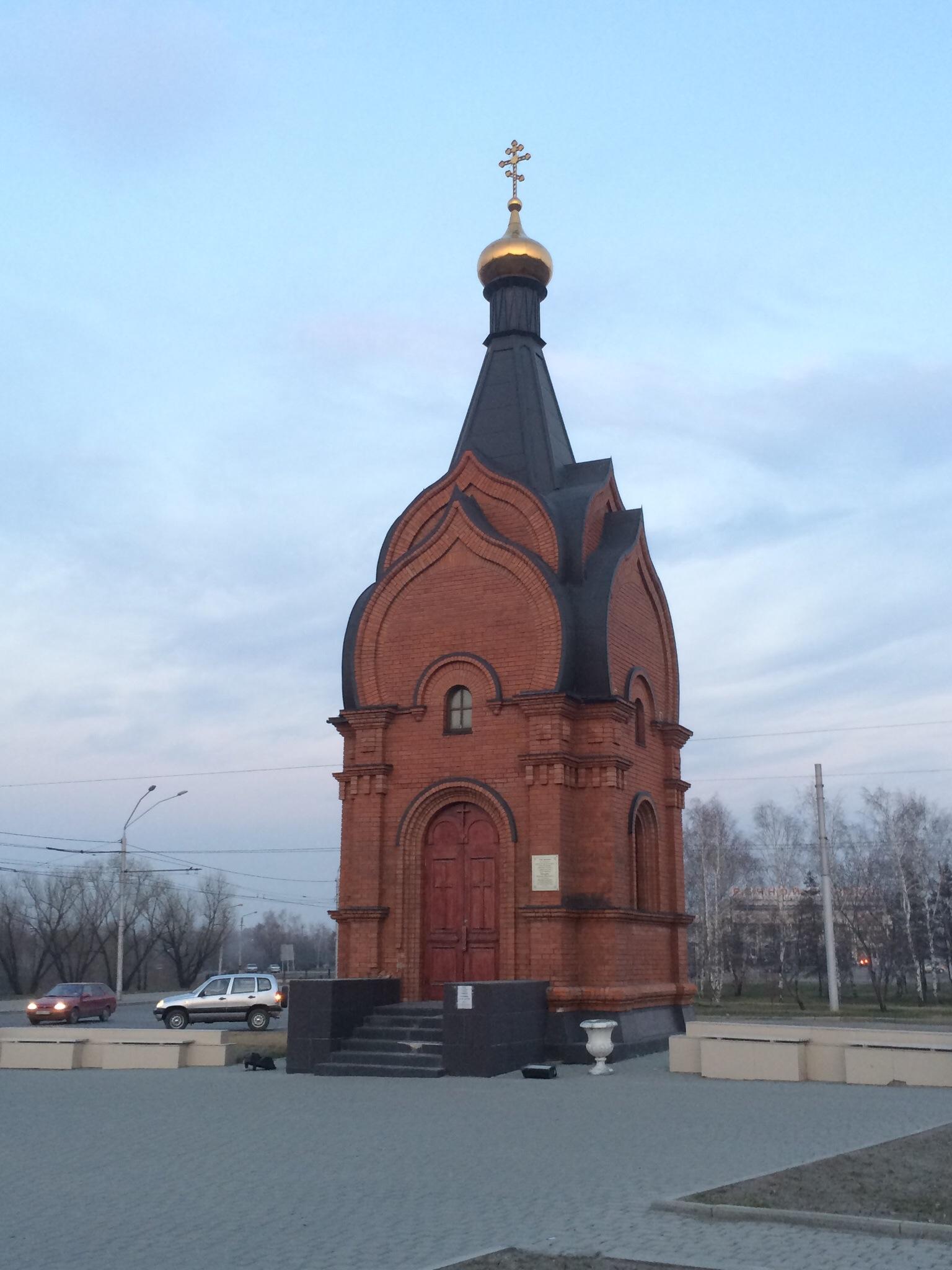


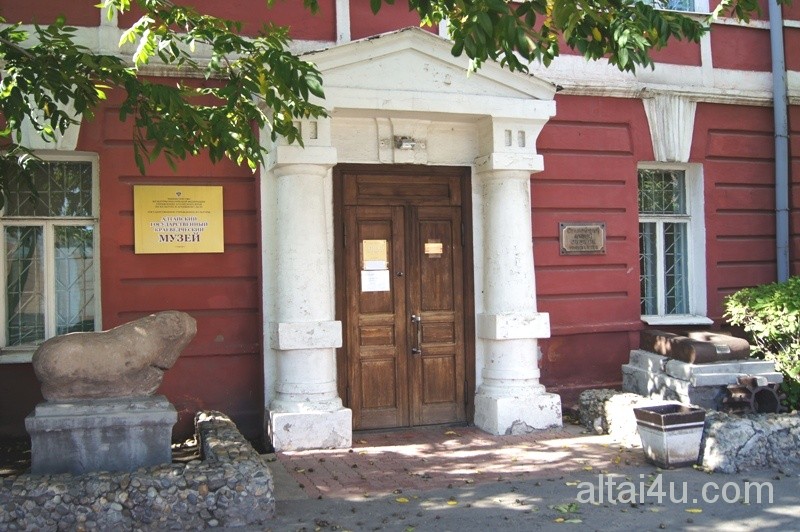
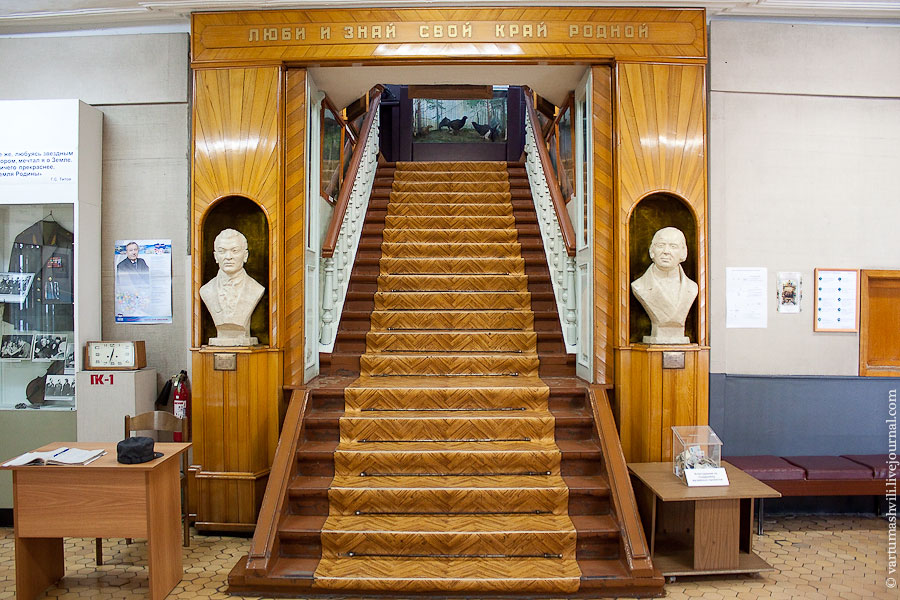

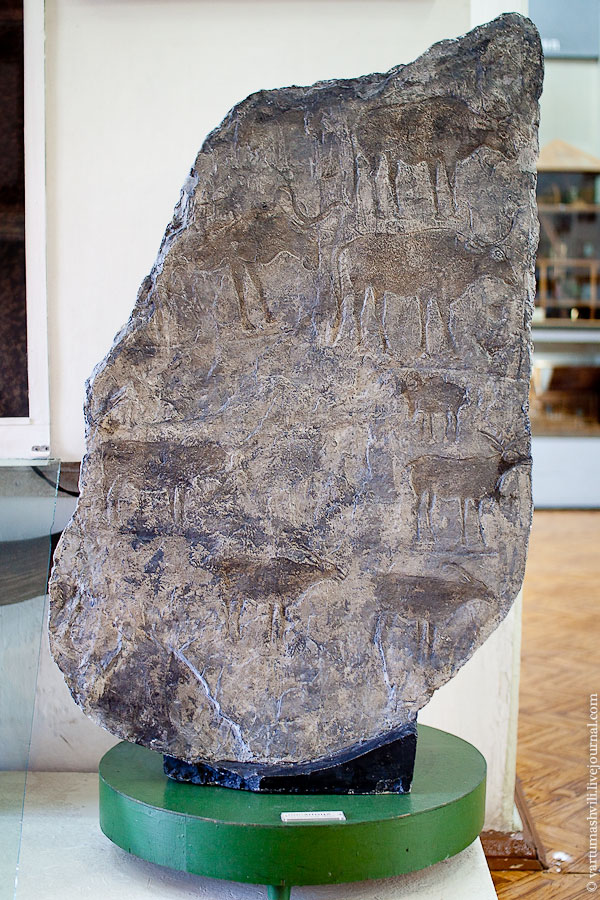
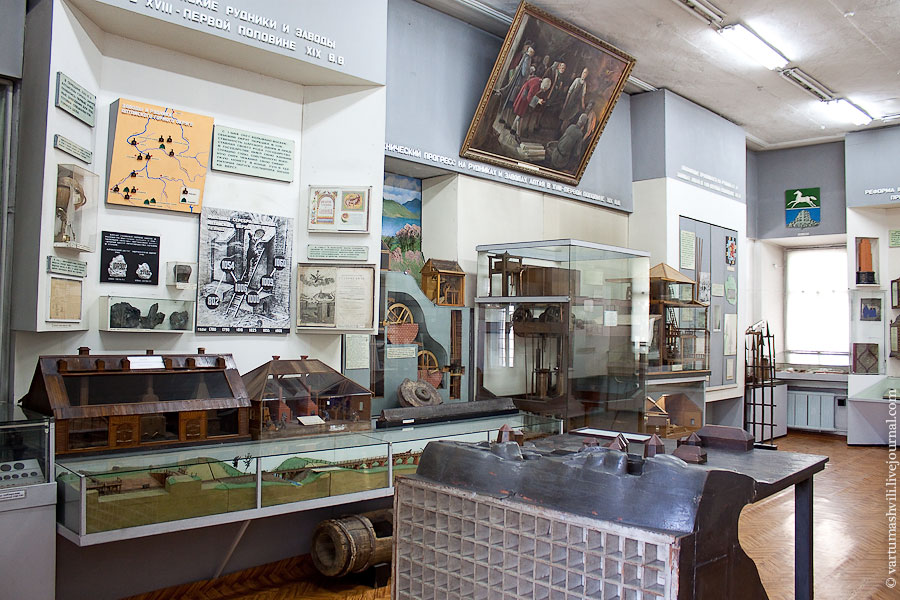
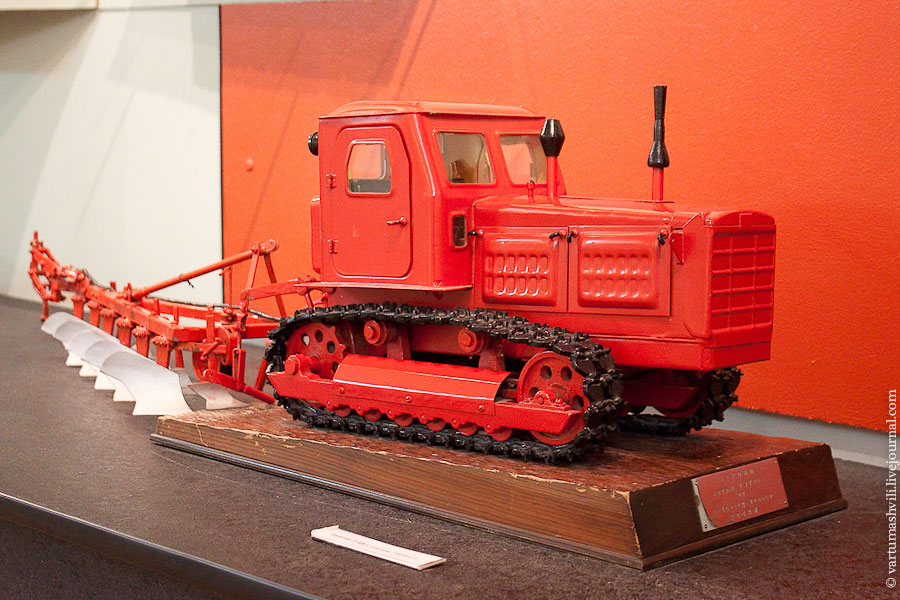
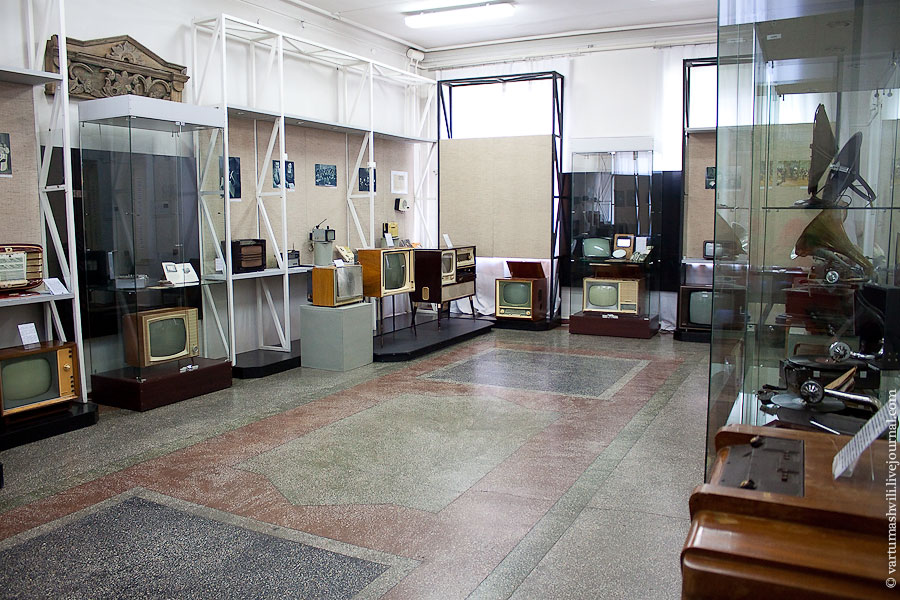
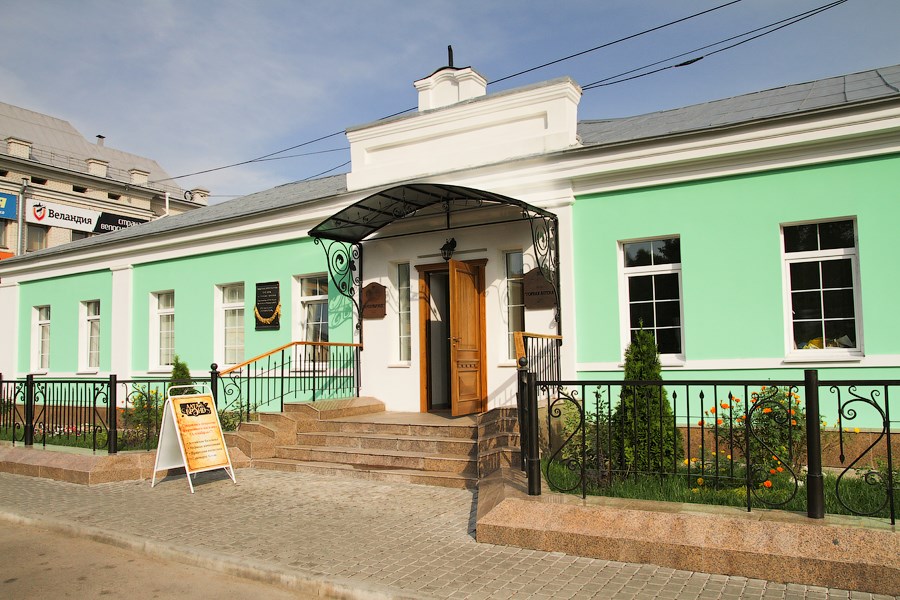
Barnaul was founded in 1730. Akinfiy Demivov, a mining factory owner, took fancy of the place where the Barnaulka joins the Ob' because he wanted to build a silver-smelting factory there. Soon, however, the production of silver – currency metal at that time – was forbidden for private owners and Demidov lost Altai enterprises. The next period of the city development was connected with the merchants.
These historical events received their reflection in the architecture of the city. Demidov Square, houses and workshops situated along the Barnaulka, are the witnesses of those times. Deeper into the city center one can see merchant mansions. Houses and streets of the old city remain their image and atmosphere even today.
City guests will be interested in visiting numerous museums, exhibitions, art galleries, theaters and concert halls as well as grand Orthodox churches built at the end of the 19th - the beginning of the 20th century.
A lot of festivals take place in Barnaul. There is a good tradition to celebrate the start of spring - there is a sunny holiday and festival of folk art and mastery “Barnaul Spring”. More and more tourists are attracted to the city during “the Museum night”. In July people can attend Shukshin’s readings known all over Russia. There is Shukshin’s film festival, where new Russian films are shown and where one can meet famous film producers and actors. Another festival “The celebration of cheese” has been held in Barnaul since 2007 which is unique both for Altai and Russia.
Barnaul is attractive also for its nature. There are a lot of health resorts and sports bases, situated in the relict band-type forest. Here you can see a twenty-five km ski track “The Track of Health”, which turns into a cycling and walking track in summer. Close to health resorts there is Barnaul arboretum. On the territory of health resorts there are pets’ corners where silka deer, roes, bears, birds and squirrels live. The first city zoo welcomes its visitors in the park of attractions “Lesnaya Skazka”.
The weather in the city is rather variable due to the openness of the region to wind from the Arctic Ocean and desert regions of Middle Asia: the heat is quickly replaced by cold caused by winds.
http://www.visitaltai.info/en/where_visit/tourist_areas/1066/
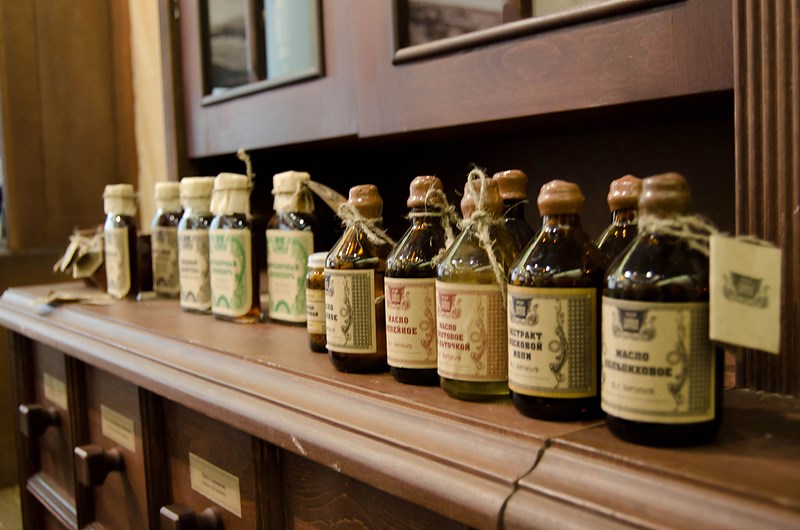
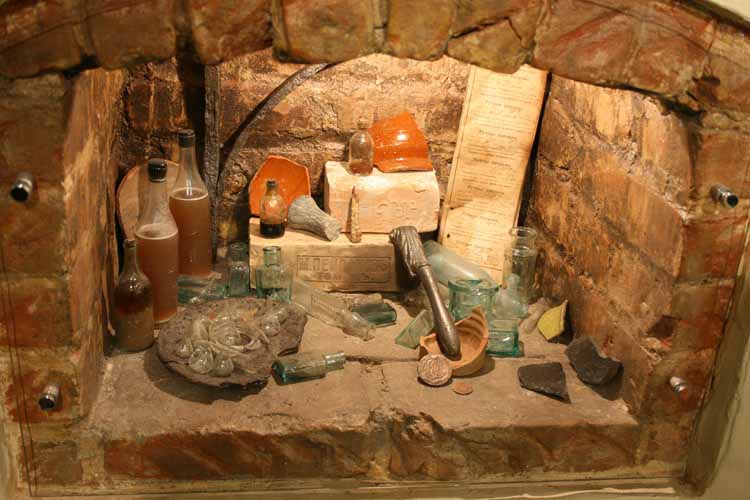
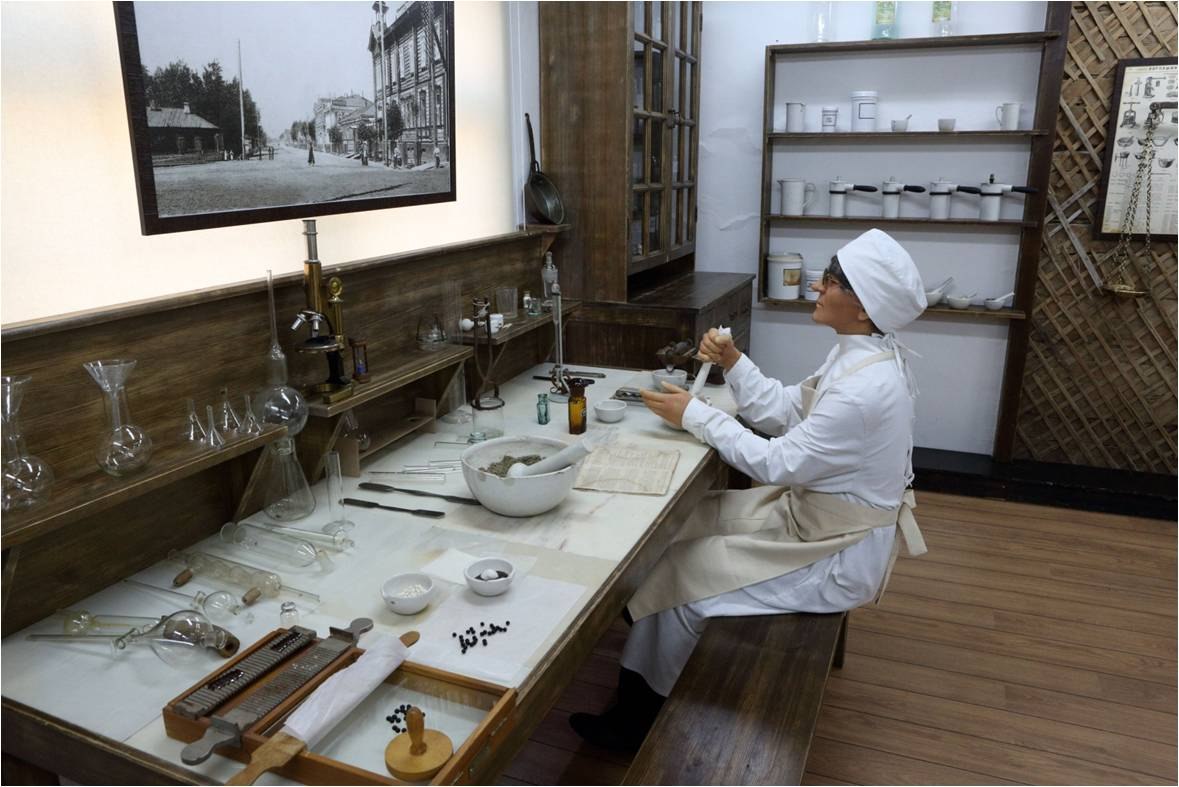
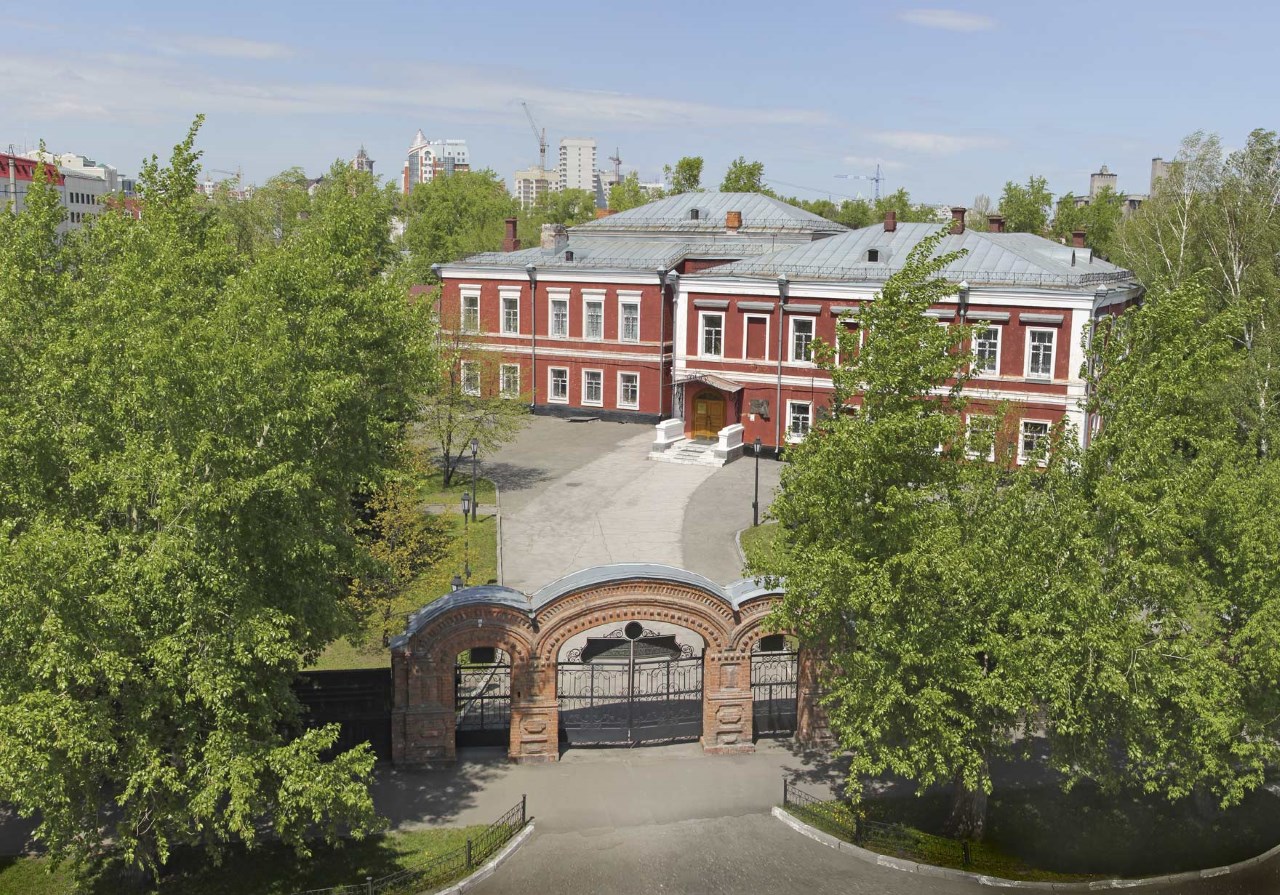
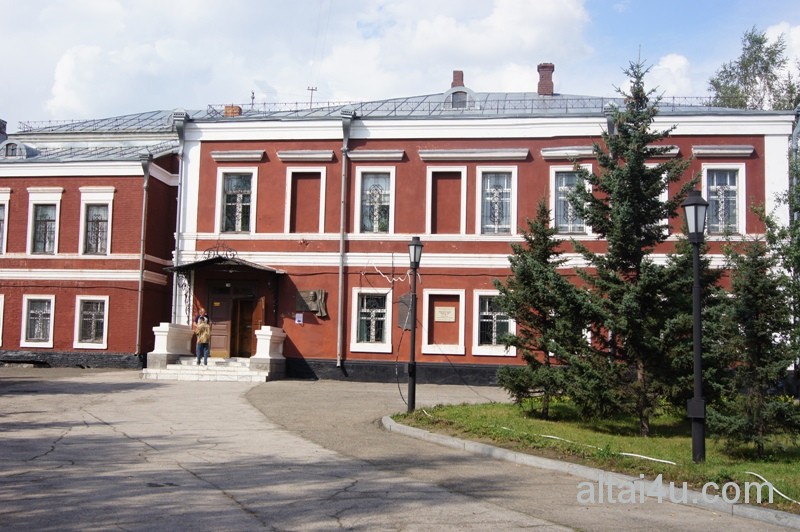
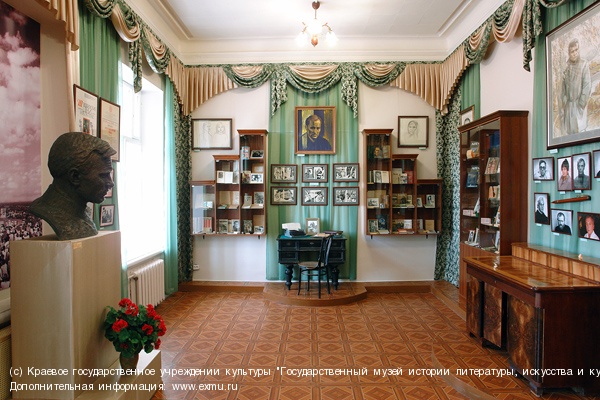
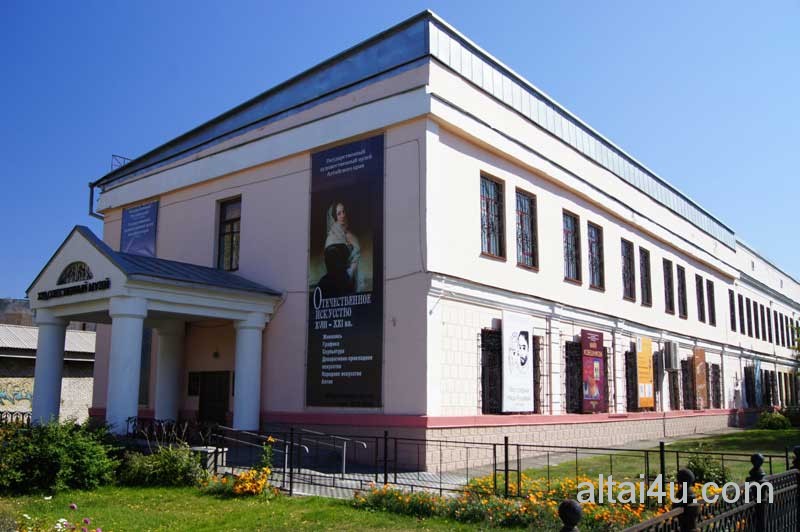
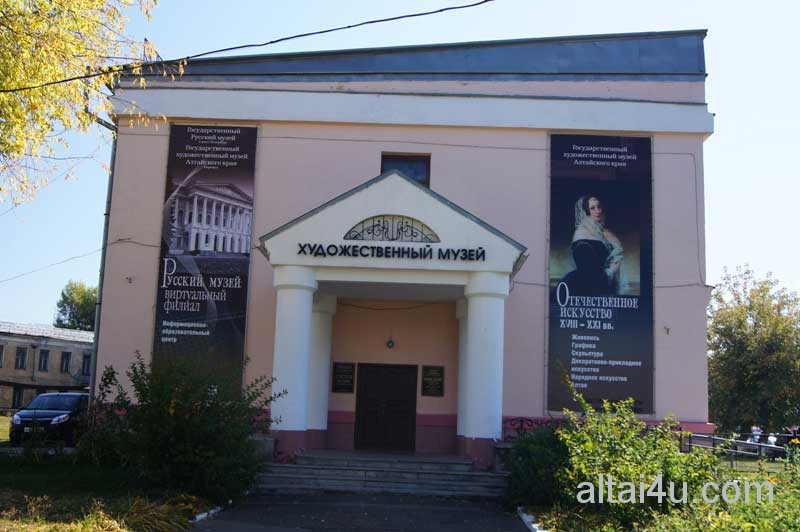
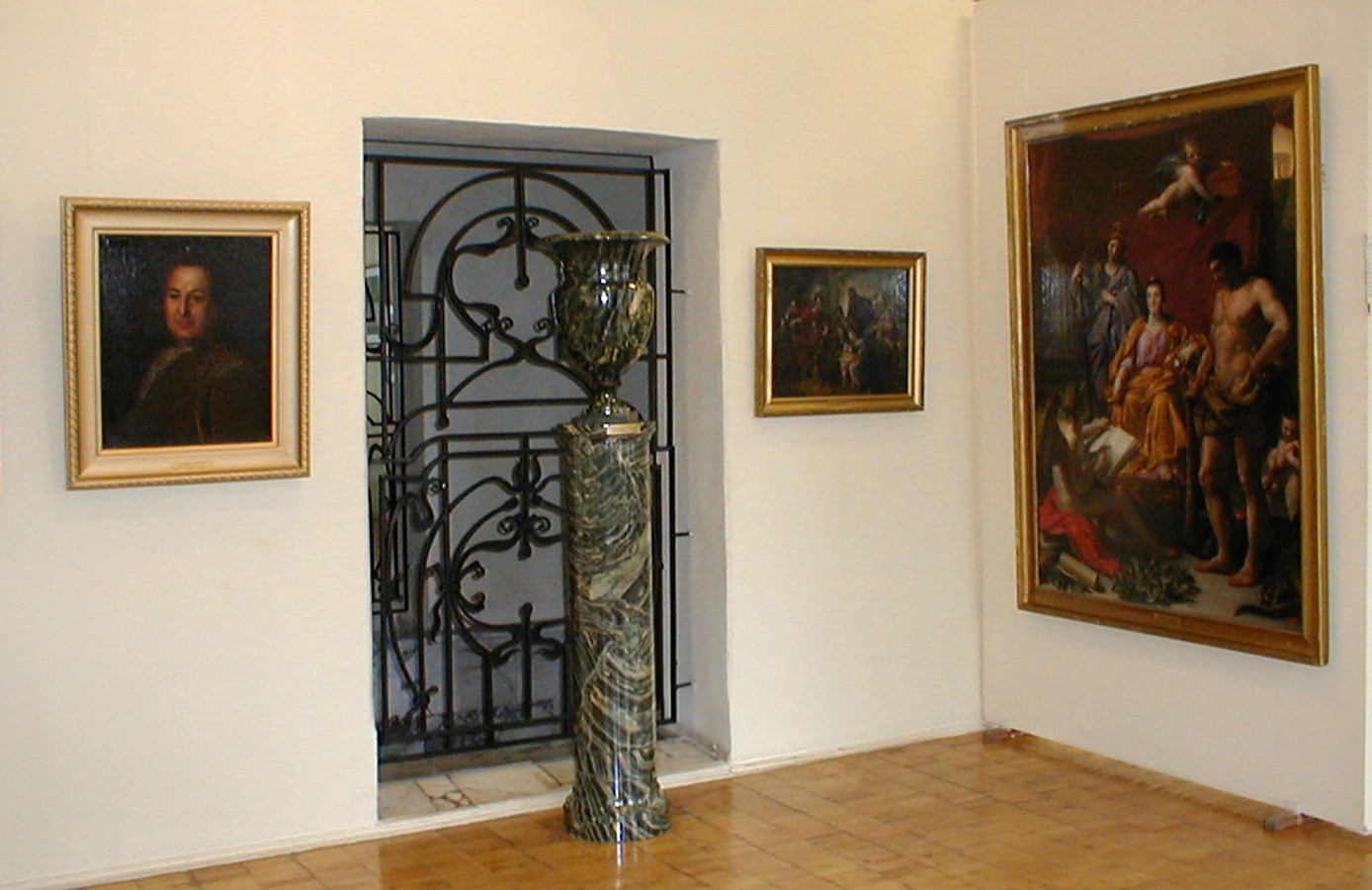
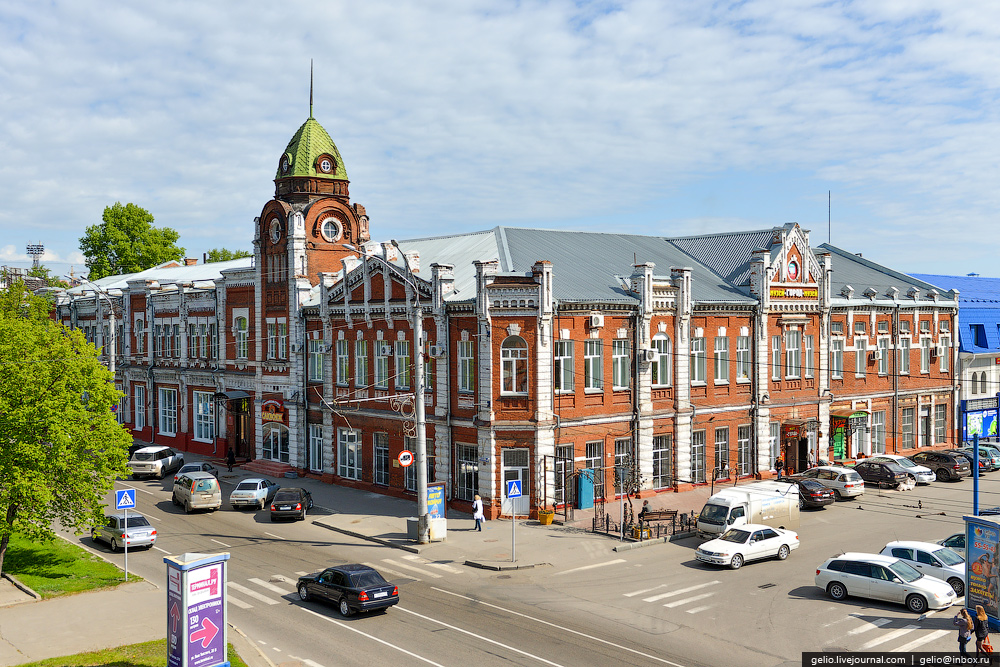
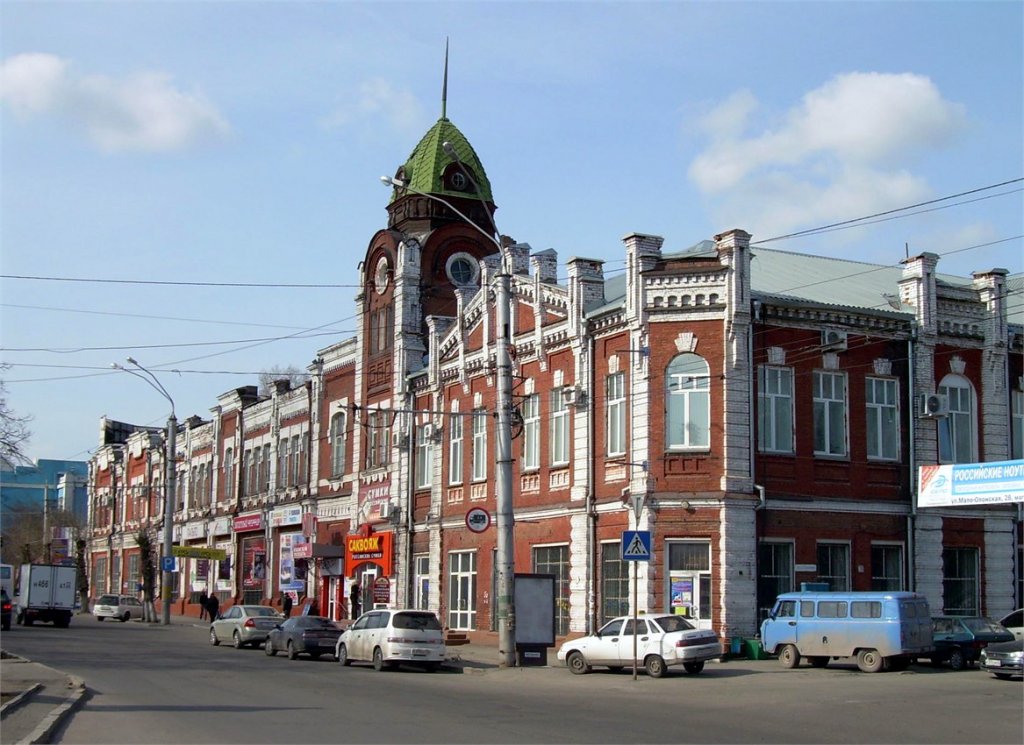
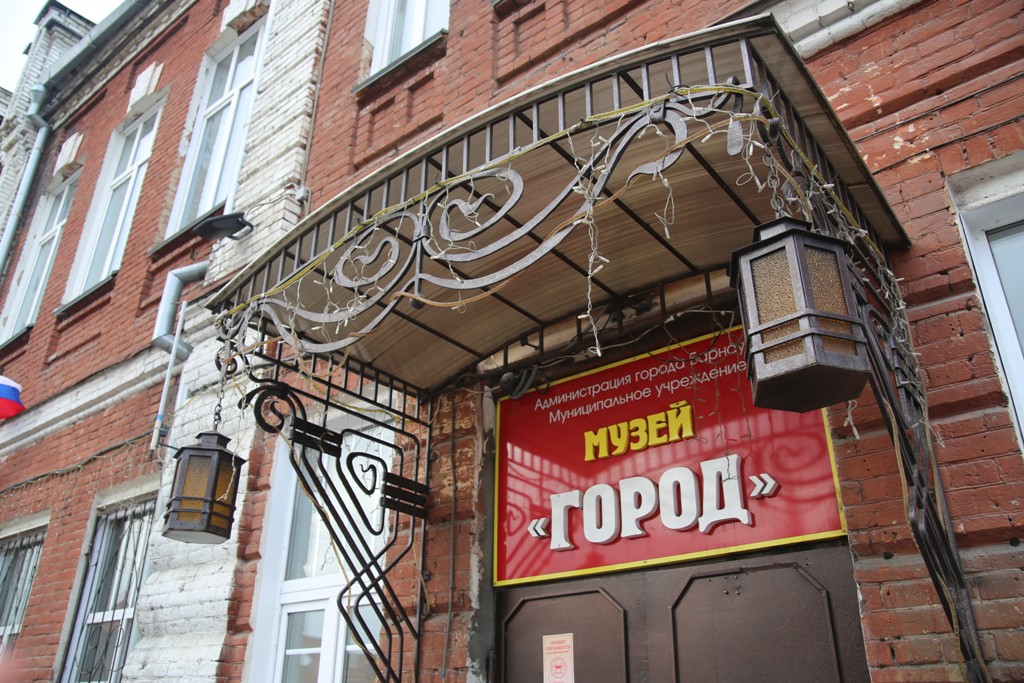
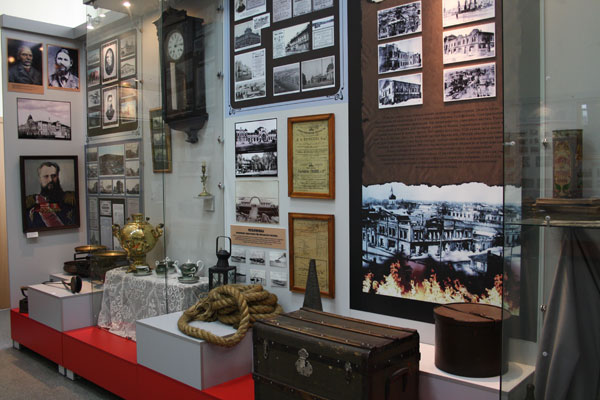
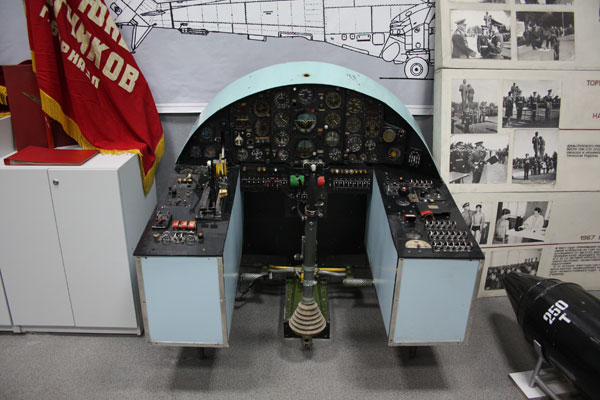
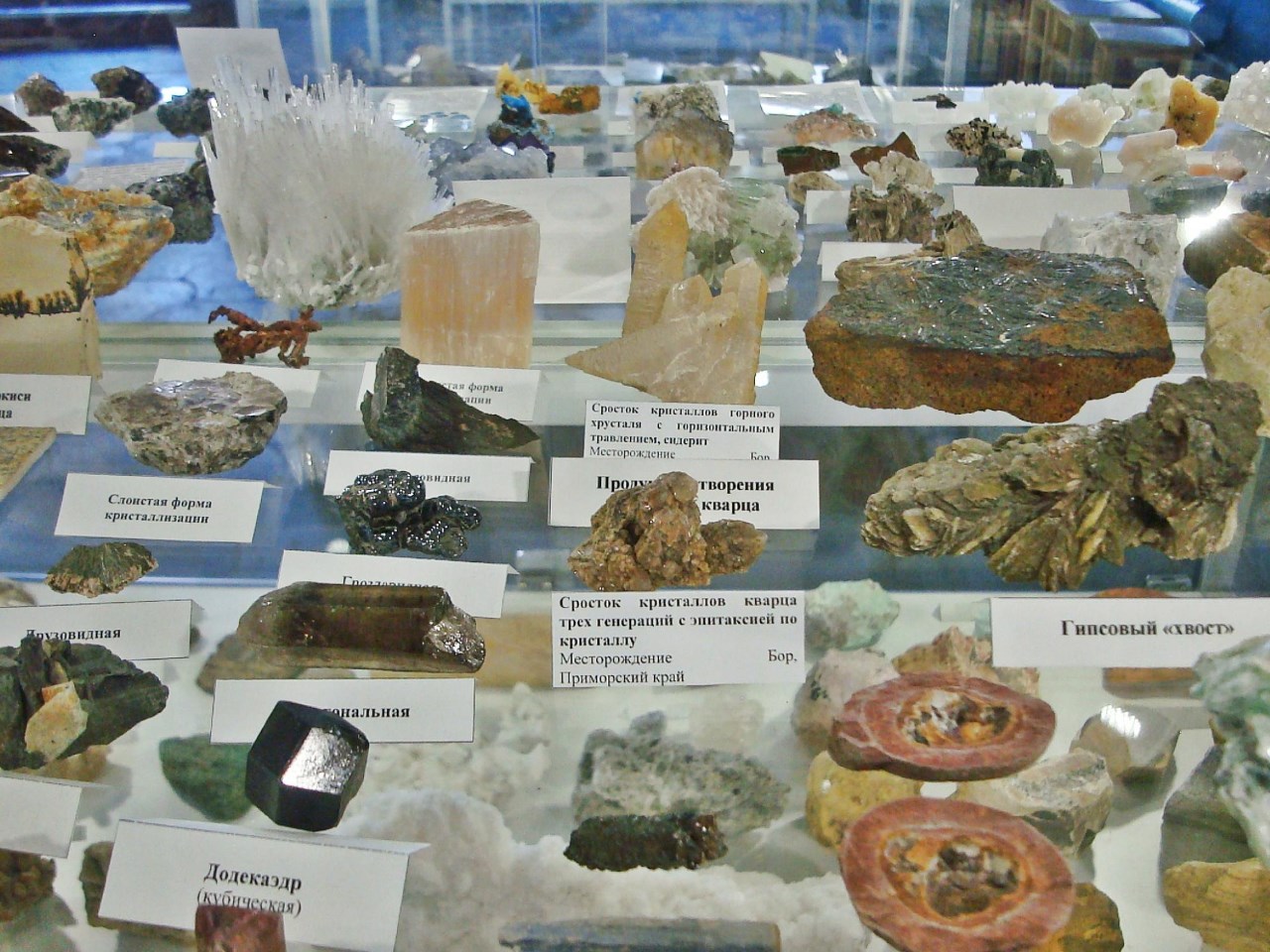
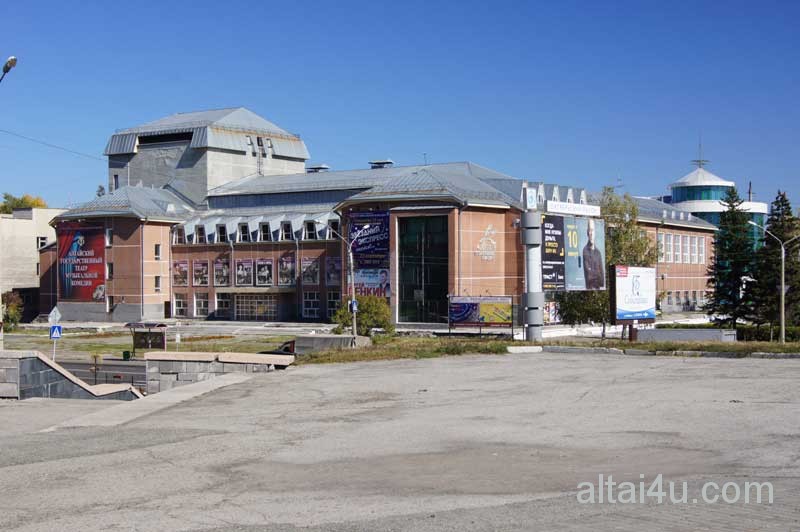
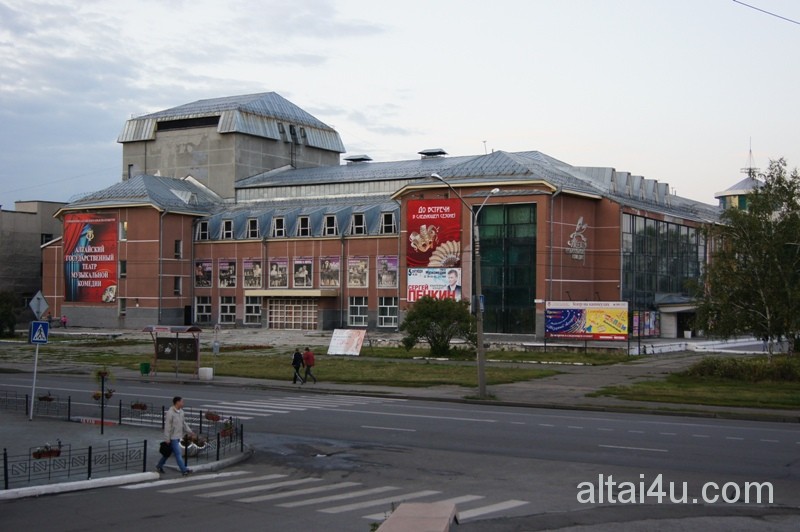
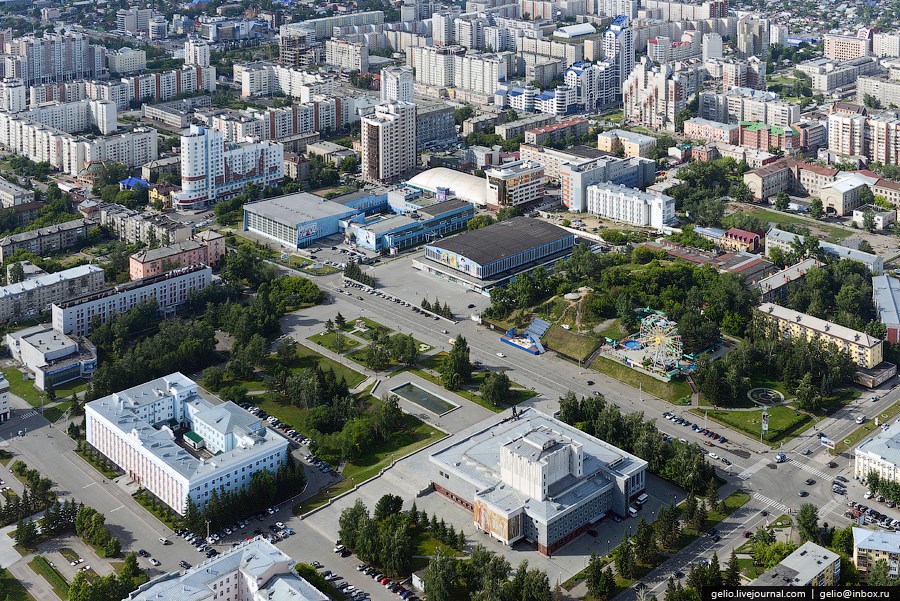
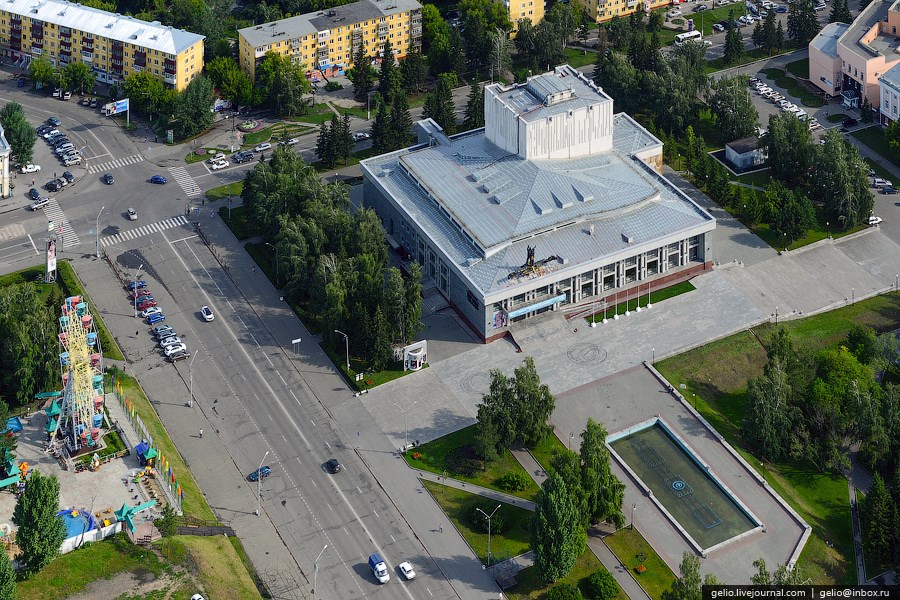
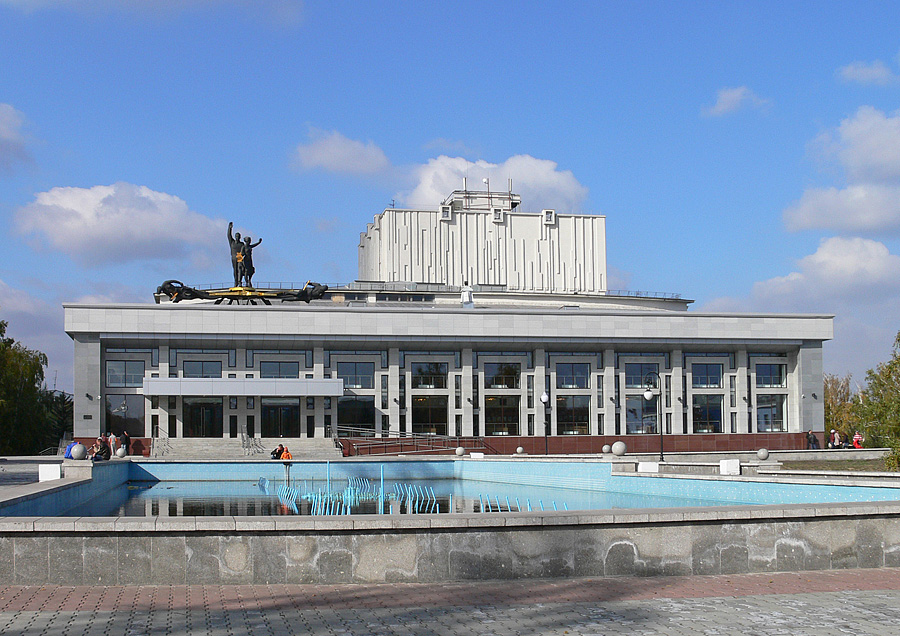
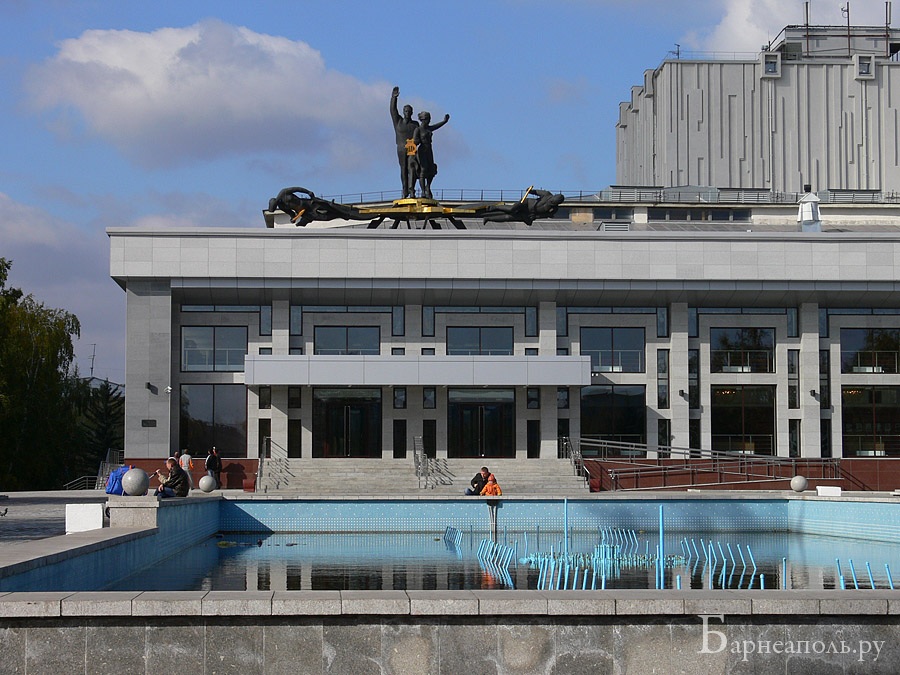
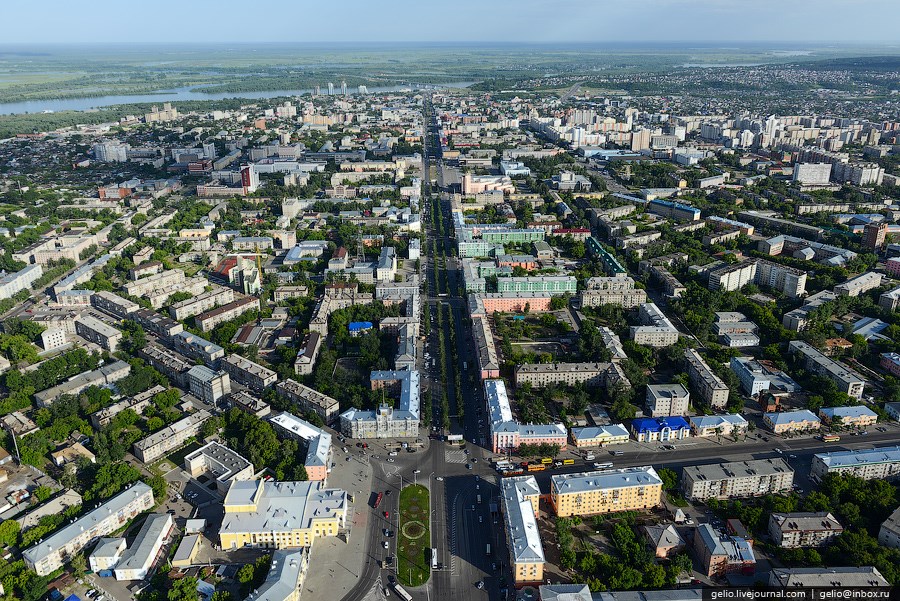
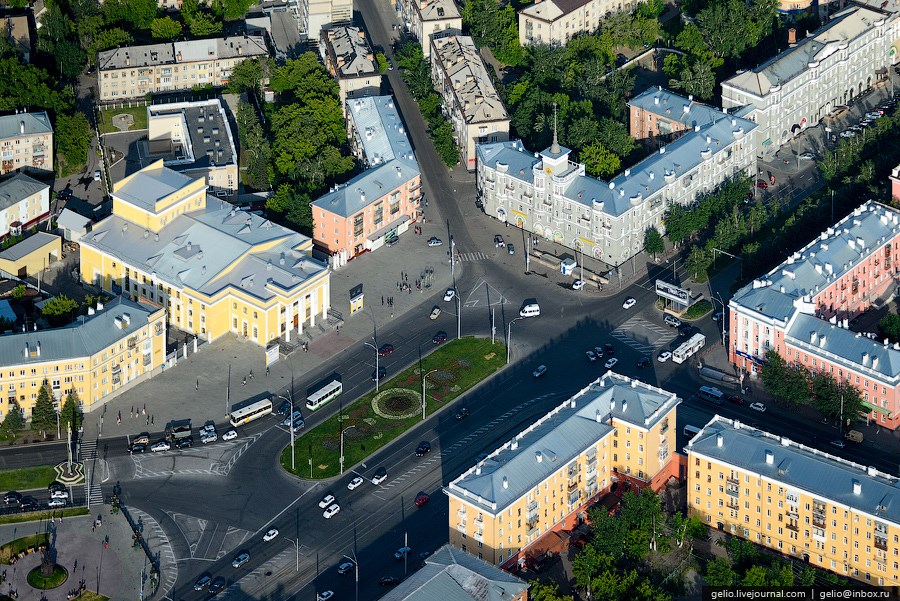
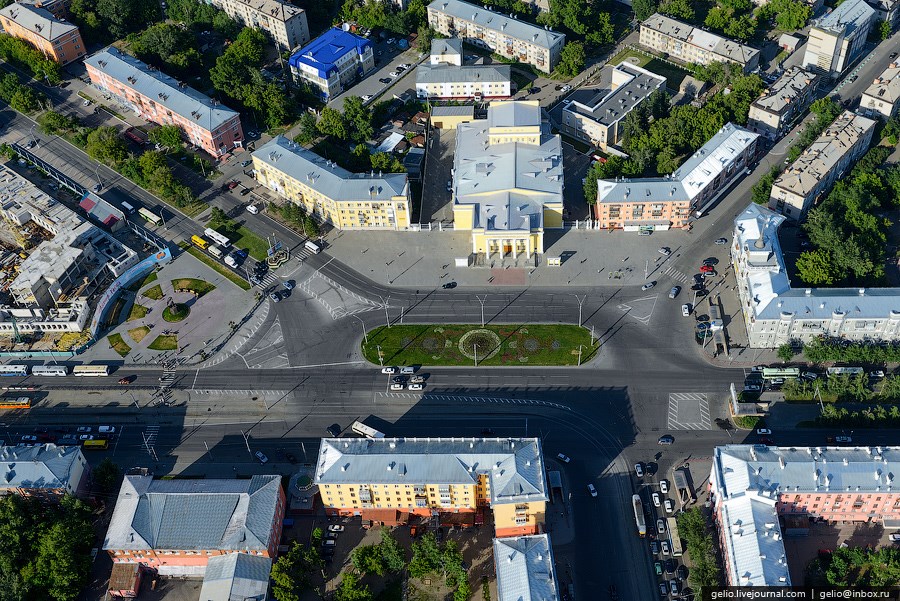
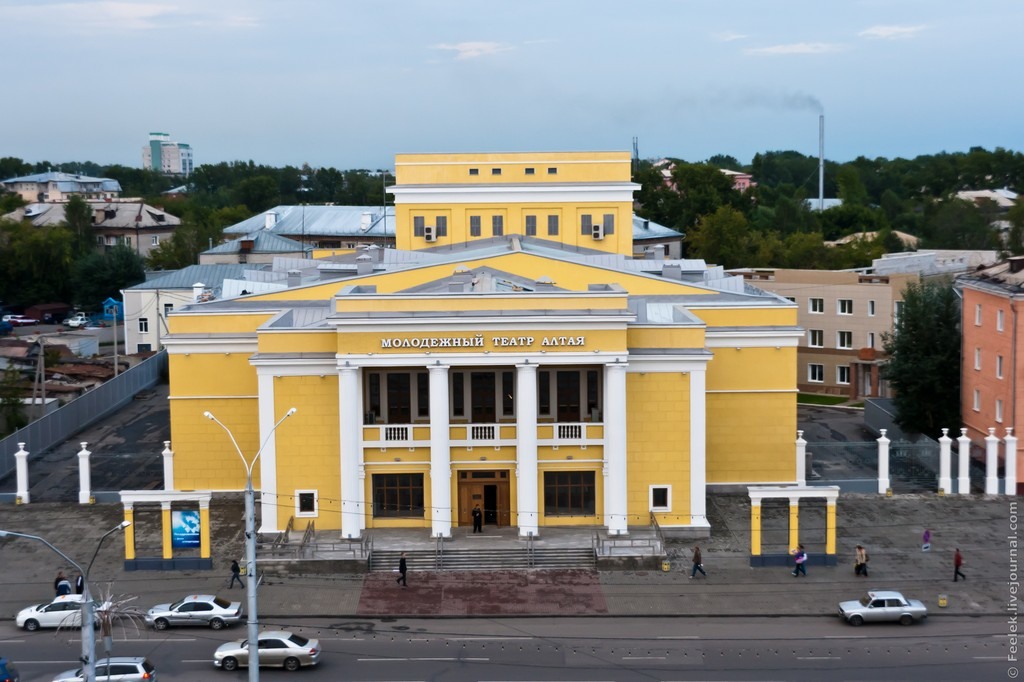
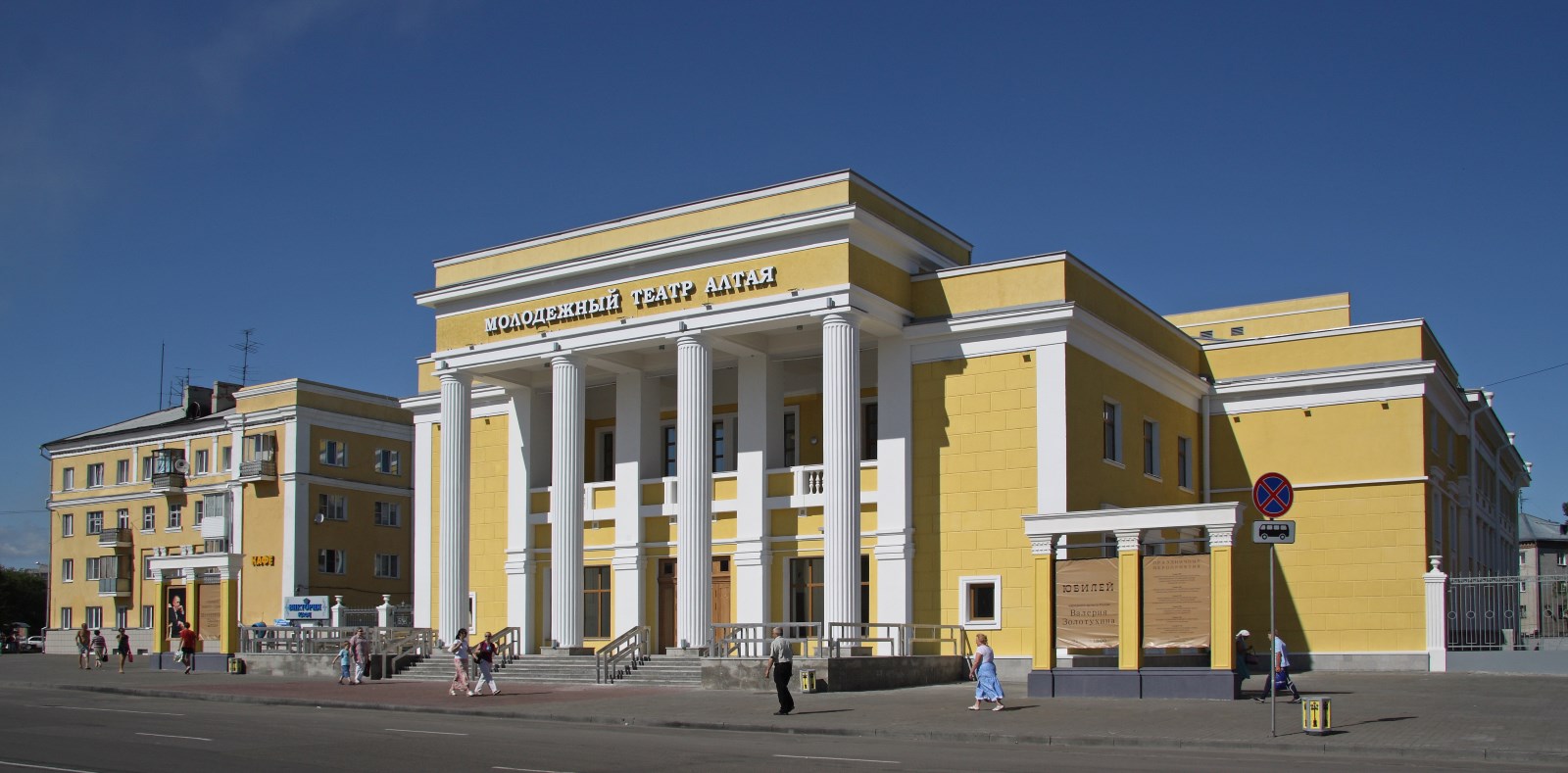
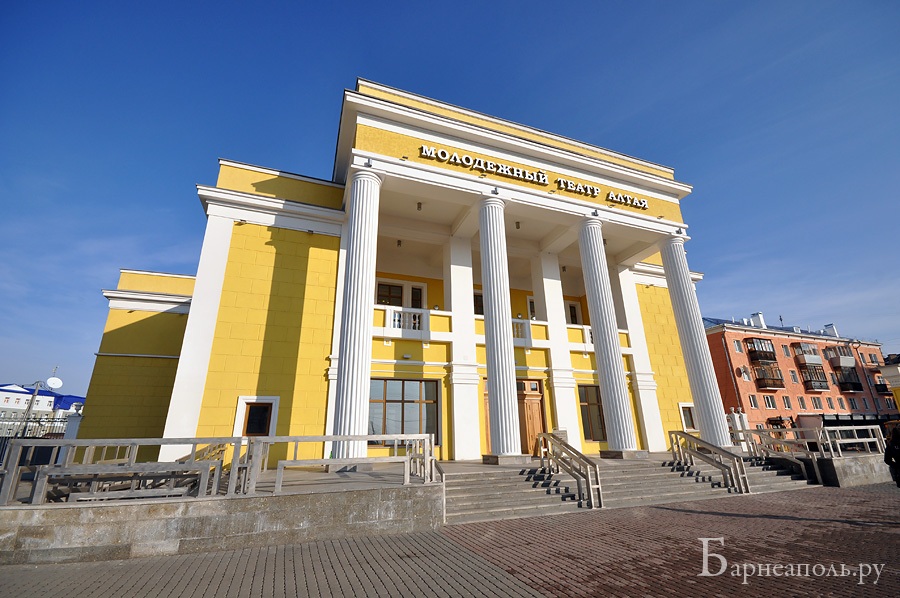
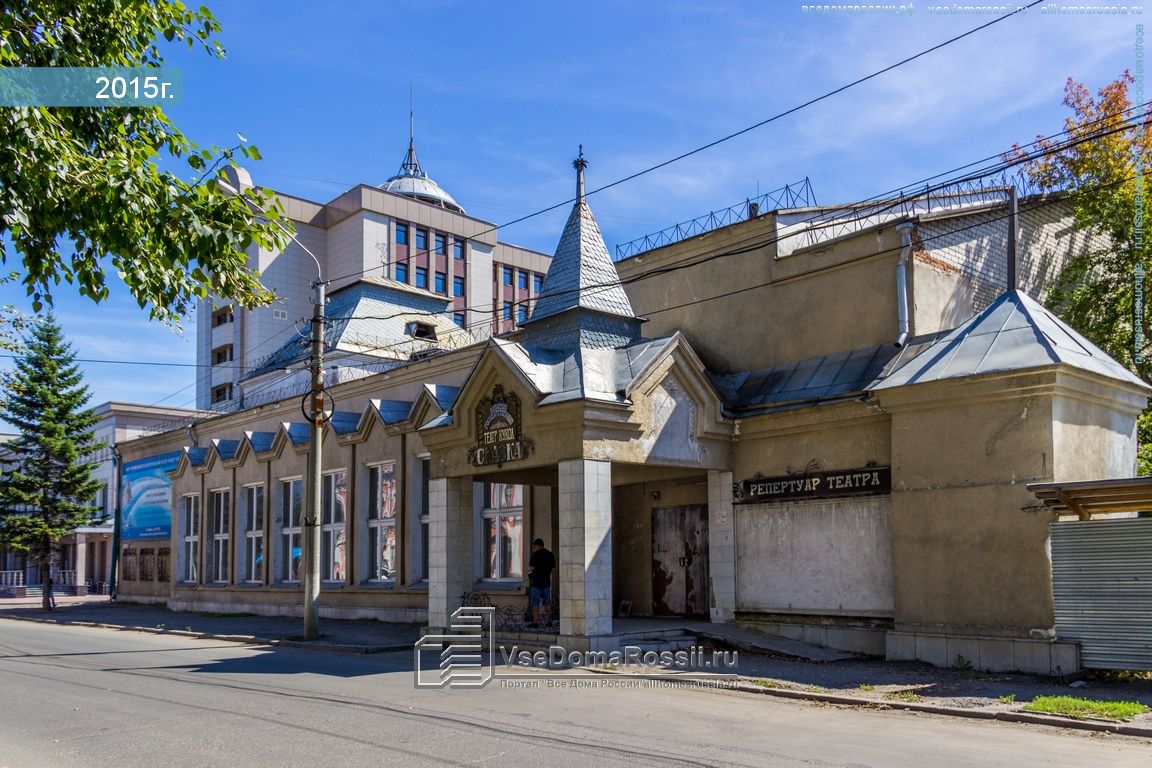
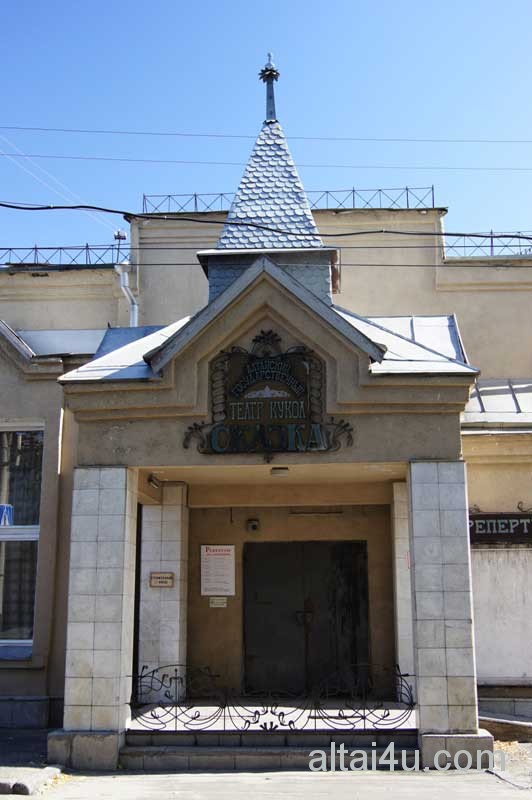
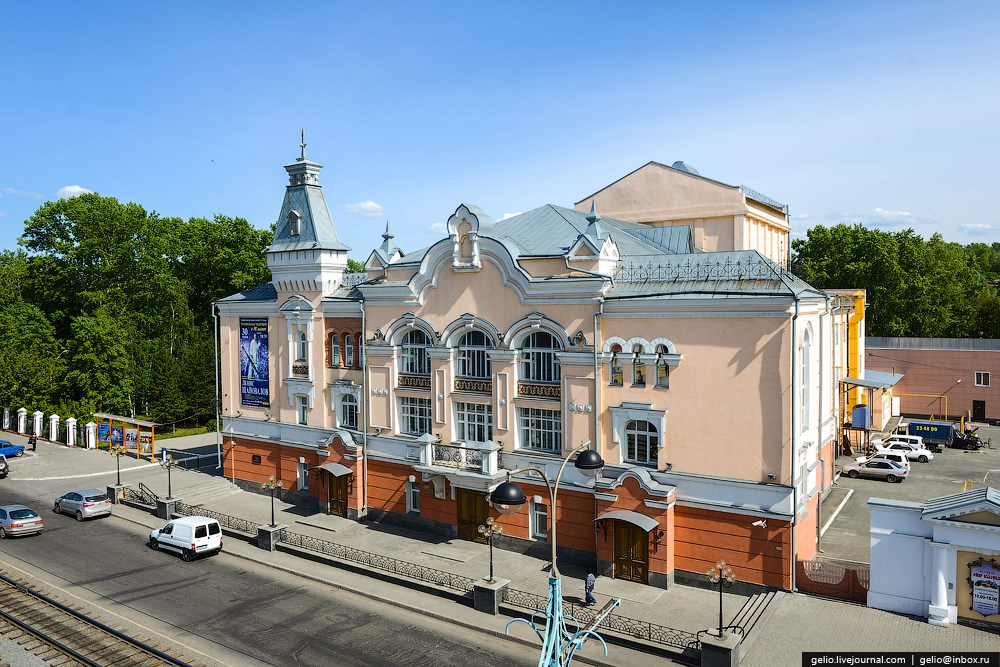
Barnaul - capital of Altai Krai
Before …
The city of Barnaul, capital of Altai Krai, was founded in 1730. The mouth of Barnaulka — a rivulet flowing into the Ob river — was once chosen by bailiffs of the Ural mine‑owner and manufacturer Akinfy Demidov for construction of a smelting plant. The location appeared to be very efficient, and the Barnaul silver‑smelting plant expanded and developed quickly. Unfortunately, the manufacturing of silver, metal used as currency, was soon forbidden for private entrepreneurs, and Demidov lost his Altai enterprises. They passed to the management of the Cabinet of Her Imperial Majesty Elizabeth (Elizaveta Petrovna) and passed into the ownership of the tsar’s family. In 1771 Barnaul was granted the status of mining city, the only in Siberia and the second in Russia after Ekaterinburg.
All renowned travelers who visited the city at the end of 18th — beginning of 19th centuries, noted civilized ways of life in Barnaul, wealthiness and high standards of culture of its inhabitants, scientific achievements of Siberian minds. In 1823, Barnaul opened its local study museum, the first in Western Siberia; in 1835 the first in Siberia magnetic‑meteorological observatory was launched. Stone churches were under construction, performances in “the theatrical house” were arranged regularly, a city orchestra performed to audiences of Barnaul citizens. In the middle of the 19th century a natural scientist and geographer P. P. Semenov‑Tien‑Shansky was delighted to name Barnaul “Siberian Athens”.
After the decline in silver‑smelting in the region, Barnaul took a swift turn from being a mining city to becoming a merchant city. By the beginning of the 20th century it had gained the standing of a largest commercial and industrial center of Siberia, also remaining a center of cultural life and scientific wit.
The city survived hugest fire, an earthquake, floods, shocks of October revolution and the Civil war, period of collectivization. During the Great Patriotic war many large factories from the European Russia were evacuated here; in the 1950s Barnaul resounded throughout the country as the centre of cultivating virgin lands.
Today …
The Barnaul of early 21st century is a beautiful and modern city with population over 650,000 people and advanced infrastructure. Visitors of Altai are sure to be interested to see numerous museums, showrooms and art galleries of Barnaul, to go to theatres and concert halls. It must be the nature of Altai itself that promotes so many bright talents to be raised and developed here, and seeing masterful creations of Altai artists, craftsmen, musicians, singers and actors leaves unforgettable impression.
It will be interesting to see monuments of architecture and history; and it is worth mentioning that, it was in Barnaul that the first obelisk in Russia (!) was erected in honor of people’s peaceful labor, and not victorious military triumph — well‑known Demidov Pillar personifies mining glory of Altai.
Orthodox churches of Barnaul are beautiful and majestic. The majority of them were constructed at the end of 19th‑ beginning 20th centuries. In the 1930s they suffered barbarous destruction, and only in 1990s were they again handed over to Russian Orthodox Church. The story of Intercession Cathedral is interesting. Closed and transformed in a warehouse in 1933, the Cathedral resumed its function in 1942: the permission of Soviet authorities was a response to the zealous desire of congregation to pray for victorious ending the Great Patriotic war. One of the oldest churches of city — Dimitry Rostovtsev Church is returned to congregation; new residential quarters witness the construction of white‑stone John‑the‑Divine Cathedral uplifting its domes above the roofs of multi‑storey apartment blocks. Within the city’s territory there is St. Nicholas water spring, revered by orthodox believers. Wonderful healings achieved with its water make up a legend. The spring had been long neglected and filled up with rubbish and debris, but at the end of the last century it was cleared. Some small beautiful chapels add to the streets’architectural ornaments, each of the chapels having its legendary story to tell.
Travel companies are always happy to introduce the sights of Barnaul to the tourists — they offer guided tours around the city and its vicinities on about 30 various themes! Generally speaking, the majority of tourists begin getting to know Altai with Barnaul: a modern airport located here welcomes flights from the majority of large cities of Russia, a brisk railway arm passes through Altai, Barnaul bus terminal sends coaches to all corners of Altai Krai. Over 100 travel agencies and tour companies will gladly offer their clients rest and holiday opportunities in any place of Altai to suit anyone’s taste.
“A City of Festivals” — that is possibly how Barnaul is going to be called in a while. For more than a decade the beginning of spring has been celebrated by a bright sunny festival of folk arts masters of culture “Barnaul Springtime” when the best collectives of performers present their arts to citizens and visitors of Barnaul. More and more visitors each year gathers the festival “Night in the Museum”in mid May when all museums and galleries open unusually late hours — from 7 p. m. till 3 a. m. disclosing to visitors their secrets of secrets. In July Barnaul flings open all doors to admirers of V. M. Shukshin’s talent — Shukshin readings are known in all Russia nowadays. Altai’s capital is also the host to Shukshin film festival of spectators, showing to the audiences new Russian films, inviting the spectators to meet well‑known film directors and actors. Since 2007 Barnaul holds the international festival “Holiday of Cheese”, unique not only for Altai, but also for the whole Russia.
Barnaul is located on the left bank of the river Ob, one of Russia’s and Eurasia’s biggest rivers. It runs 3,560 km from the junction of Biya and Katun (20 km South‑West of Biysk) to the Arctic Ocean; in Altai the Ob flows 500 km. The Ob valley area in Altai exceeds 4,000 sq km. The left bank of the Ob is high and steep, the right one is low with wide flood plains. On the right coast runs a wide interrupted strip Ob‑river pine forest. River tours on Ob, exciting fishing on the river and its numerous channels, Sunday outings to right‑bank pine woods are among the favorite week‑end pastime for Barnaul citizens. The incoming visitors traveling across the new bridge over the Ob see huge letters “BARNAUL” on the bank slope welcoming them. The letter height is 7 m, which is by the way only three times smaller than similar letters in Hollywood.
Bands of Barnaul pine forests fringe the city. Here are located numerous sanatoria and health‑improving centers, hotels and holiday camps, tourist complexes, skiing lodges, a downhill‑skiing slope, and a extreme sports park. In wintertime townspeople are eager to have a skiing tour along “a ski track of health”, when thousands of citizen go skiing on a Sunday morning on the same track, in summer they go picnicking in a pine forest and on forest lake shores. Lisavenko Horticulture Research Institute of Siberia is proud of its arboretum where grow huge variety of kinds of flora from all over the world.
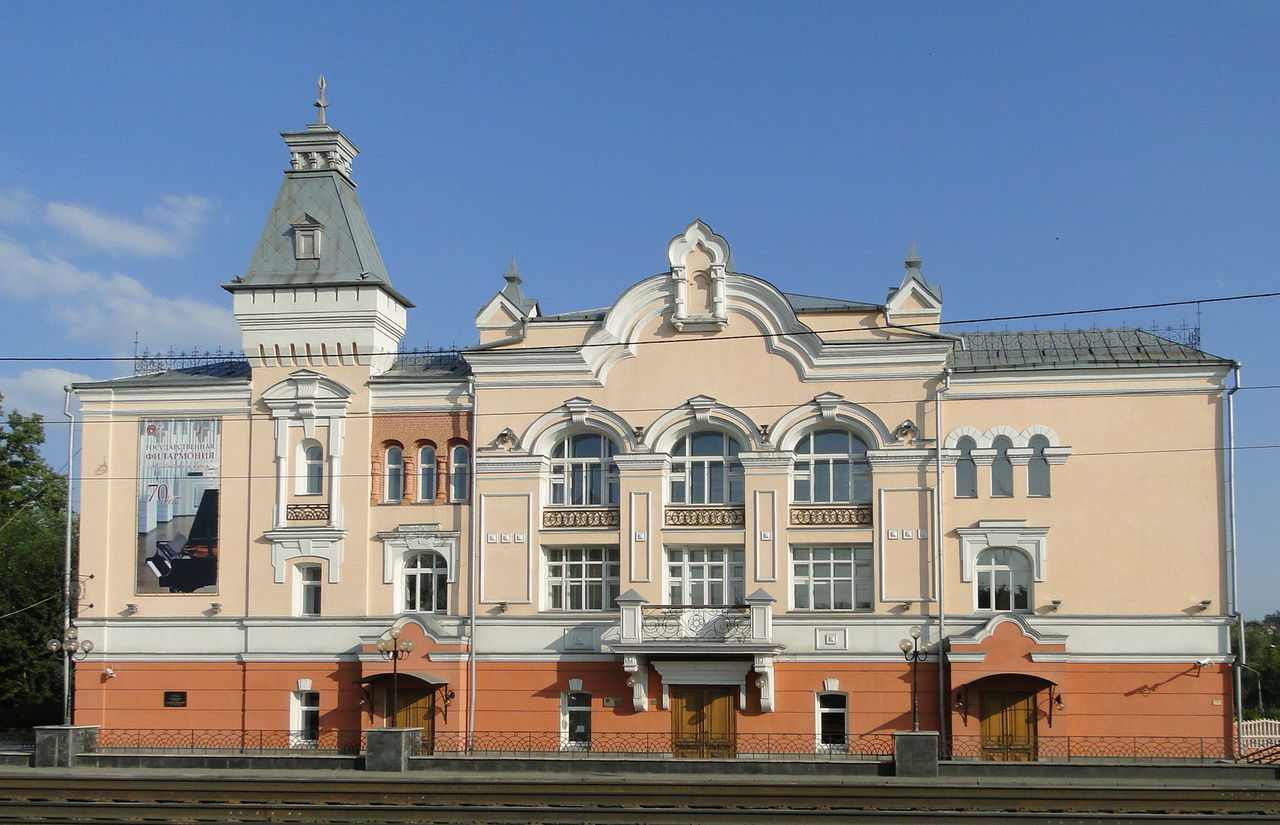

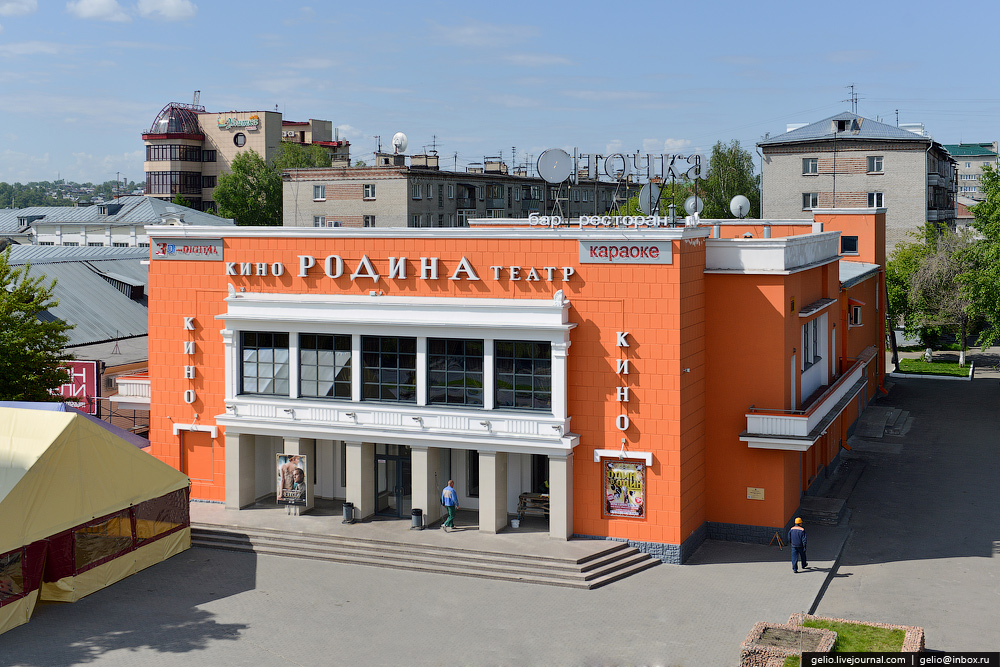
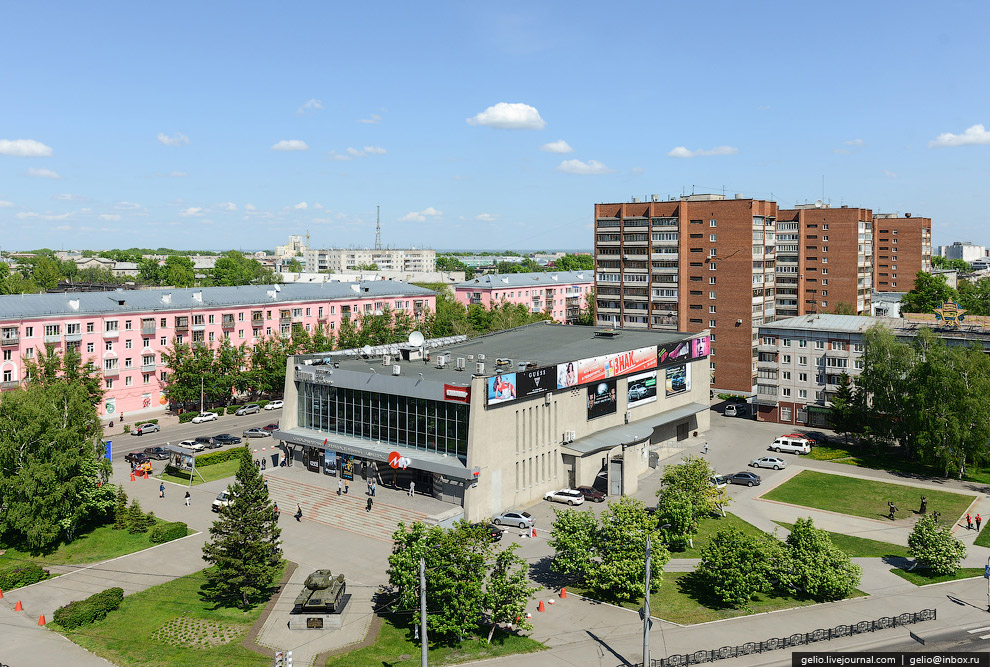
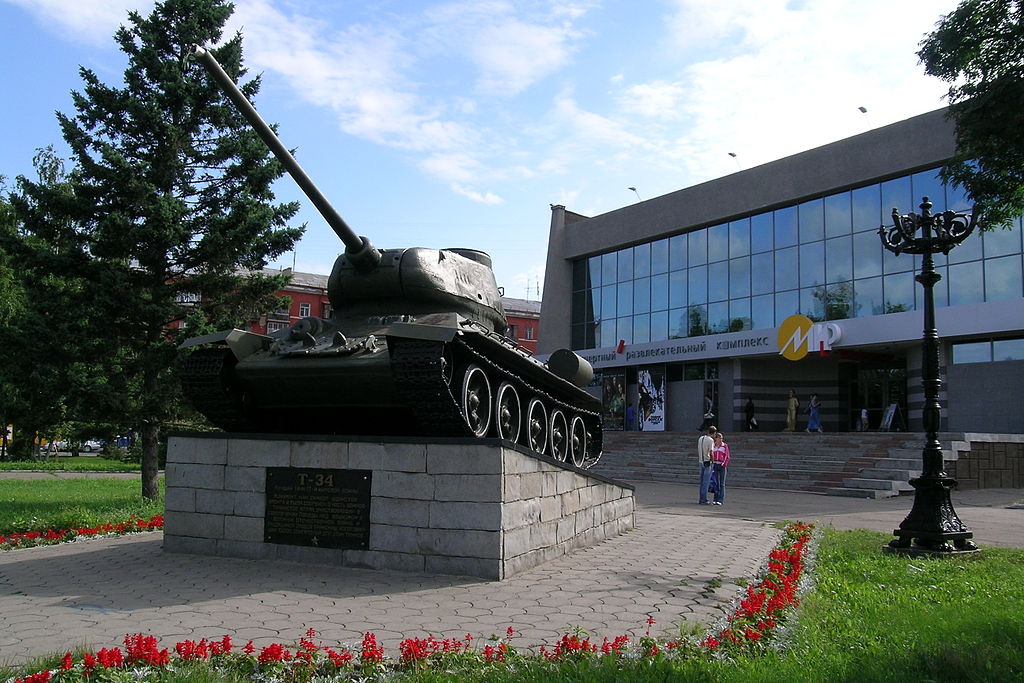

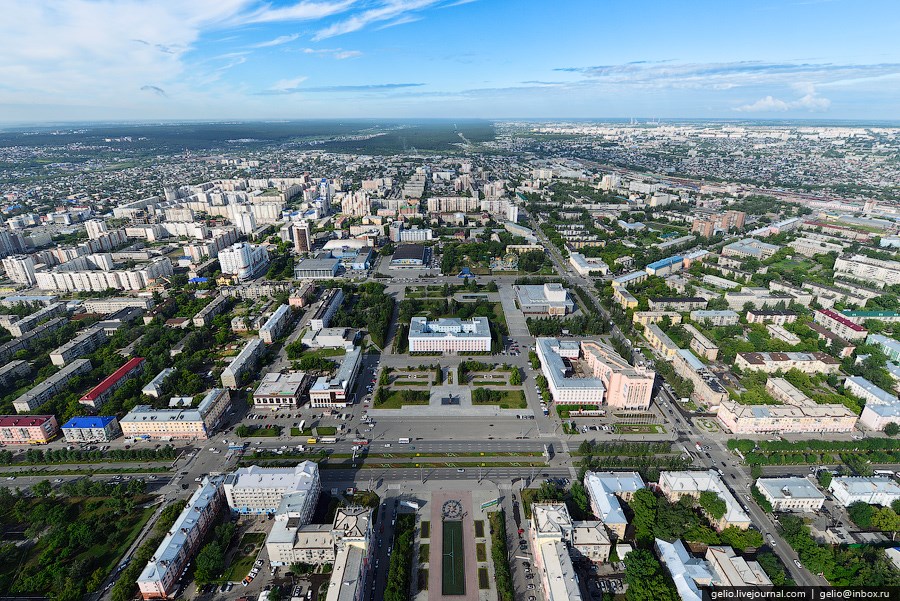
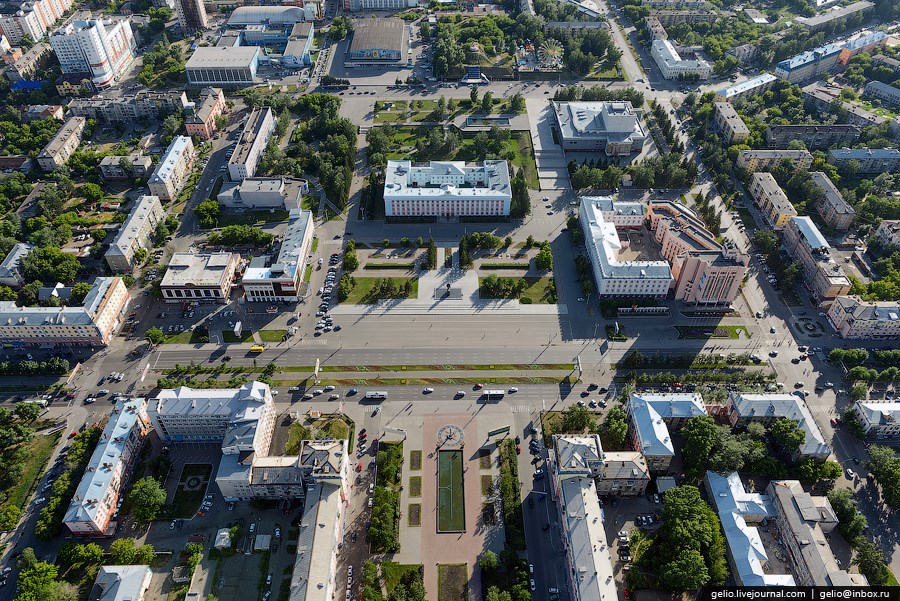
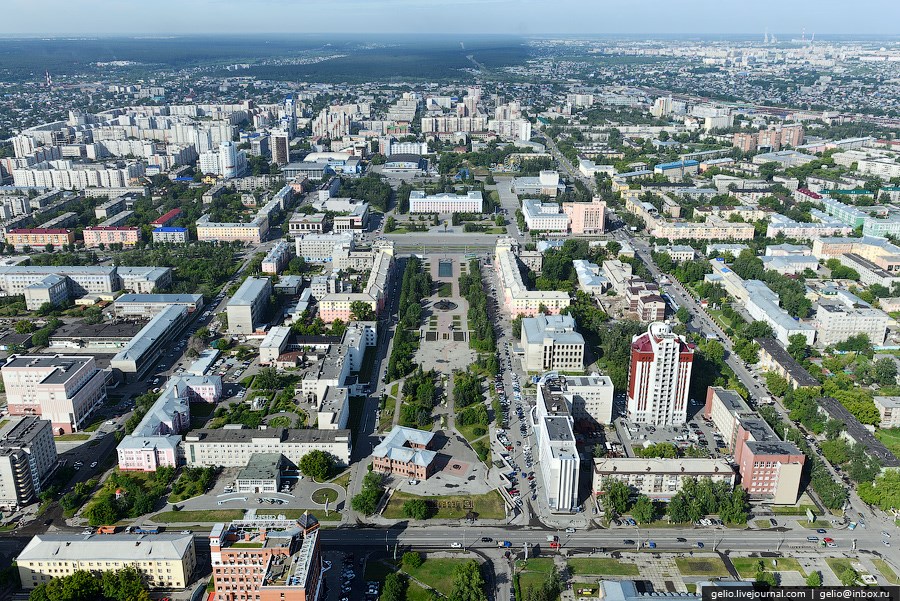
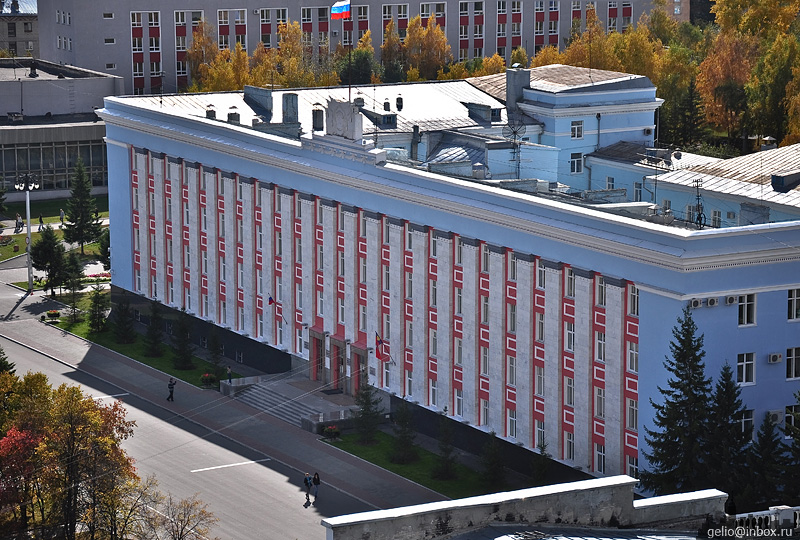
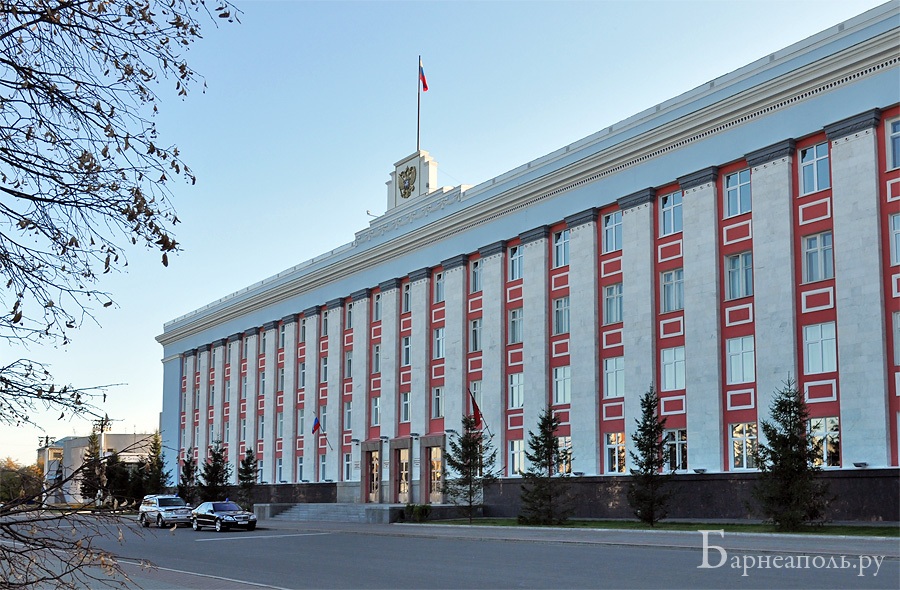
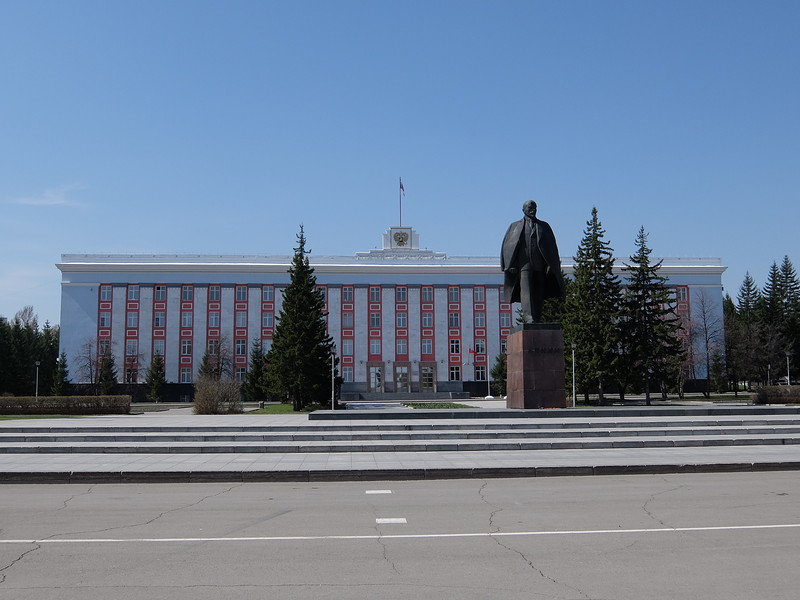
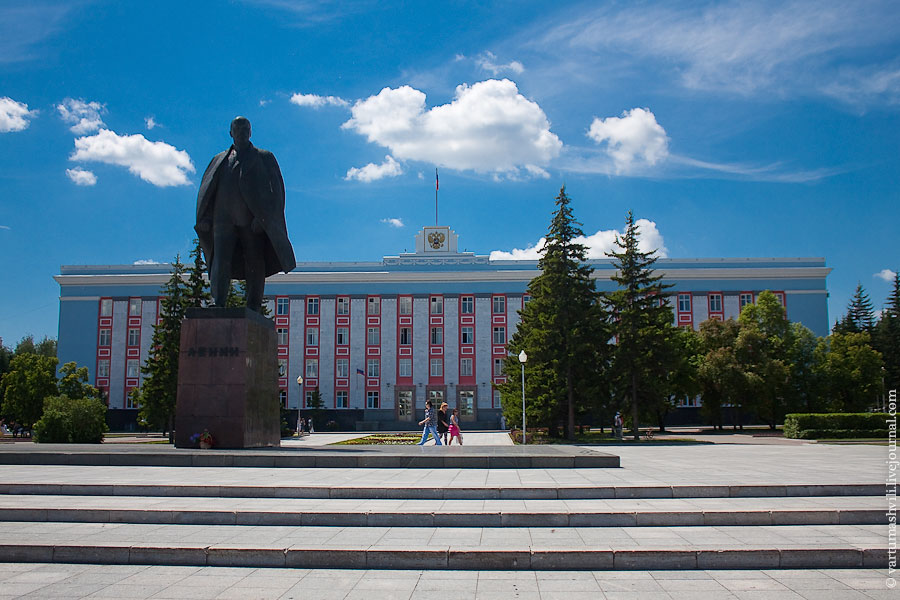
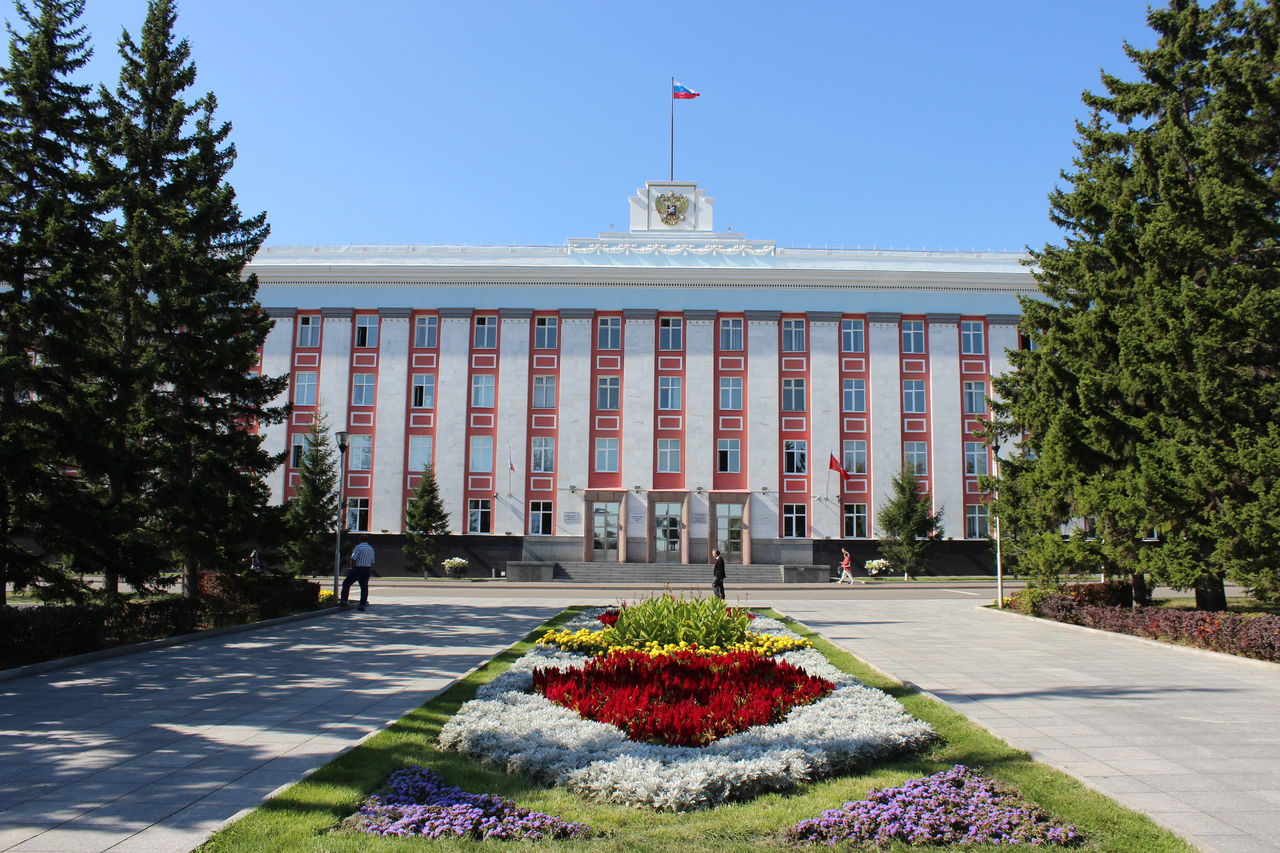
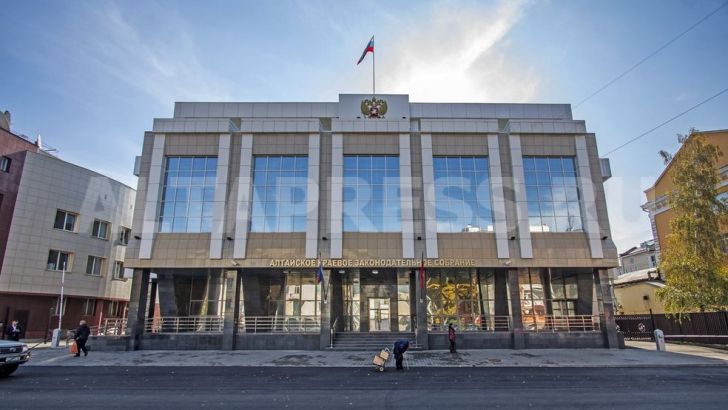
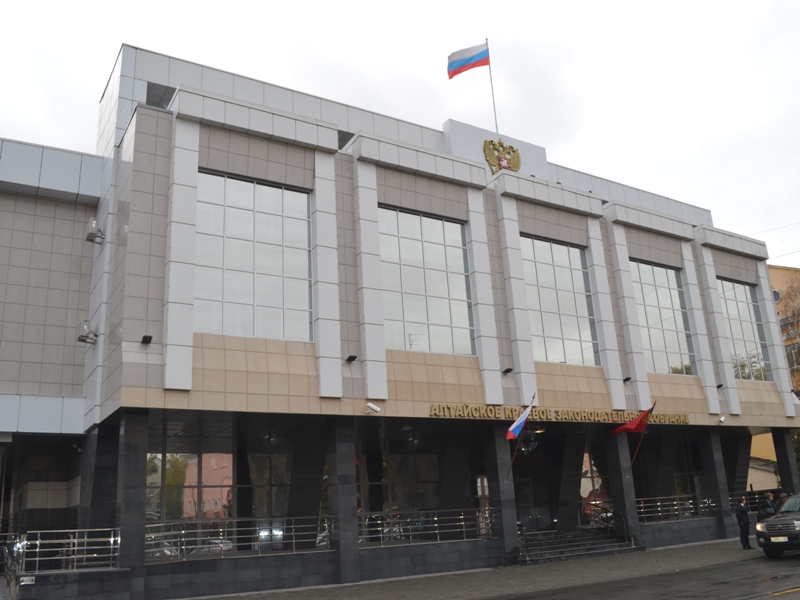
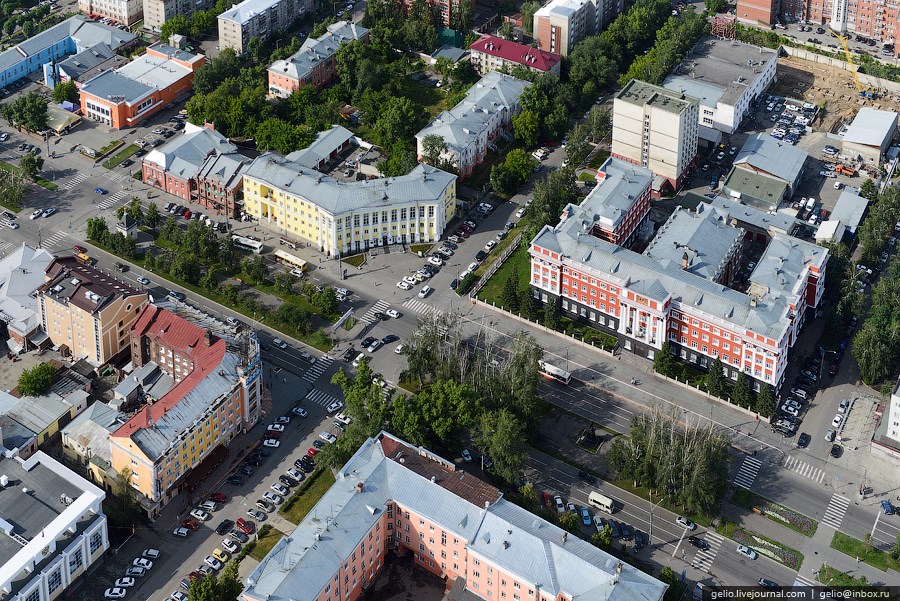
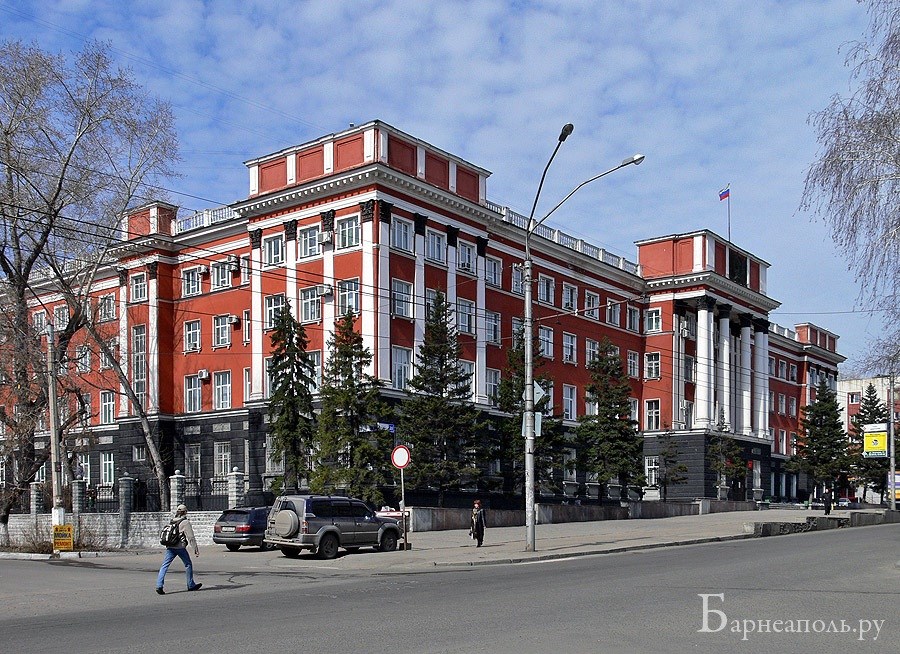

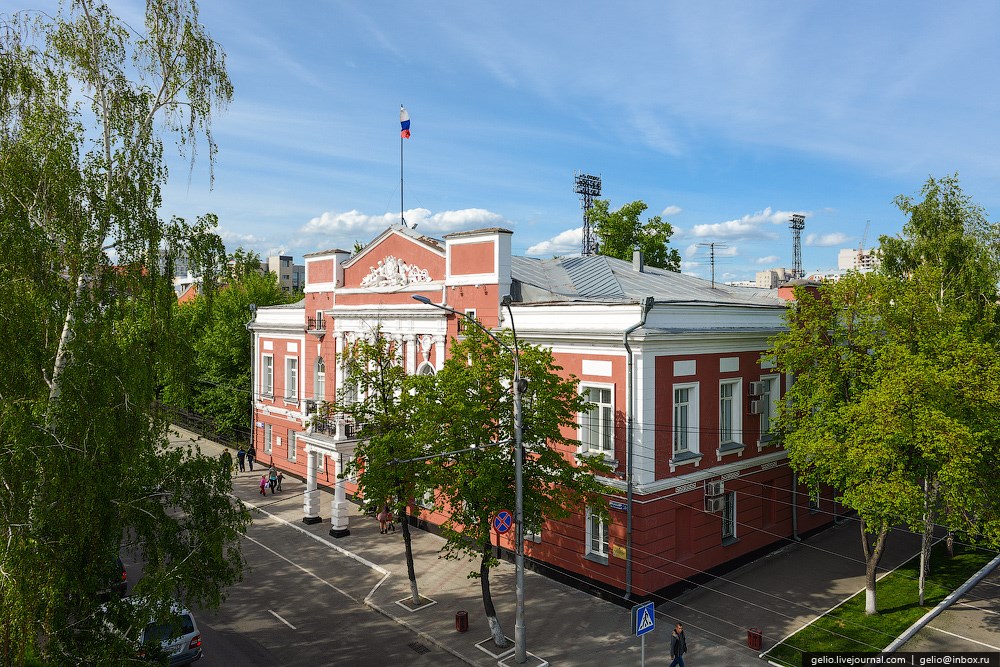


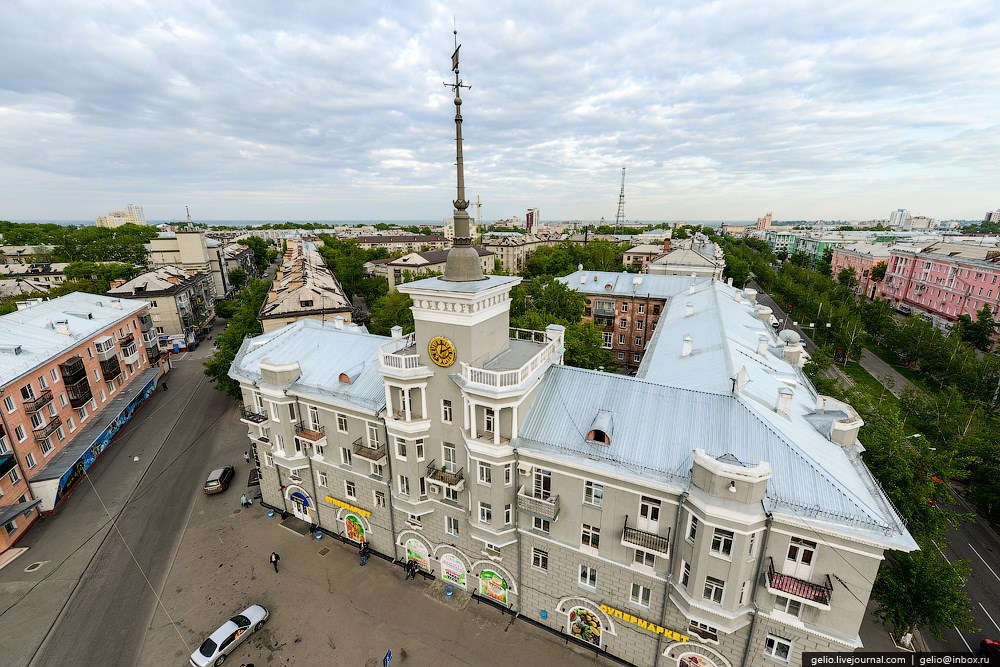
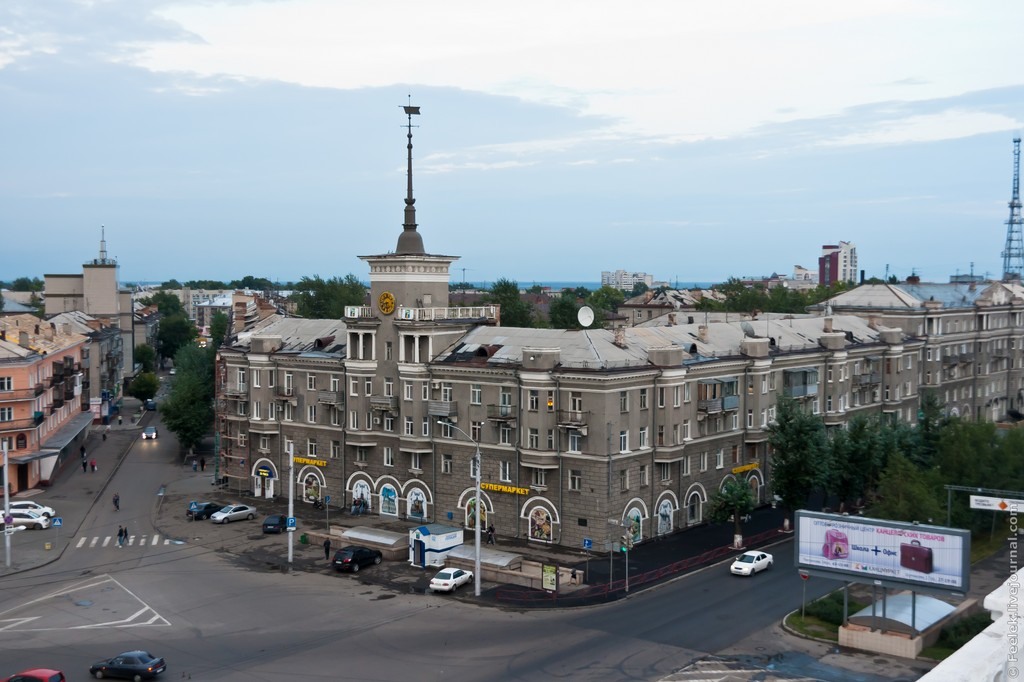
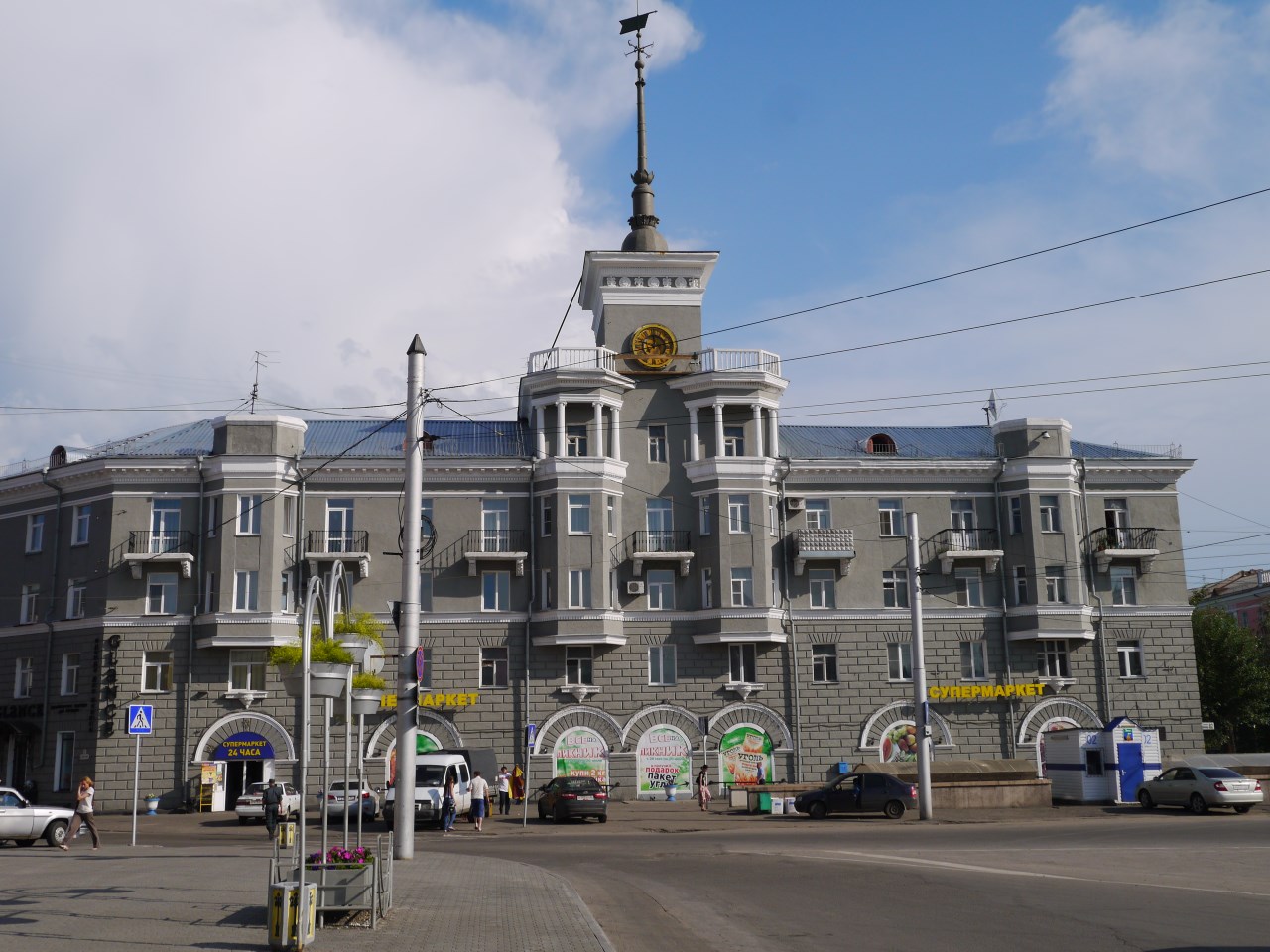
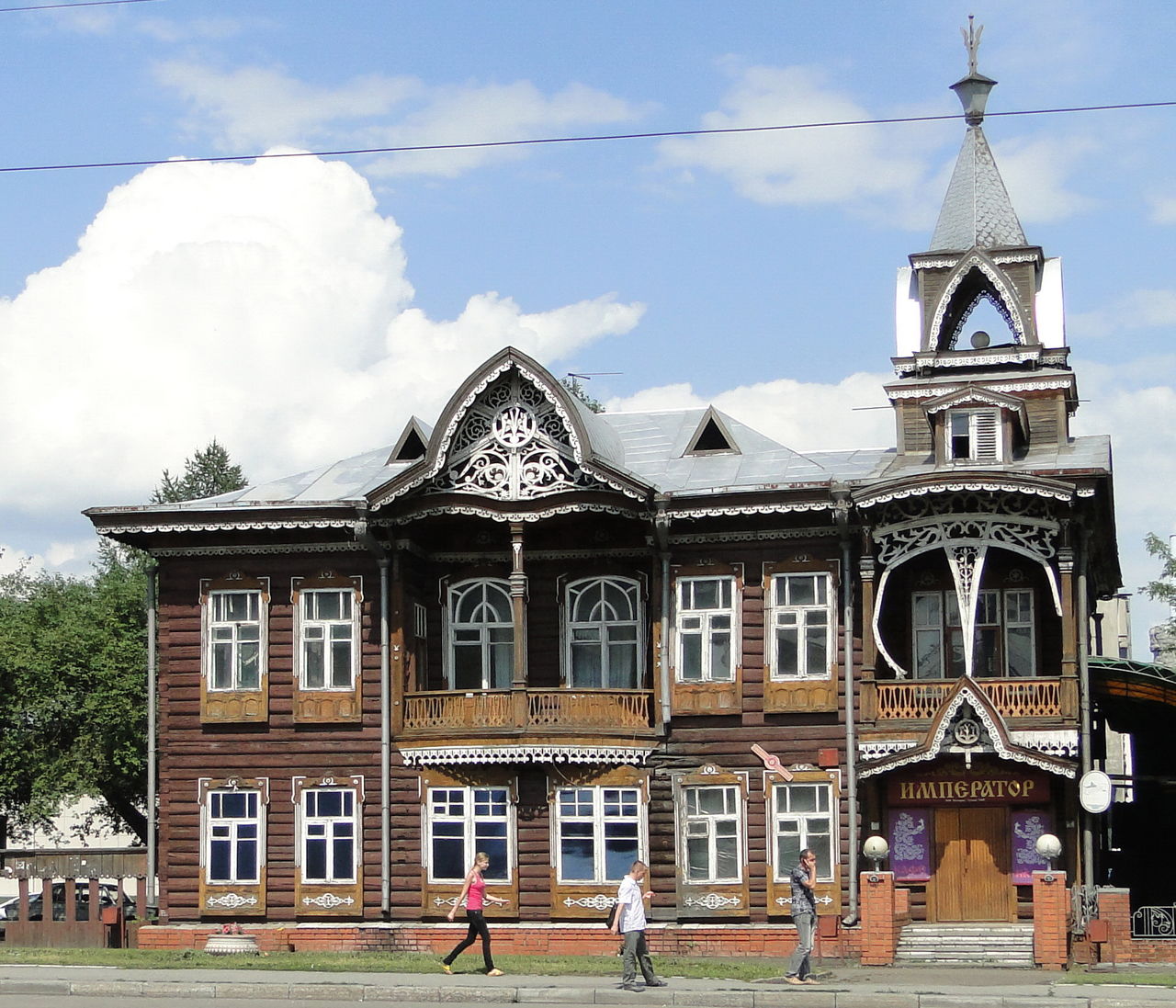
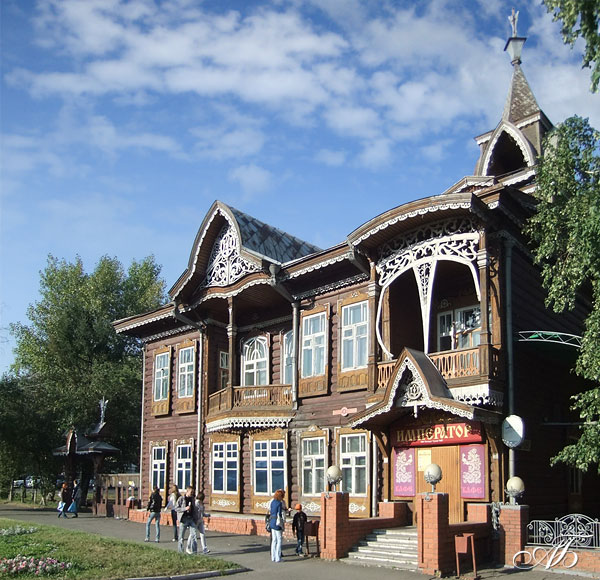
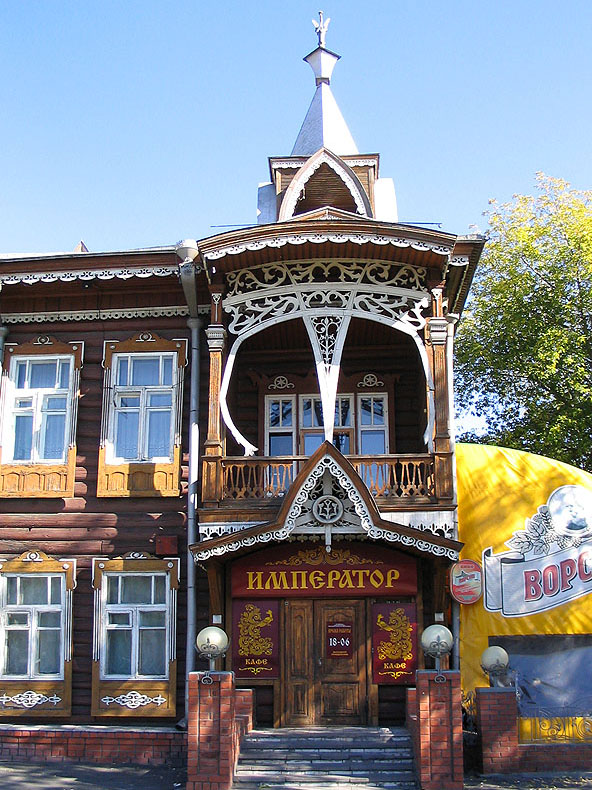
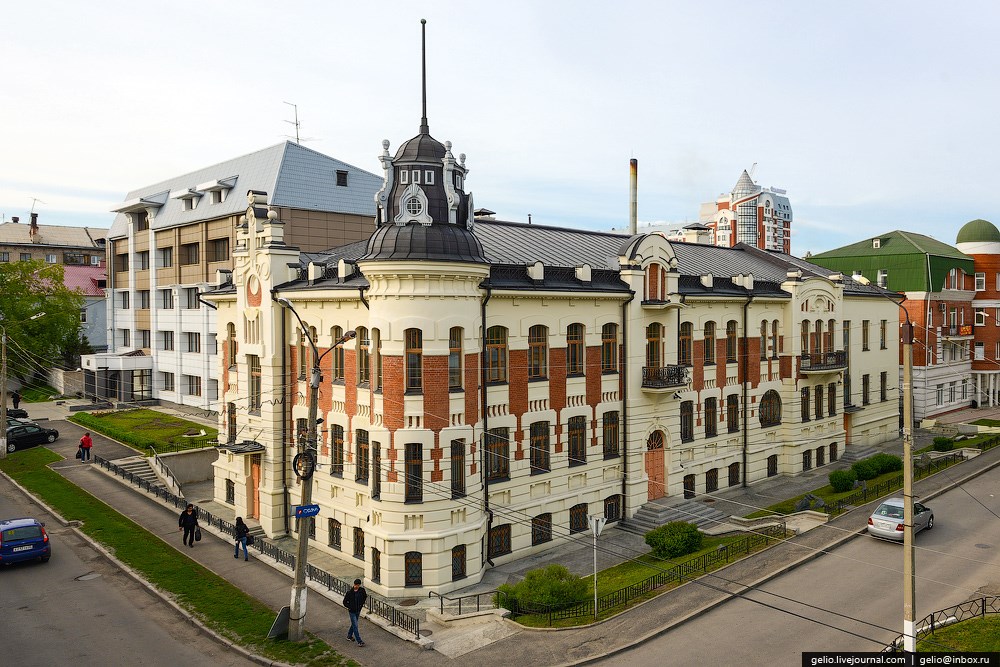
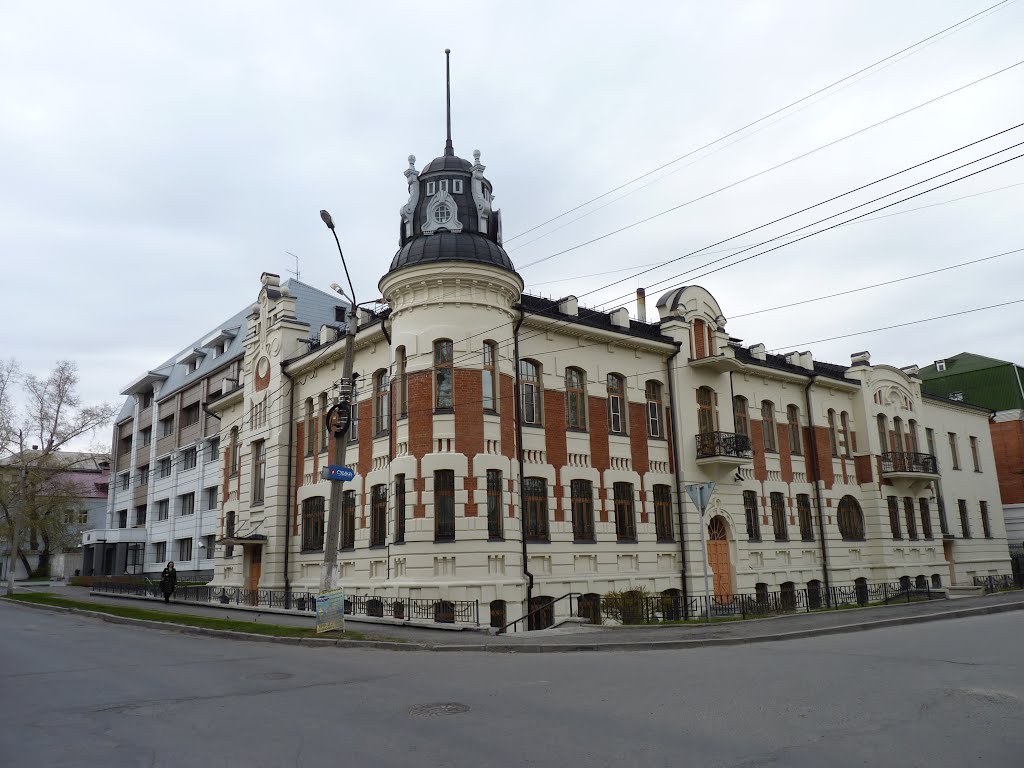
Tomorrow …
The Siberian city on the Ob is rather modest in comparison with megalopolises of the European part of Russia or even with the neighboring Novosibirsk. Nevertheless, the history always granted Barnaul the role of center: the administrative center of Altai Krai, the mining capital of Siberia in the 18th century, merchant capital at the take‑off point on the trading way from Russia to Mongolia and China in the 19th century, the capital of virgin lands in the 20th century. Barnaul has seen the beginning of the third millennium as the center of the largest tourist region with immense prospects of further development.
International festival “Holiday of cheese”
Many events became traditional for Altai and its capital city of Barnaul. One of such is the international festival “Holiday of Cheese”.
It will be quite fair for Altai to name itself “Cheese Power”, for many years it is a continuous leader in cheese manufacturing in the Russian Federation. Results of cheese‑making in Altay are truly significant, even in the international scale. For example, “cheese braid”, manufactured in Salair cheese dairy, is
16.61 m long, and a cheese produced by masters of Altai cheese dairy weighs 721 kg! All these records were established at the first festival of cheese in 2007, in which participated the biggest cheese makers not only from our region, but also from near and far abroad. This unusual bright event raised a wide public interest among visitors and inhabitants of Altai. The festival was attended by more than 20,000 visitors.
“Holiday of cheese” in 2008 contained various thematic sections: “Cheese Country”, “Museum of Cheese”, “Cheese Market”, “All Tastes of the World — in a Cheese Slice!”, “Cheese Miracle”, etc.
Visitors of festival included a delegation from the French province which displayed on their stand the pride of French cheese‑makers, cheese “Comte”offered to be tasted. It was “Holiday of Cheese” in 2007 that became a stimulus to big cooperation between the province Franche‑Comte and the Administration of Altai Krai.
International festival “Holiday of Cheese” it not only a magnificent holiday for a long time remembered by every participant and spectator, but also an efficient tool for event marketing in work with new customers and business partners.
http://www.altairegion22.ru/en/tourism/capital/
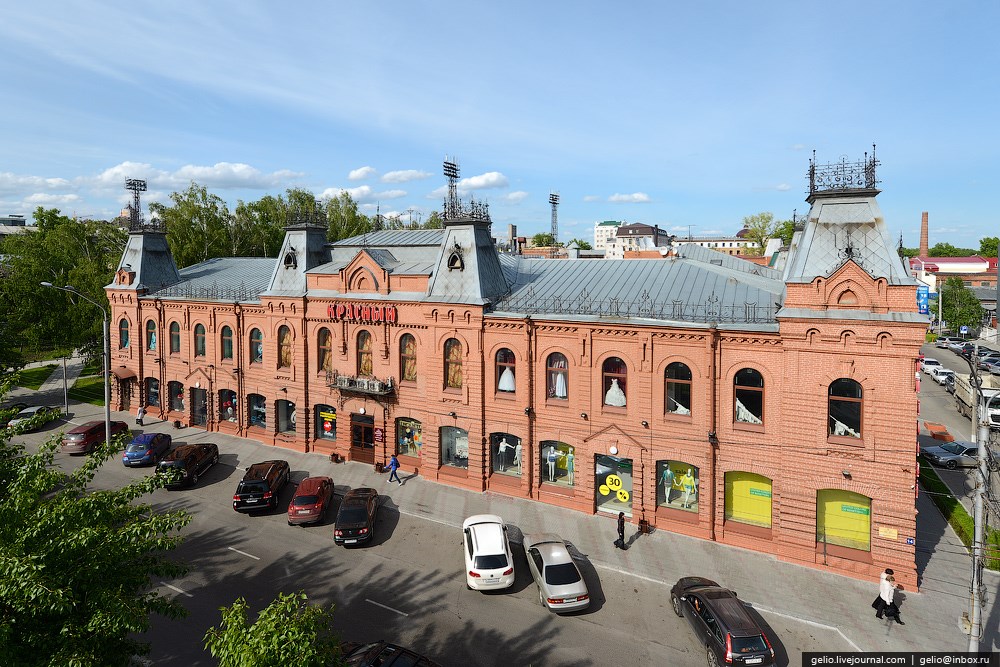
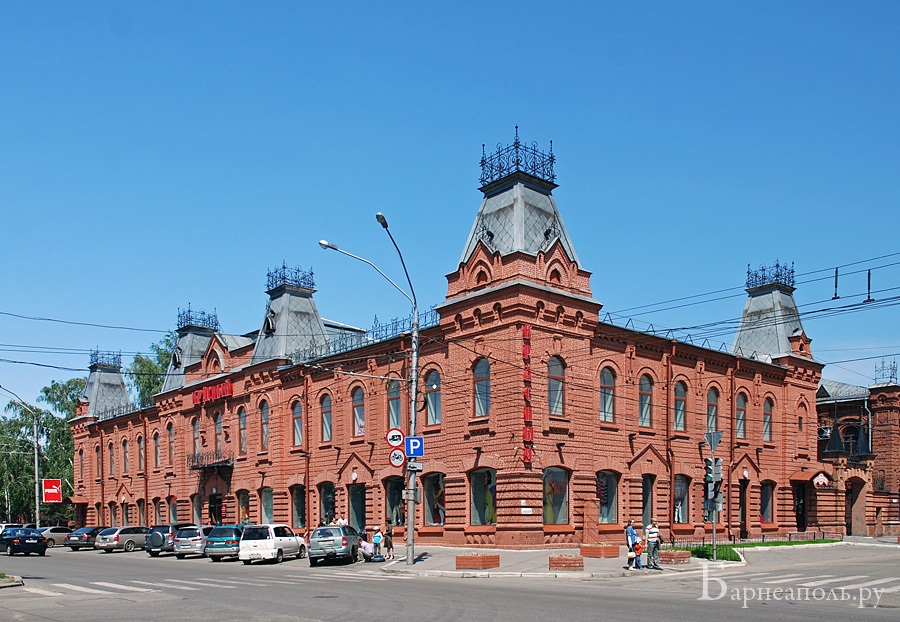
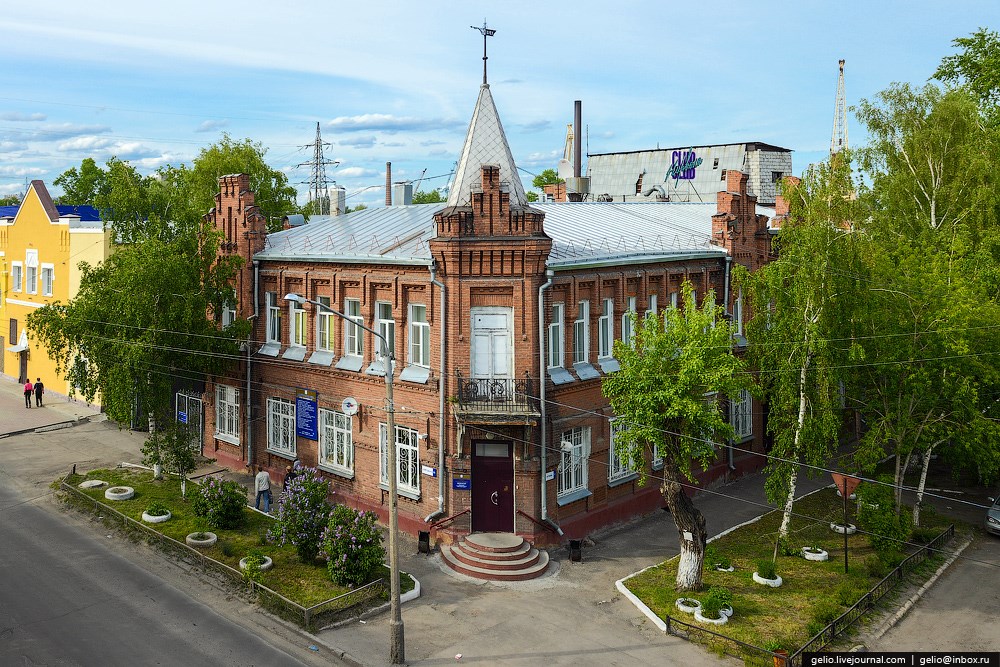


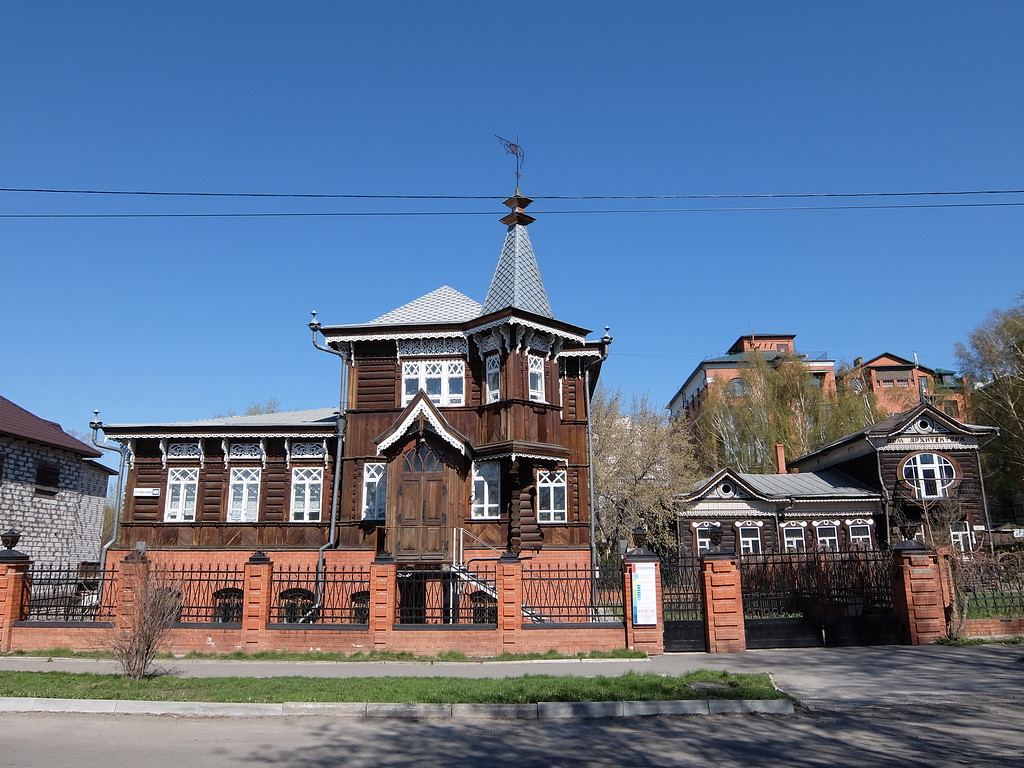
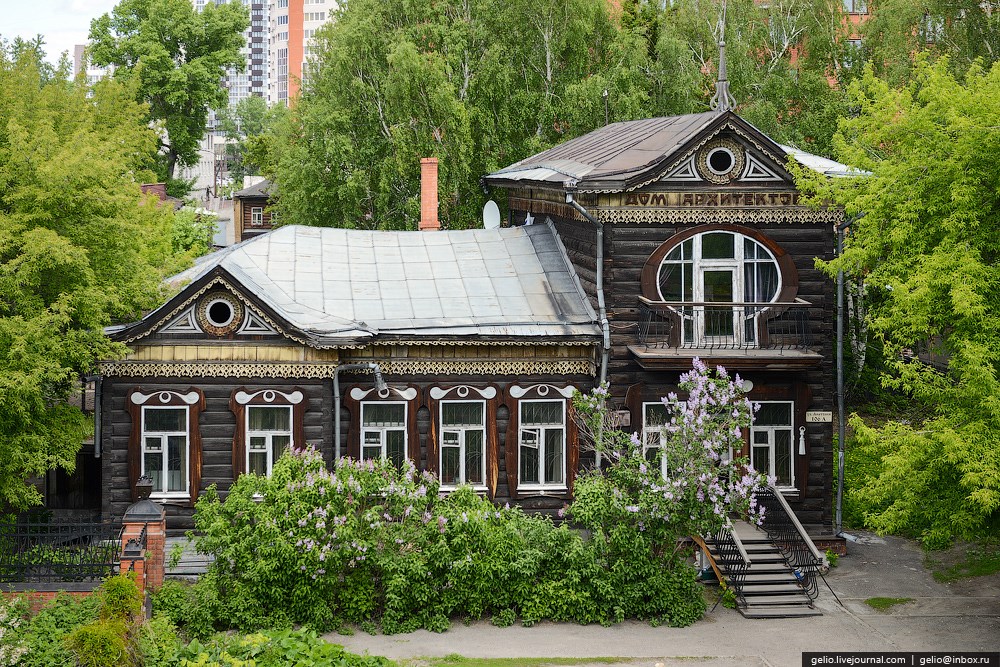

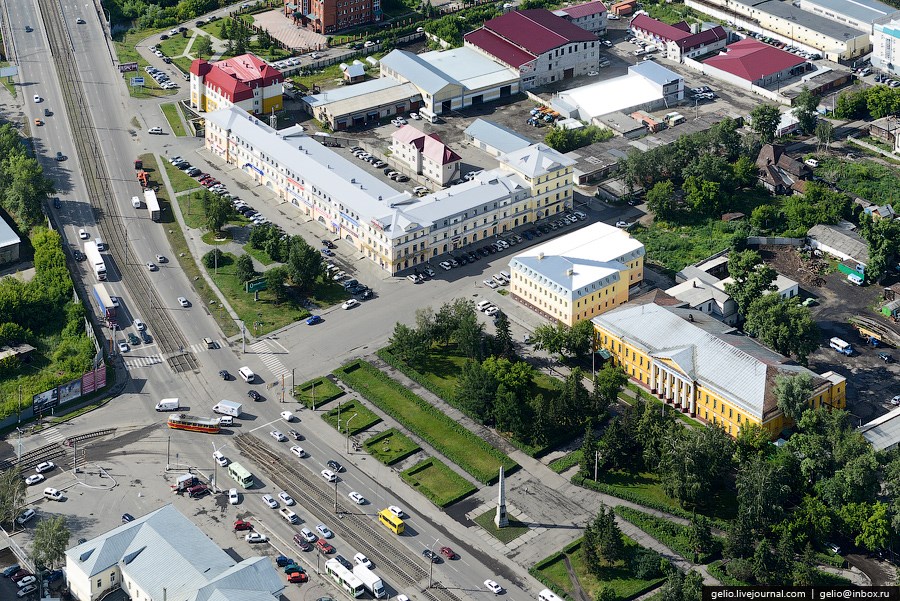
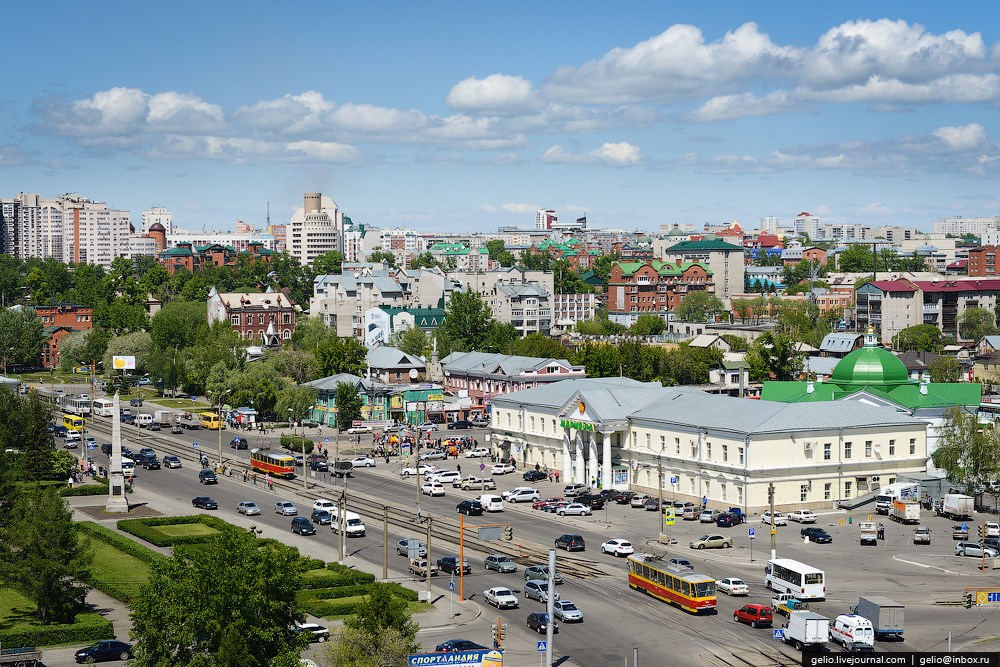
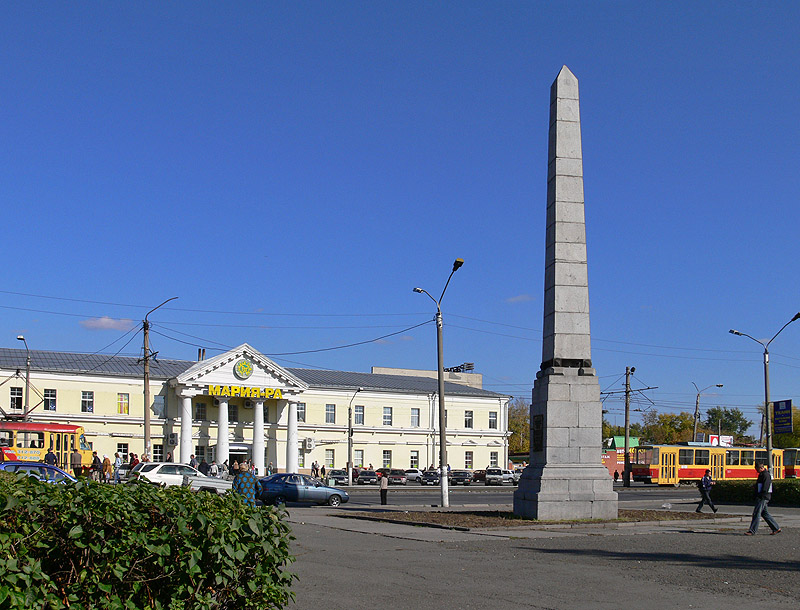
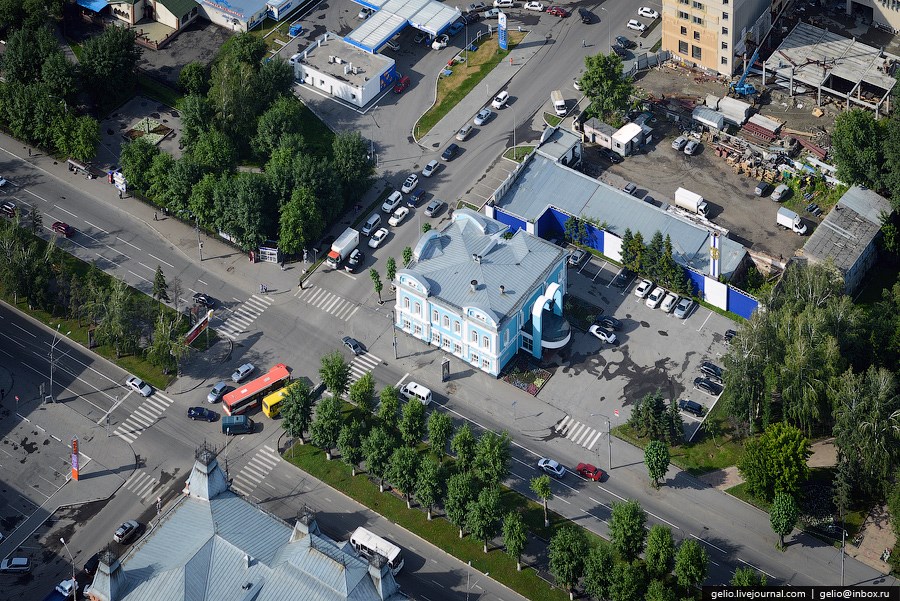
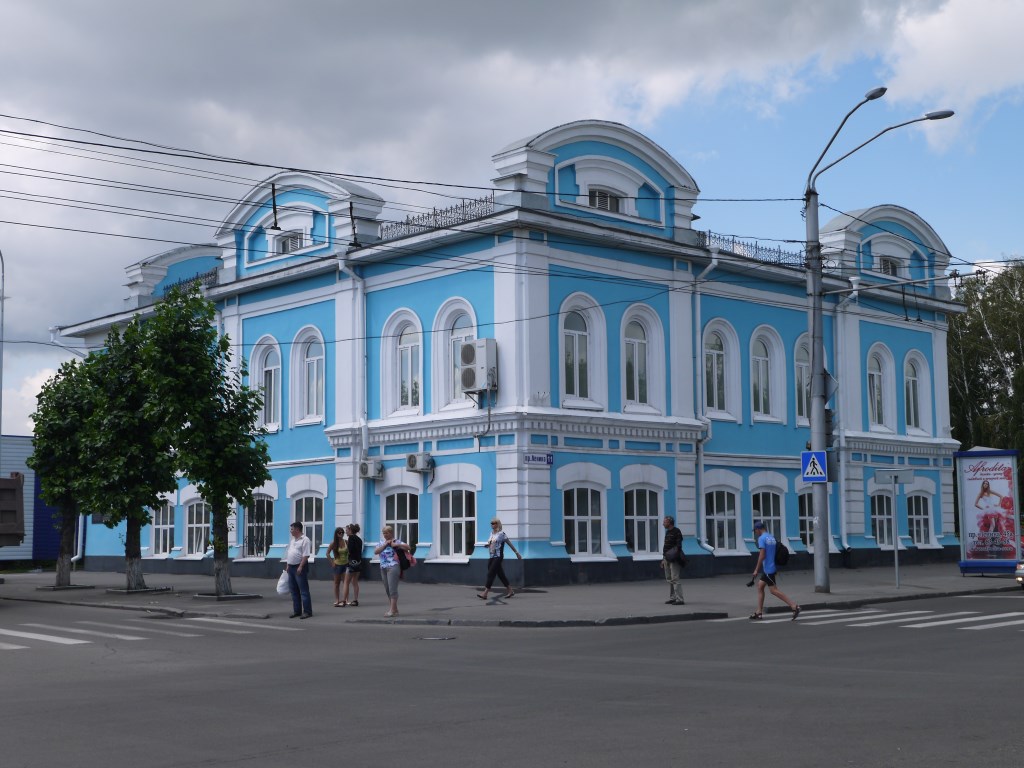
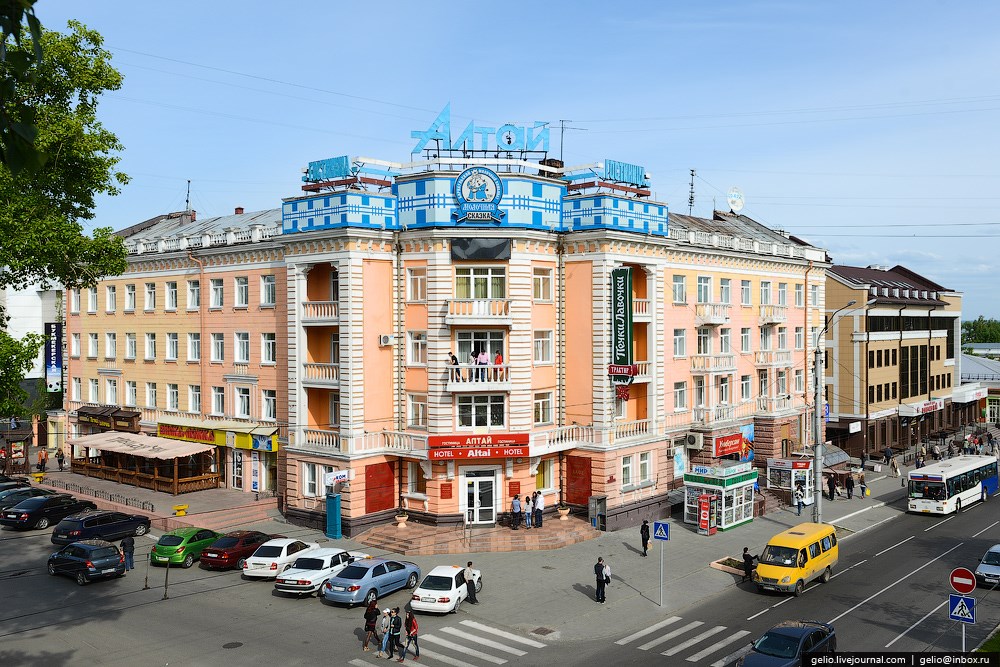
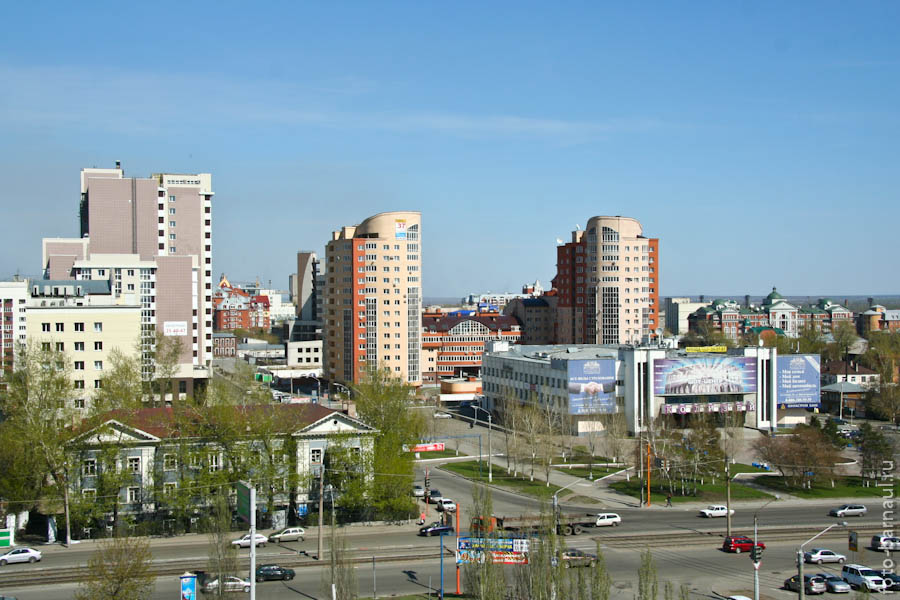
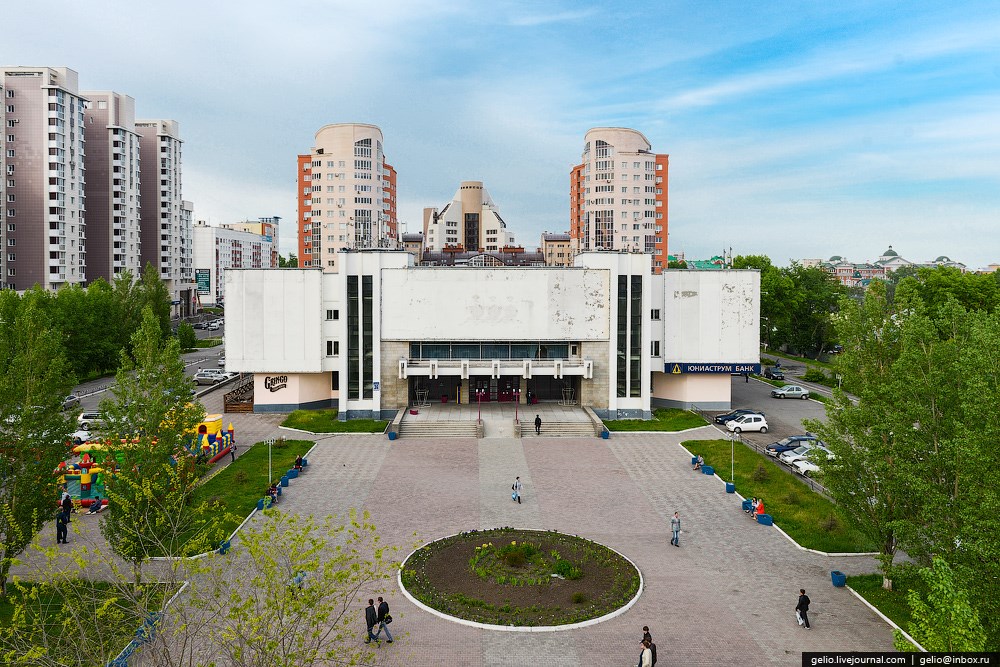
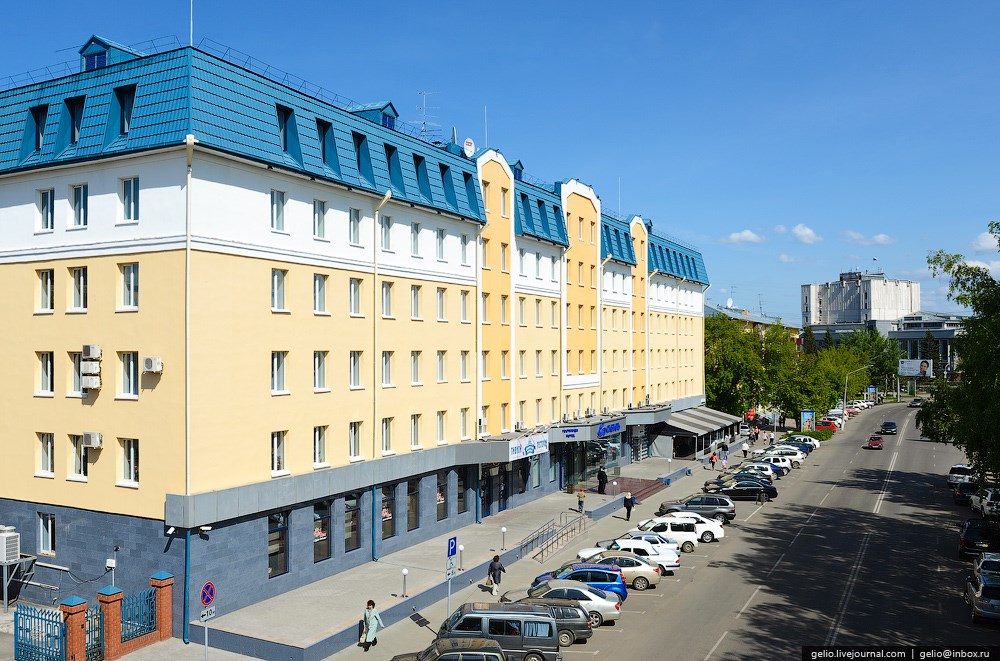
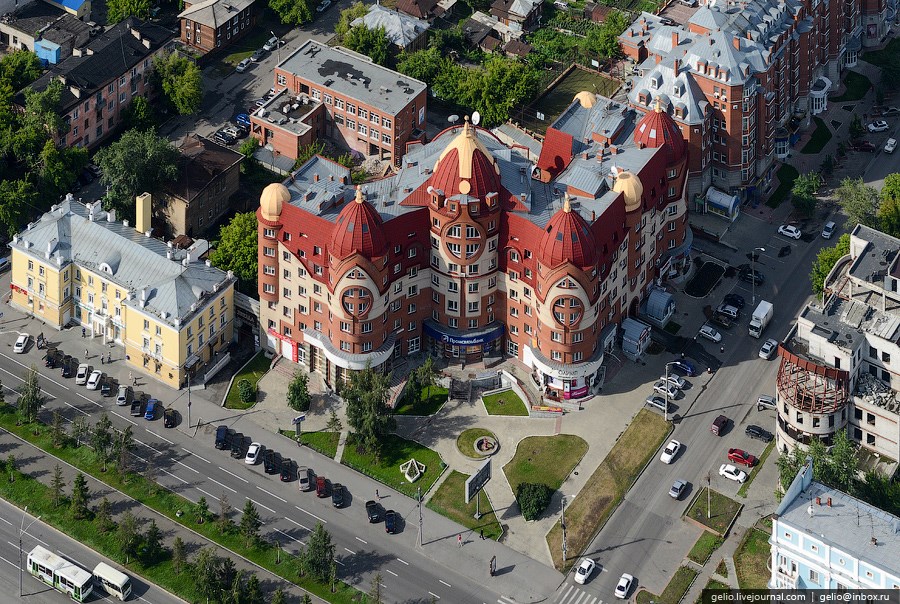
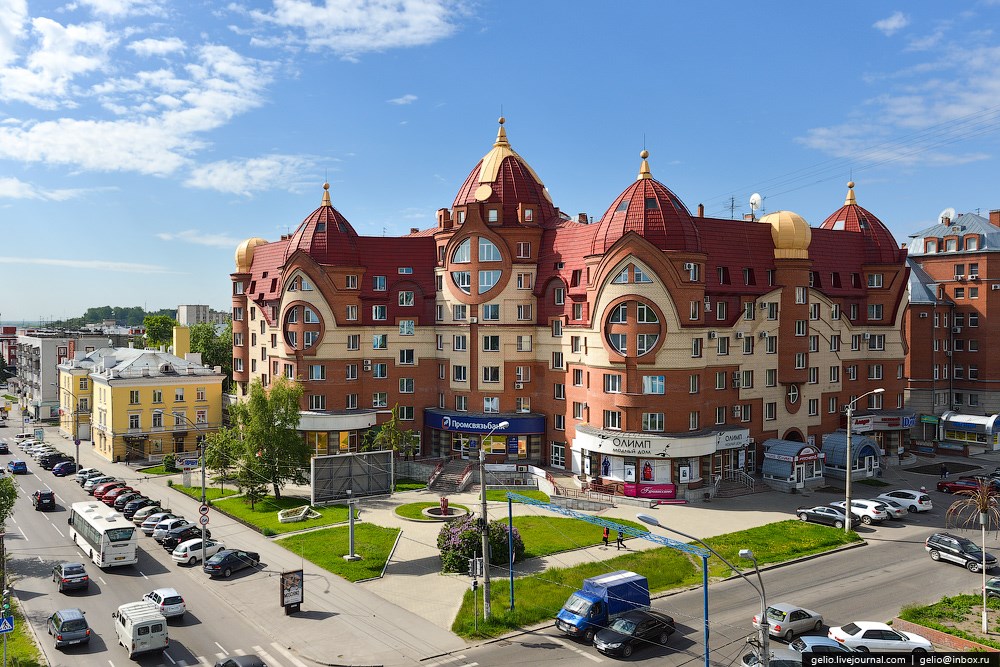
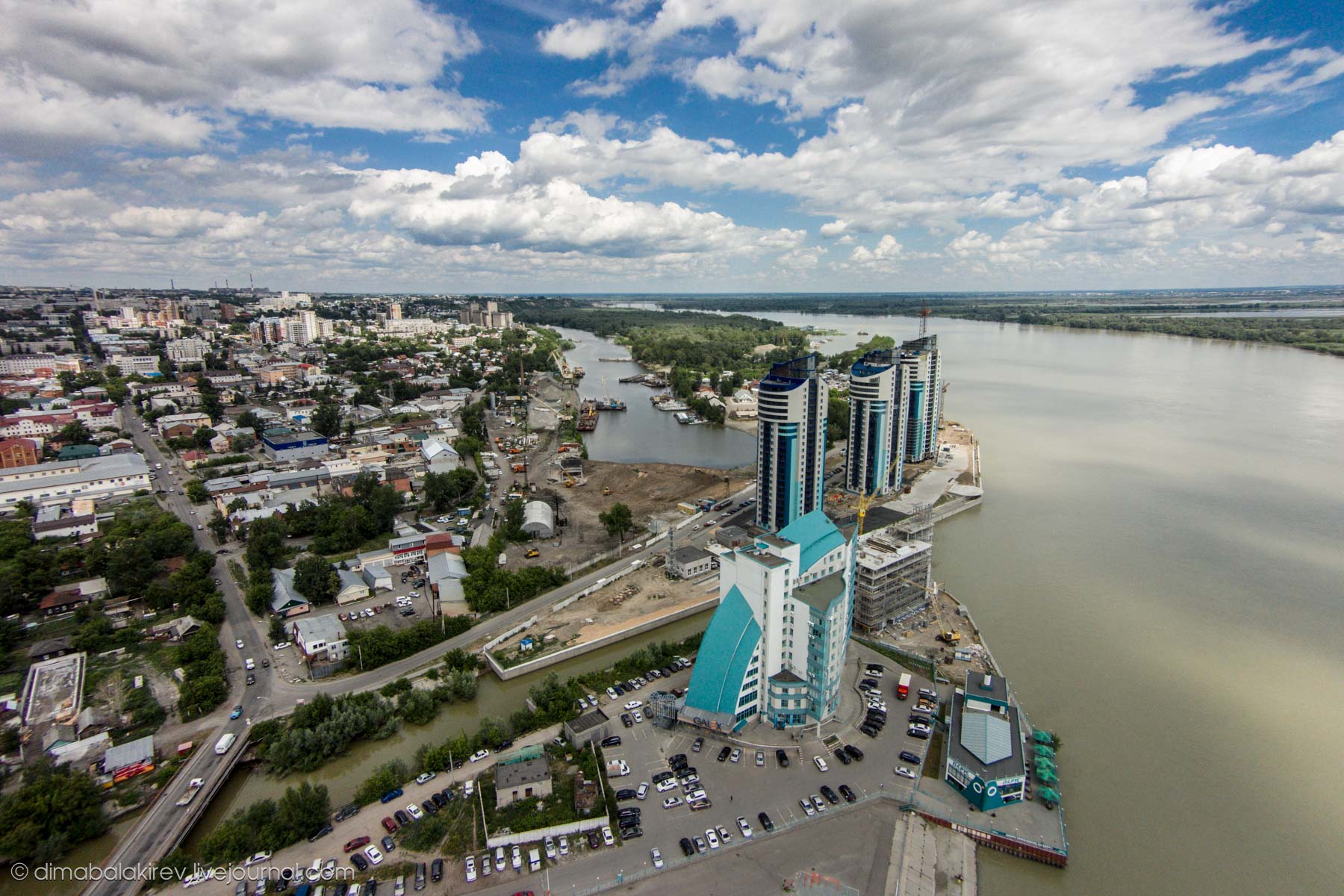
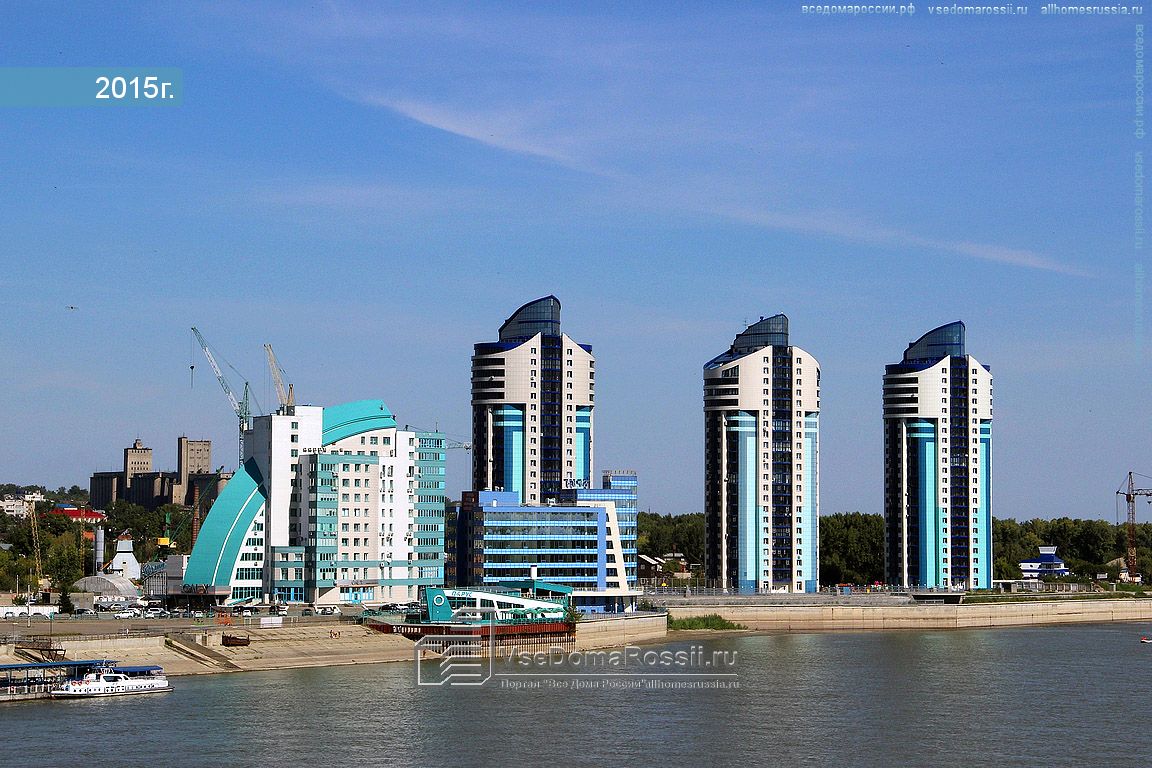
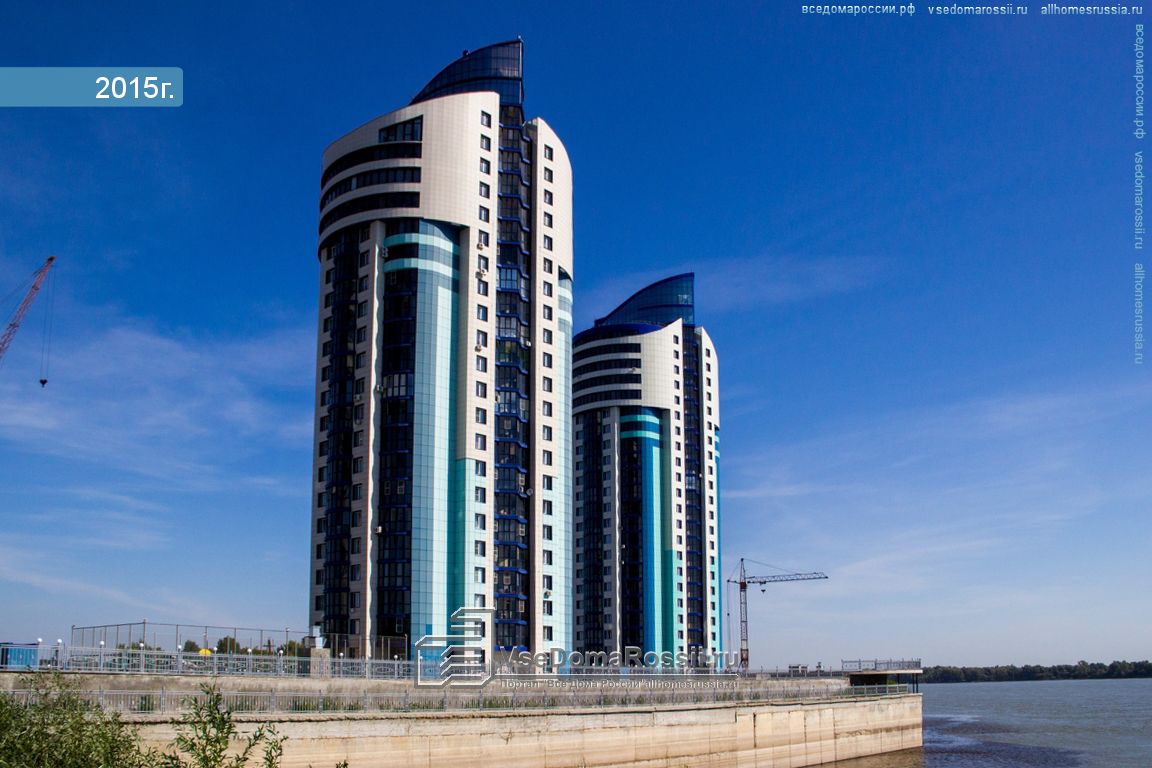
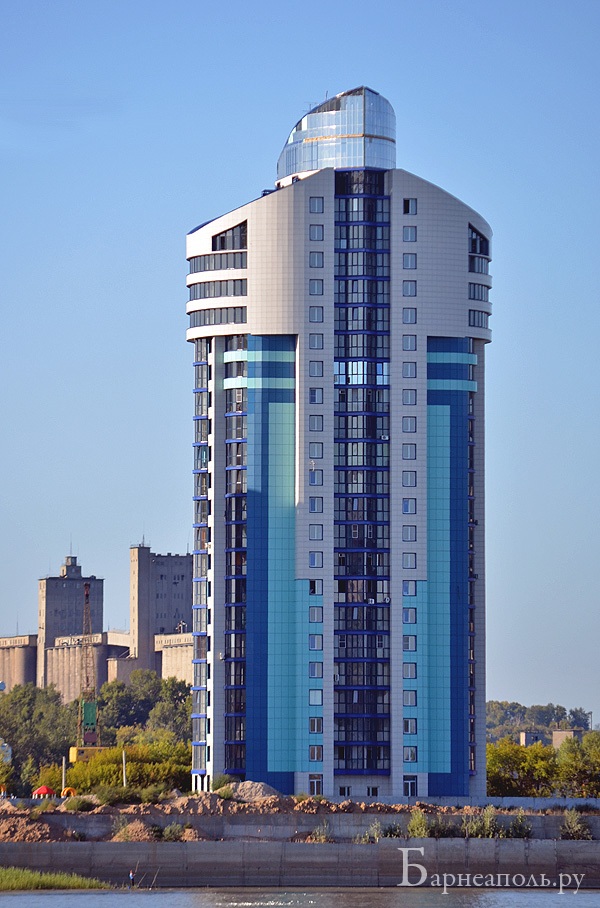
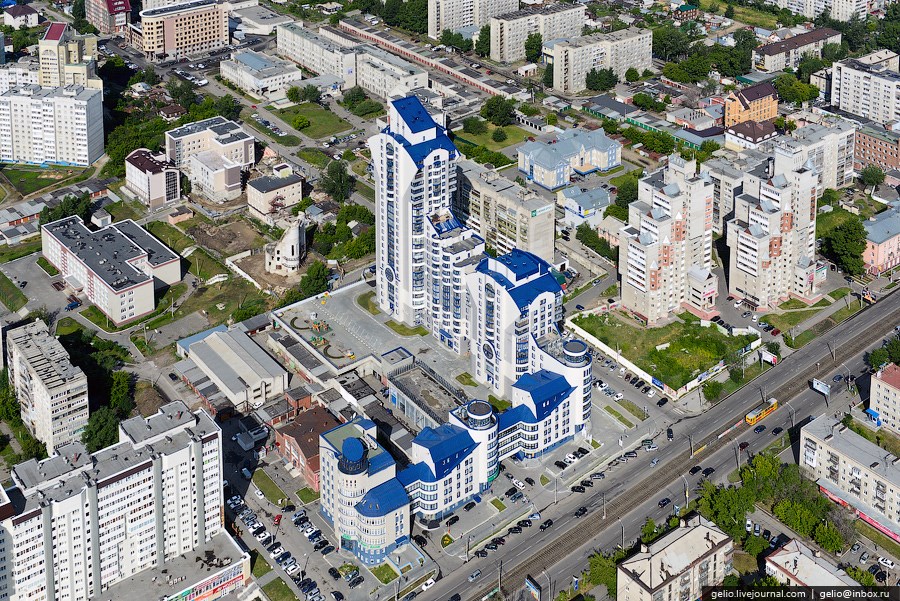
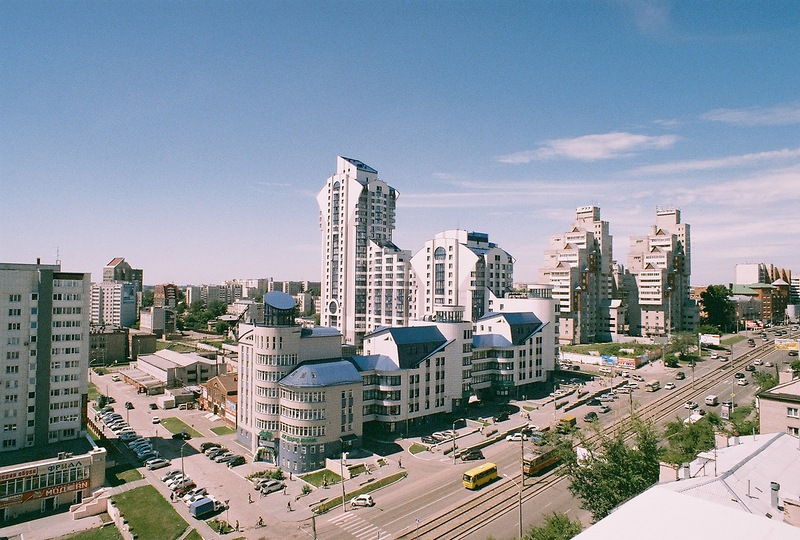
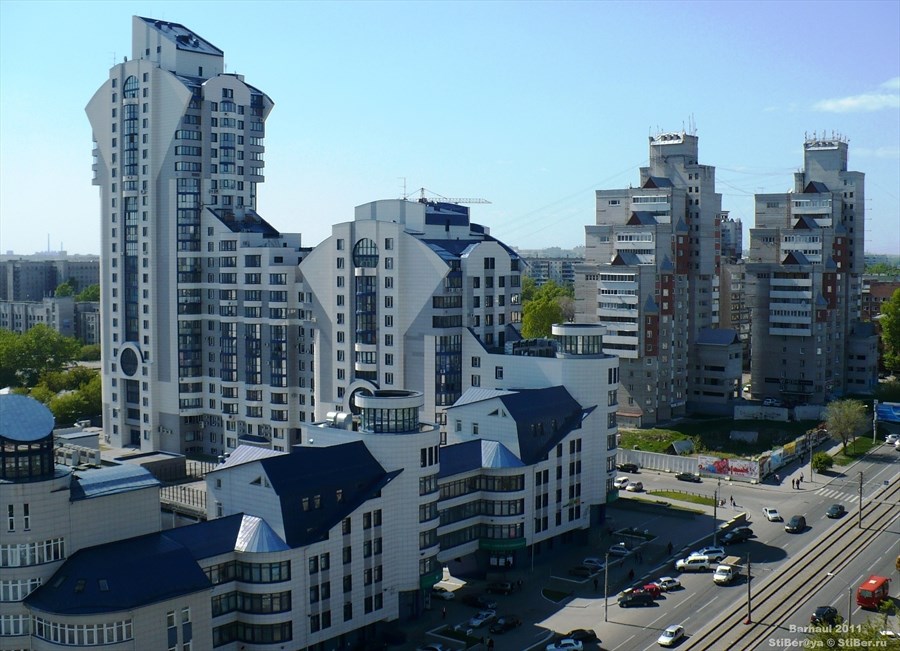
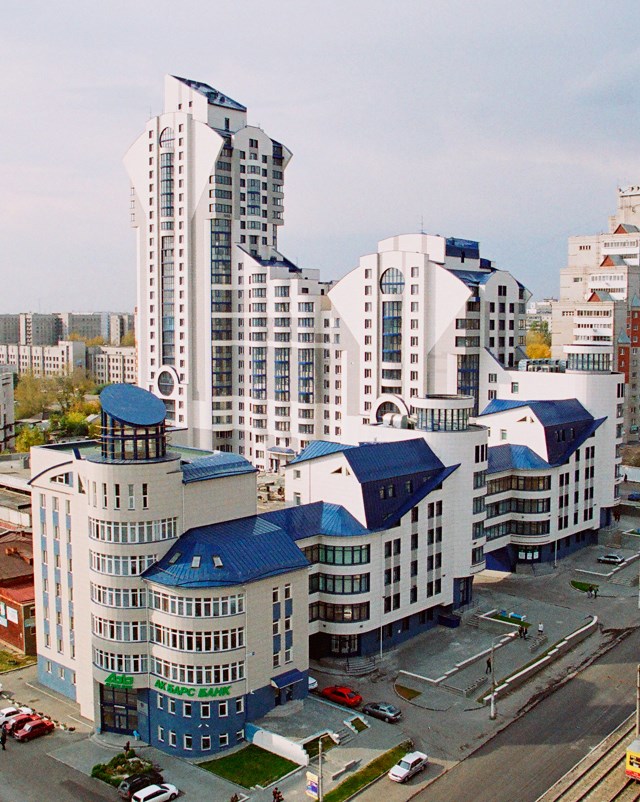
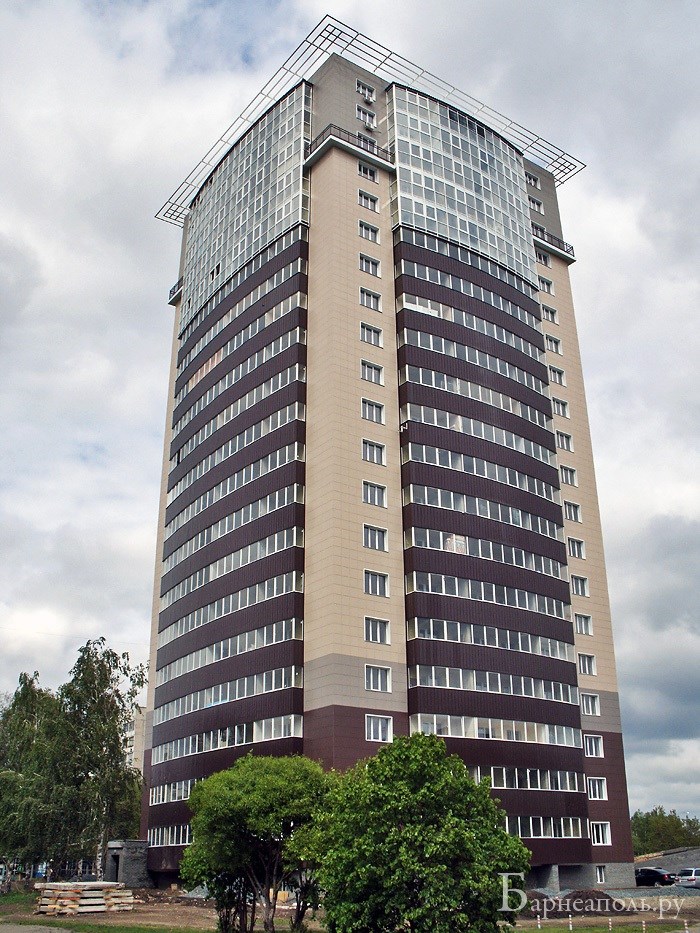
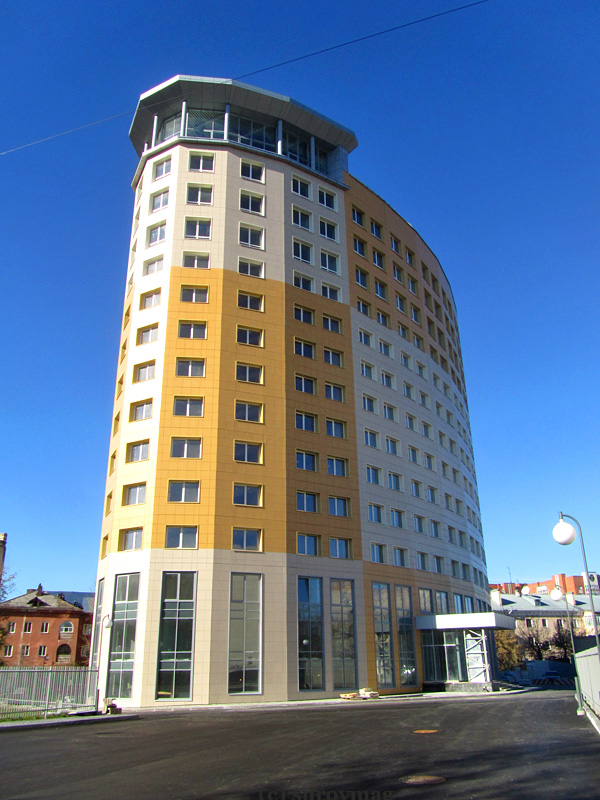
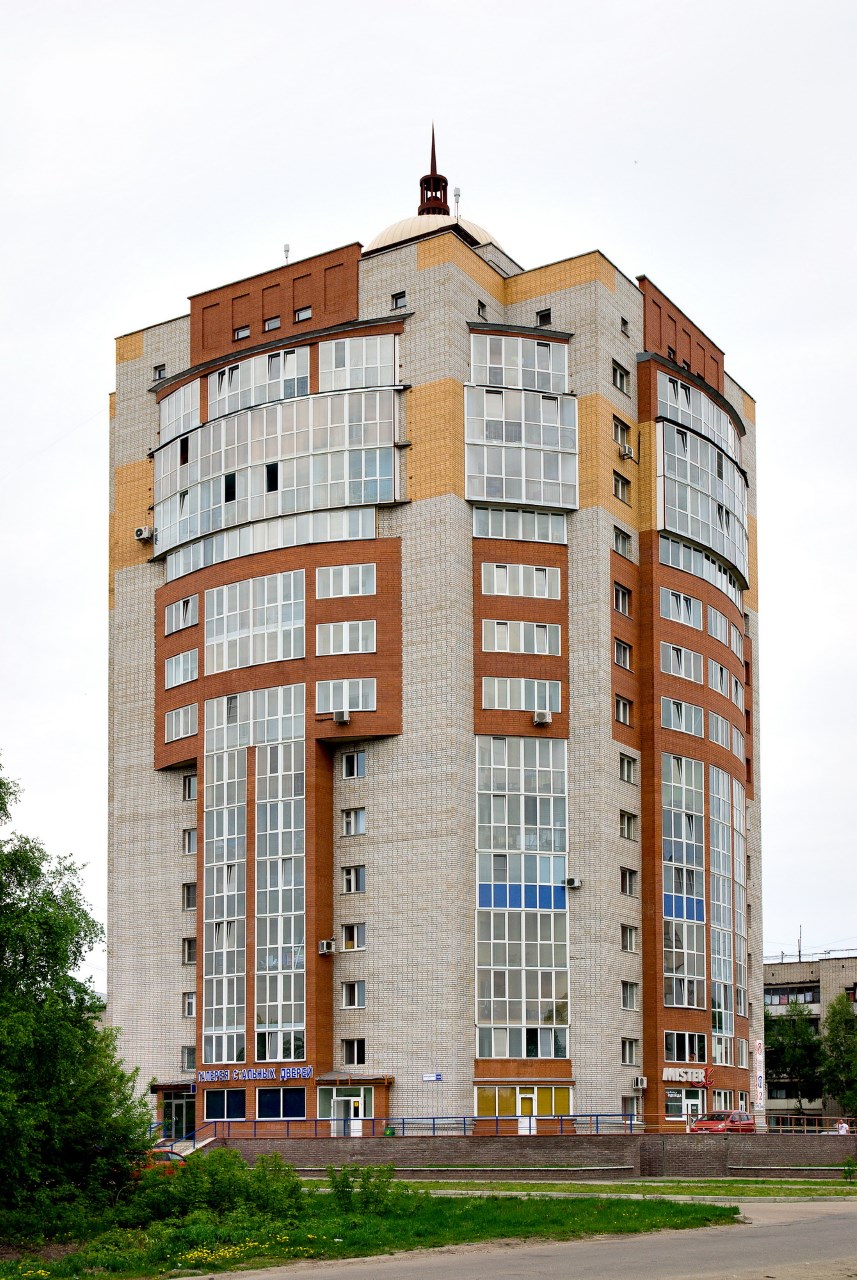
Barnaul city, Russia
The capital city of Altai krai.
Barnaul overview
Barnaul is a city in Russia, the capital of Altai krai, located in the south of Western Siberia, at the place where the Barnaulka River flows into the Ob. It is a major industrial, cultural and educational center of Siberia.
The population of Barnaul is about 635,500 (2015), the area - 322 sq. km.
The phone code - 7 3852, the postal codes - 656000-656099.
Local time in Barnaul city is September 3, 1:03 am ( 7 UTC).
Barnaul history
According to archaeological research, the first settlements on the territory of present Barnaul existed in the Stone Age. 63 archaeological monuments are preserved till nowadays.
These are the sites of ancient settlements and burial mounds located mostly on the left bank of the Ob - in Nagorny part of Barnaul, in settlements Mohnatushka, Kazyonnaya Zaimka, Gonba and Nauchny Gorodok. During the Horde epoch, before the Russians migrated to Siberia, there was an ancient town-fortress Abaksha.
The official foundation date of Barnaul is 1730, when Akinfiy Demidov, the owner of mines, brought 200 peasants to Altai to build metallurgical works. But the documents found prove only 1739, when Demidov began the construction of copper- and silver-melting works which promoted the settlement growing around them.
Barnaul features
Originally Barnaul was constructed after Saint-Petersburg model which greatly determined the outlook of the central part of the city.
It is located in the forest-steppe part of West-Siberian lowland, in the north-eastern part of Priobsky plateau. The distance to Moscow is 3419 km. The nearest large city is Novosibirsk (239 km).
Frosty, moderate severe winters with little snow and warm summers are typical for the local climate. The coldest month is January (the average temperature is -17,5 degrees Celsius), the warmest - July ( 19,8 degrees C).
Barnaul - a large transportation hub
The city stands on the branch of the federal highway M52 “Chuysky trakt” (Novosibirsk - Mongolia), the highway A349 (Barnaul - Rubtsovsk - Kazakhstan) starts here.
Barnaul is connected by bus with all 60 districts of Altai krai, as well as with neighboring regions: the Republic of Altai, Novosibirsk, Kemerovo, Tomsk regions. Regular buses run to Kazakhstan (Pavlodar, Semipalatinsk, Ust-Kamenogorsk and Almaty).
Two branches of West-Siberian railway cross the city: South-Siberian and Tukestan-Siberian railways. Barnaul international airport is located 17 km to the west of the city. There is a river port on the Ob River.
Barnaul places of interest
There are over 20 monuments of architecture and history of the 18th and the first half of the 19th centuries built in the style of classicism: a unique silver-melting plant, Demidov Square - an example of administrative squares, Petropavlovskaya line. One of the remaining churches is Pokrovsky Cathedral.
In 1930s, the buildings were mostly of constructionism style. The buildings of 1930s-1950s on Lenin Avenue - the main street of the city - are also rather interesting. Lenin Avenue is one of the most favorite places among locals, its boulevard part stretches from Leo Tolstoy Street till October Square.
In Nagorny Park, there are restored graves of famous people and historical personalities of Altai region and Barnaul.
7-meters high white letters “BARNAUL” are installed there, they can easily be seen by people coming to the city by Noviy (New) bridge. Many people say that these letters resemble the sign “HOLLYWOOD” on Hollywood hills.
In 2010, Barnaul zoo was opened (Enthusiasts Street, 10a), which had begun its existence as a small zoo in the city park “Lesnaya Skazka” (“Forest Fairy Tale”).

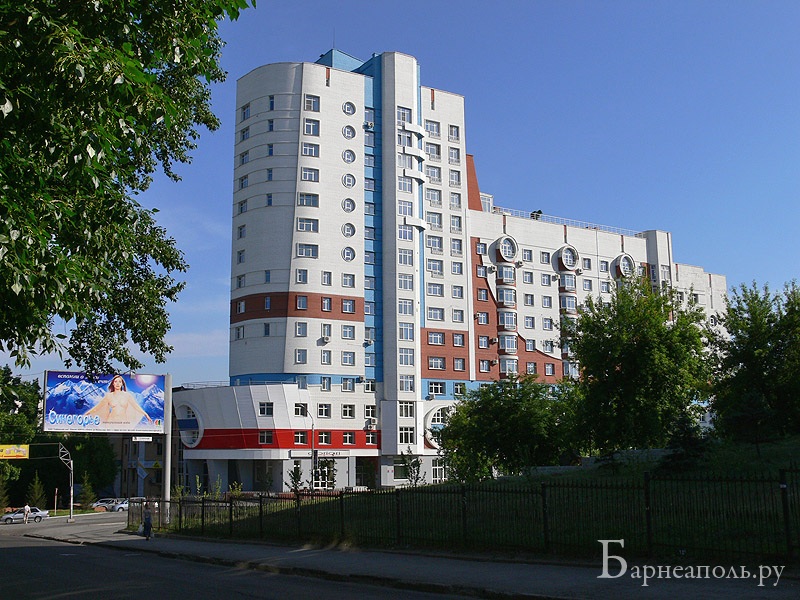

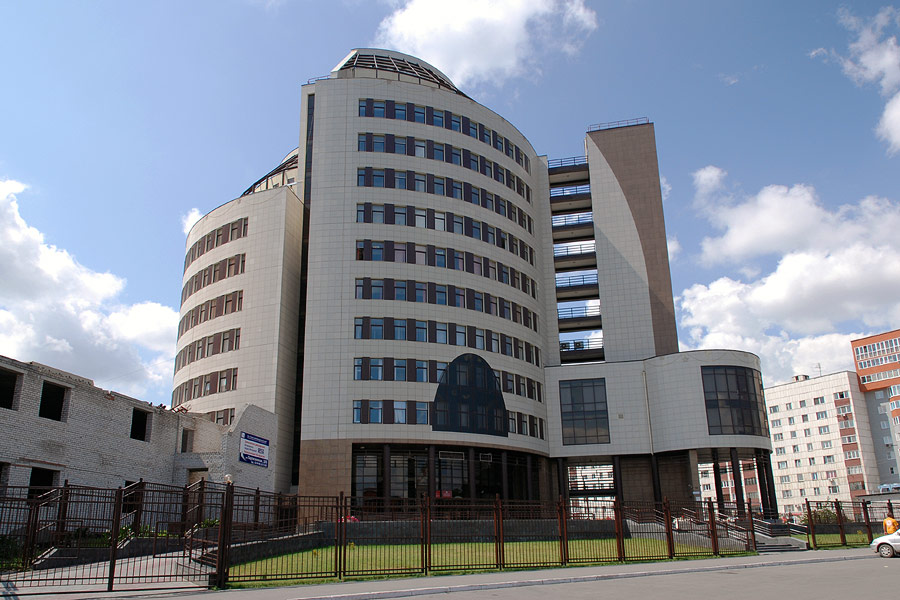
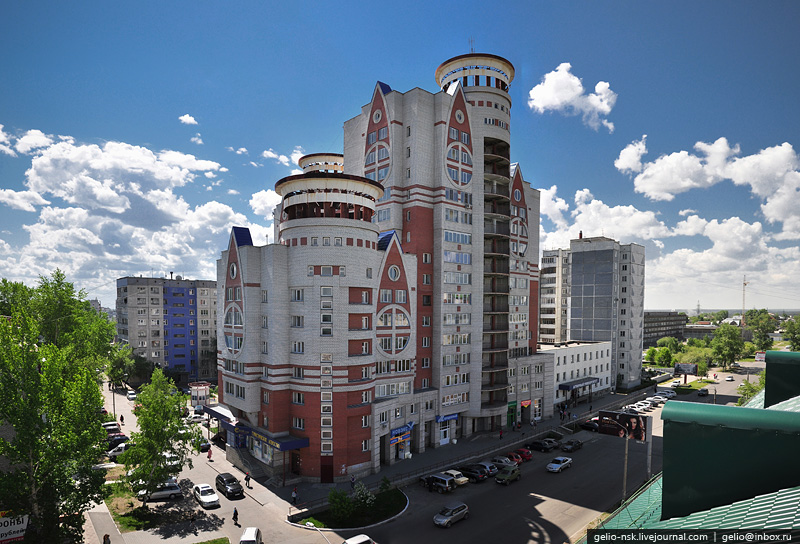
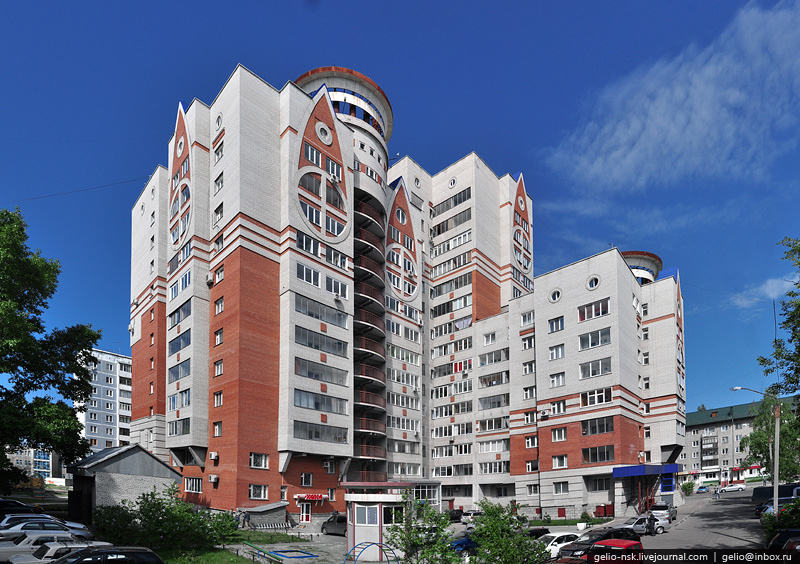
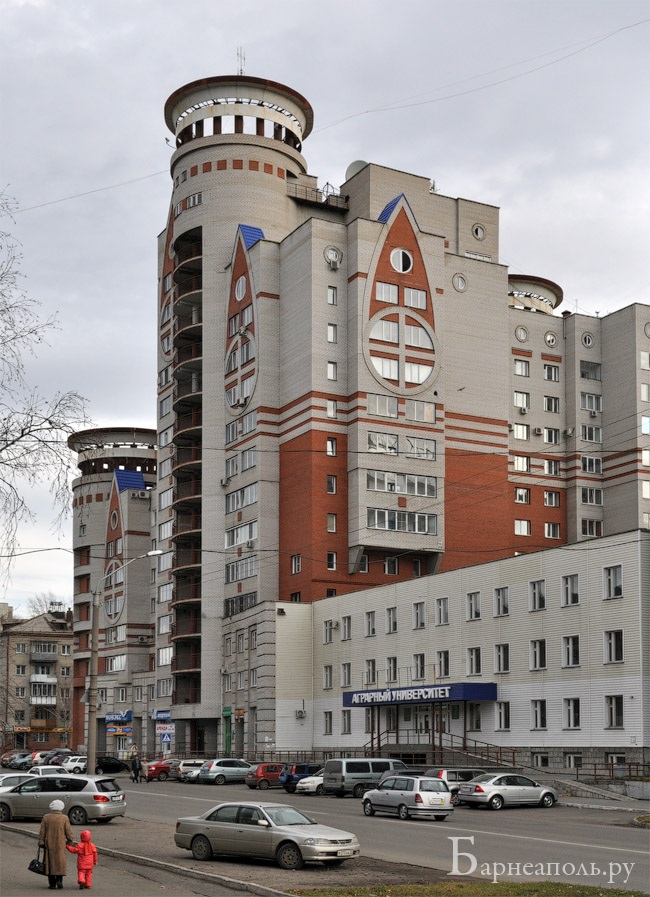
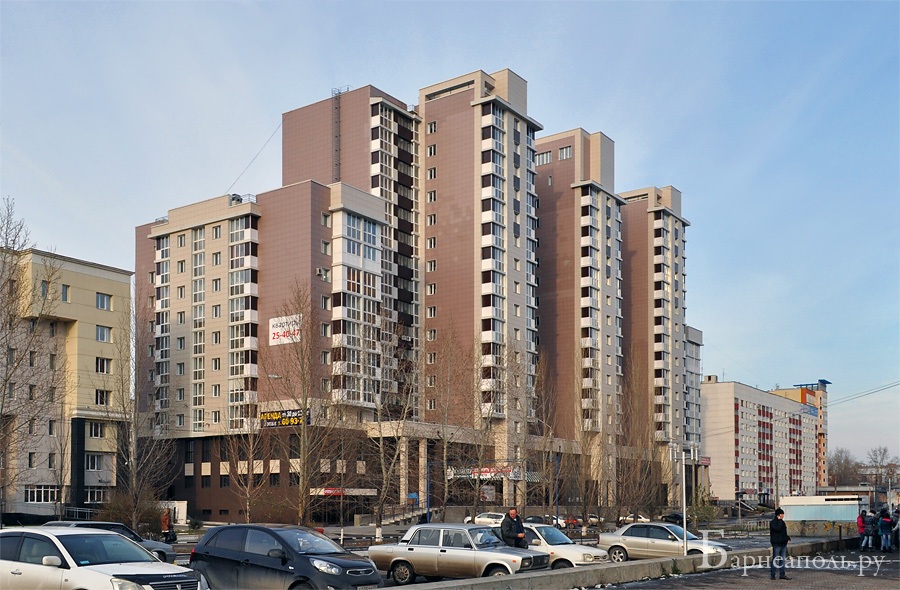
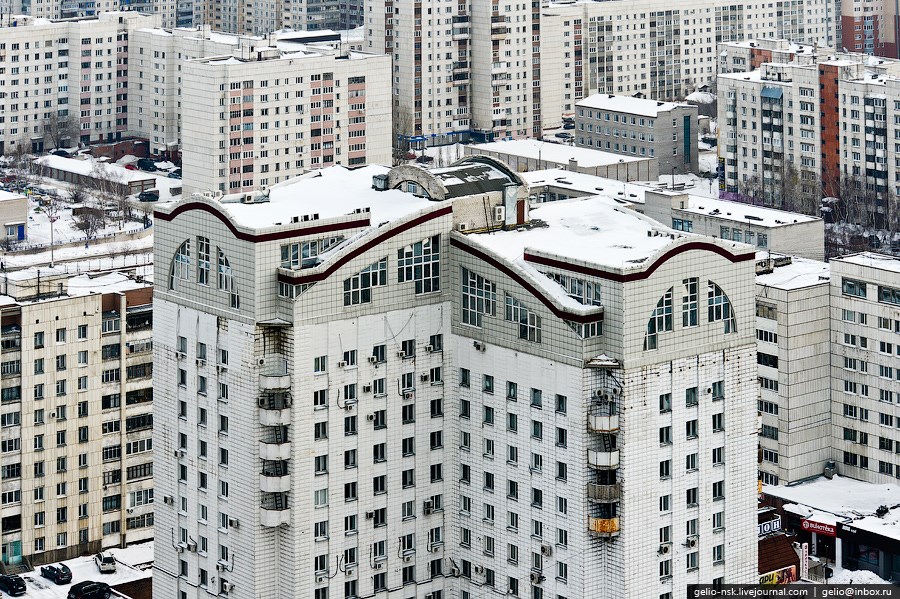
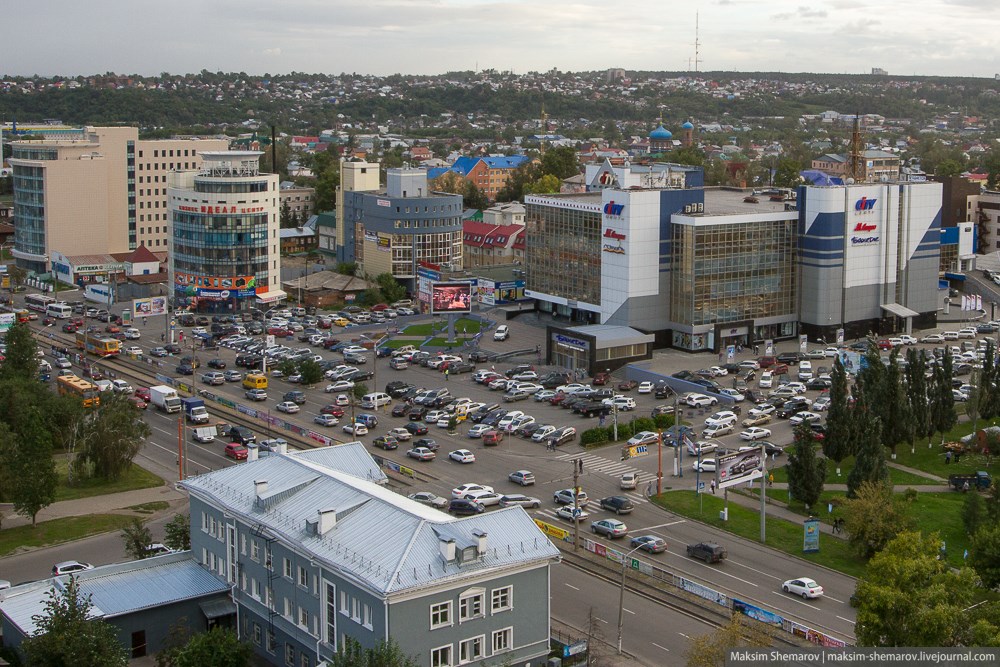
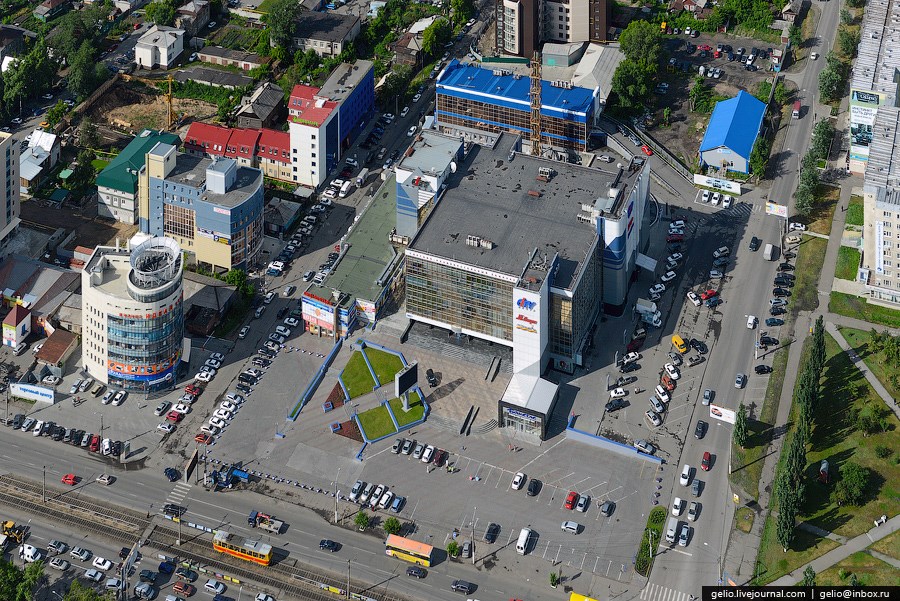

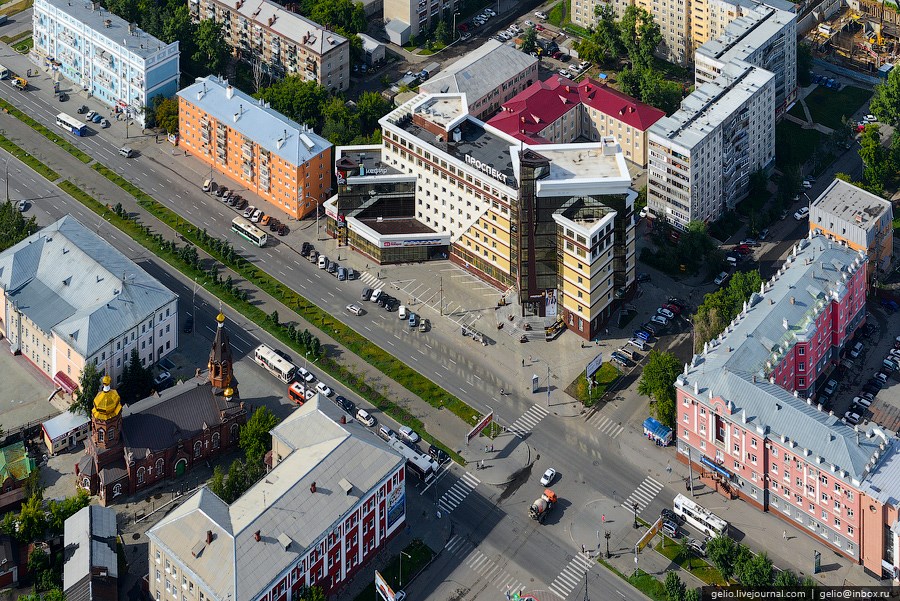

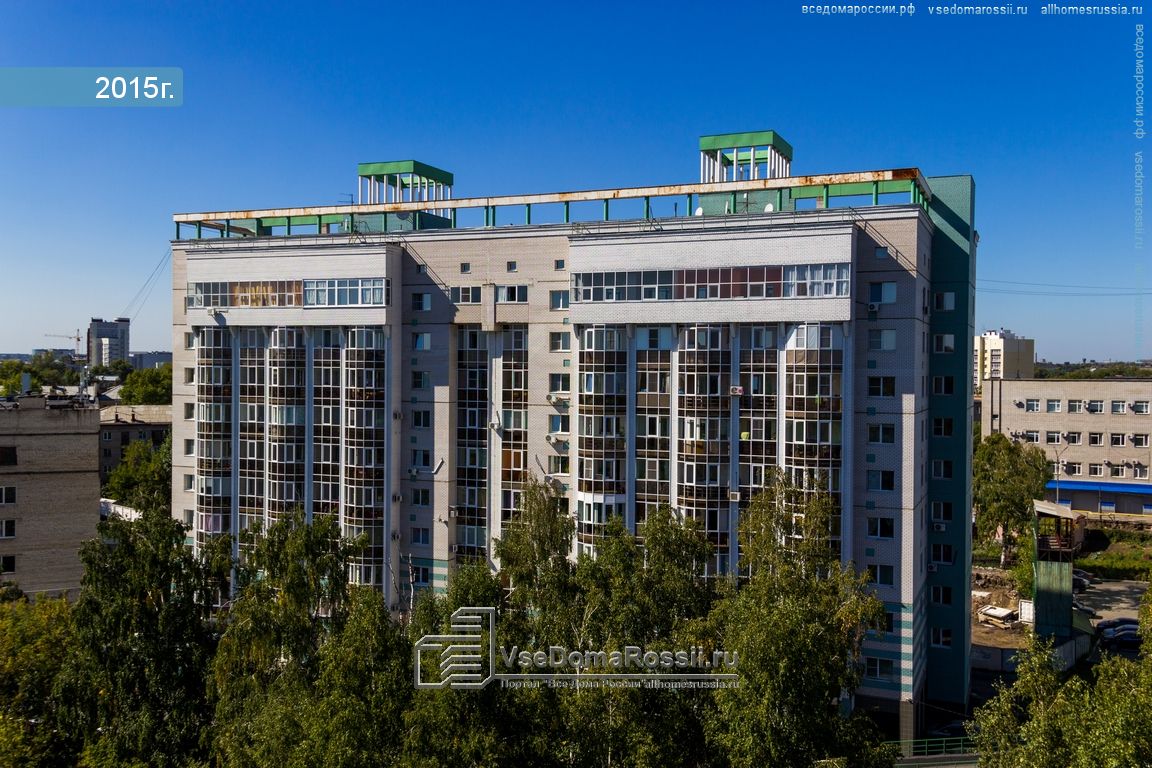


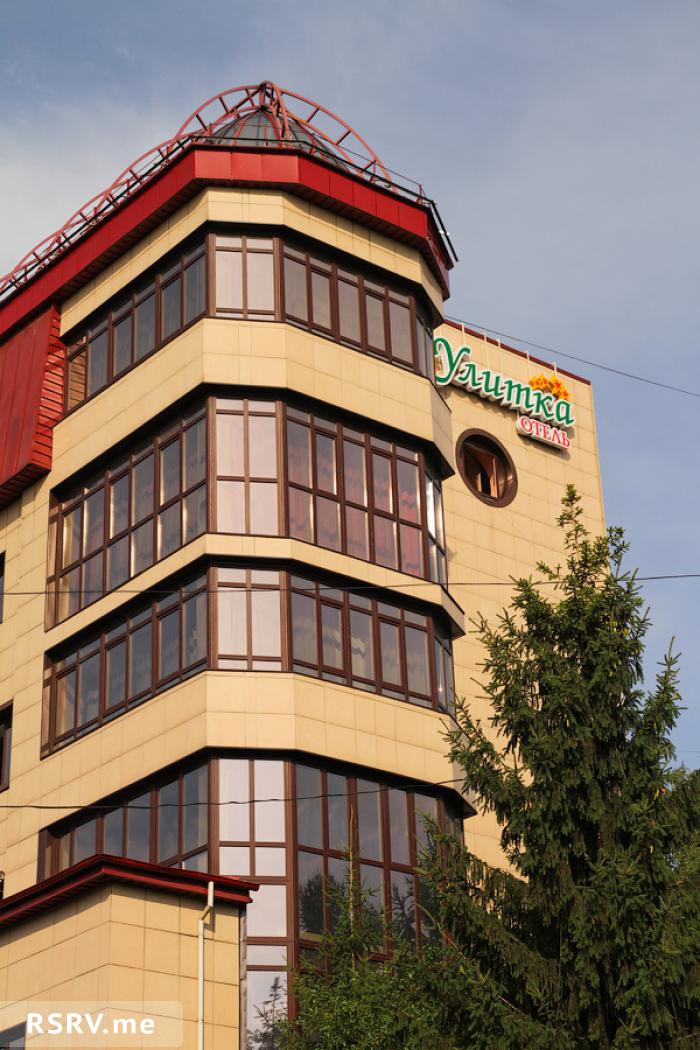
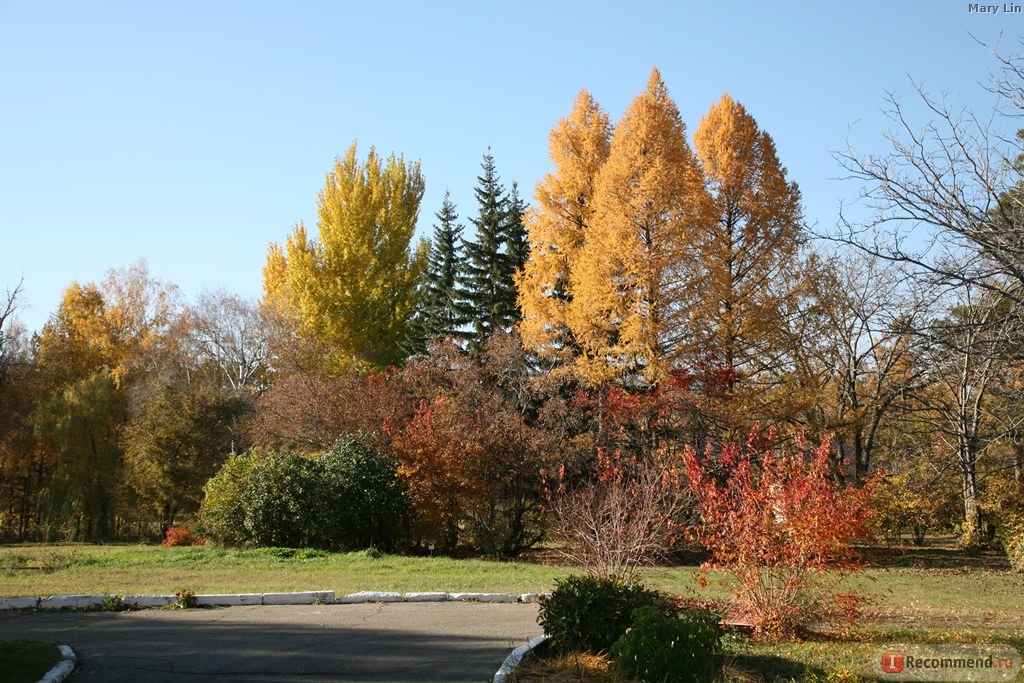

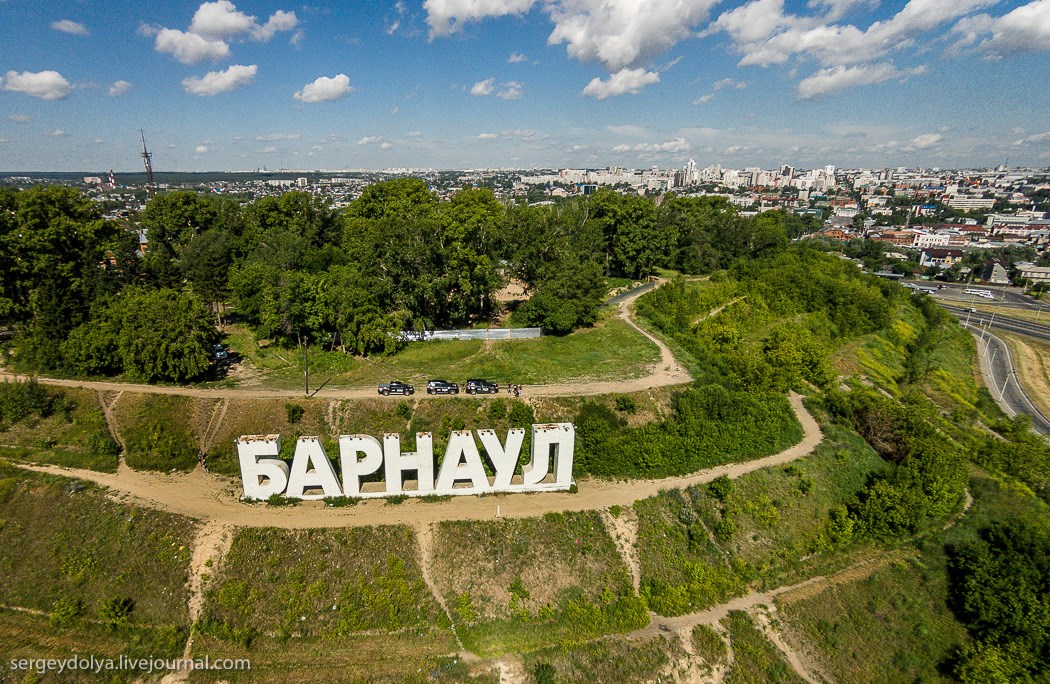
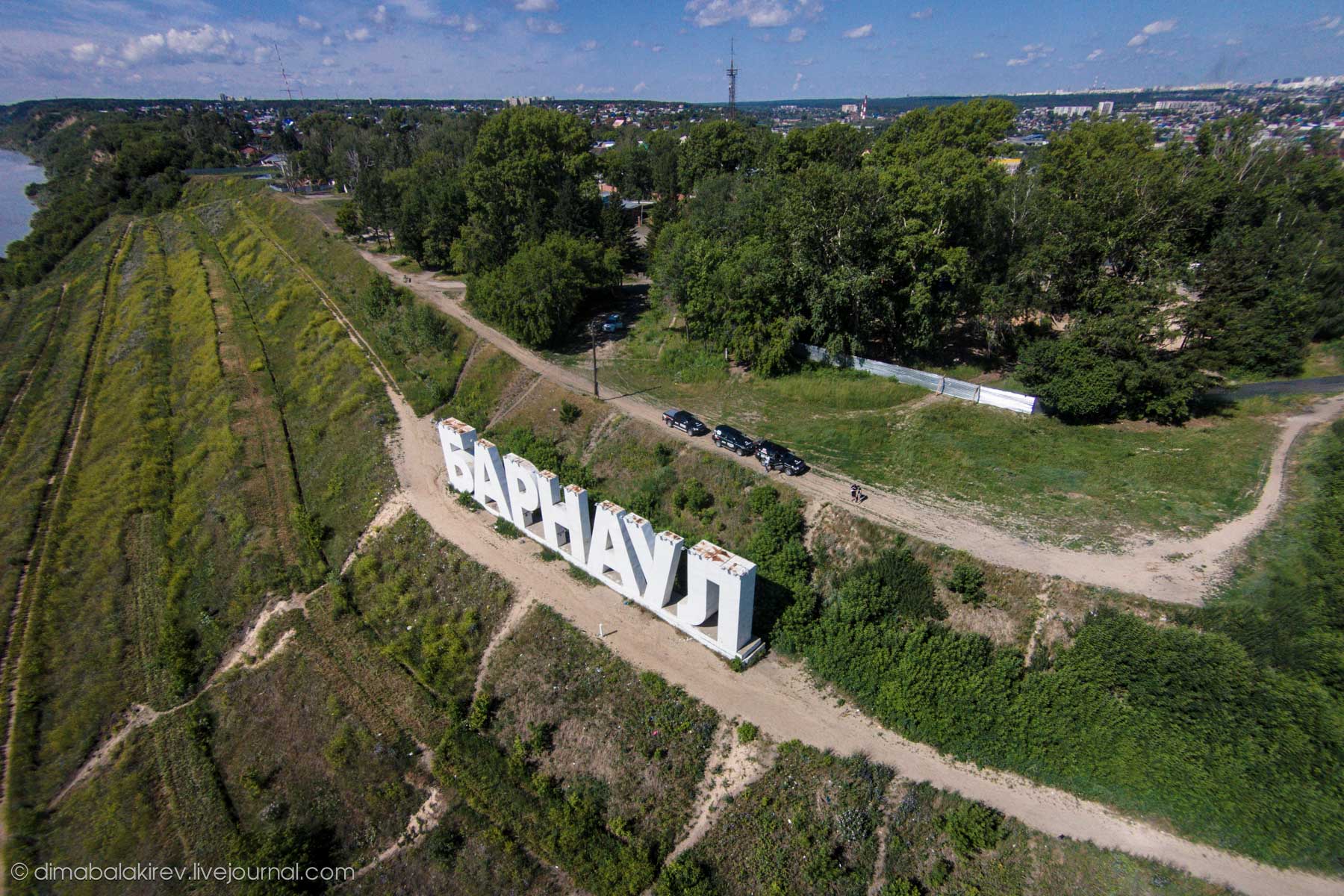
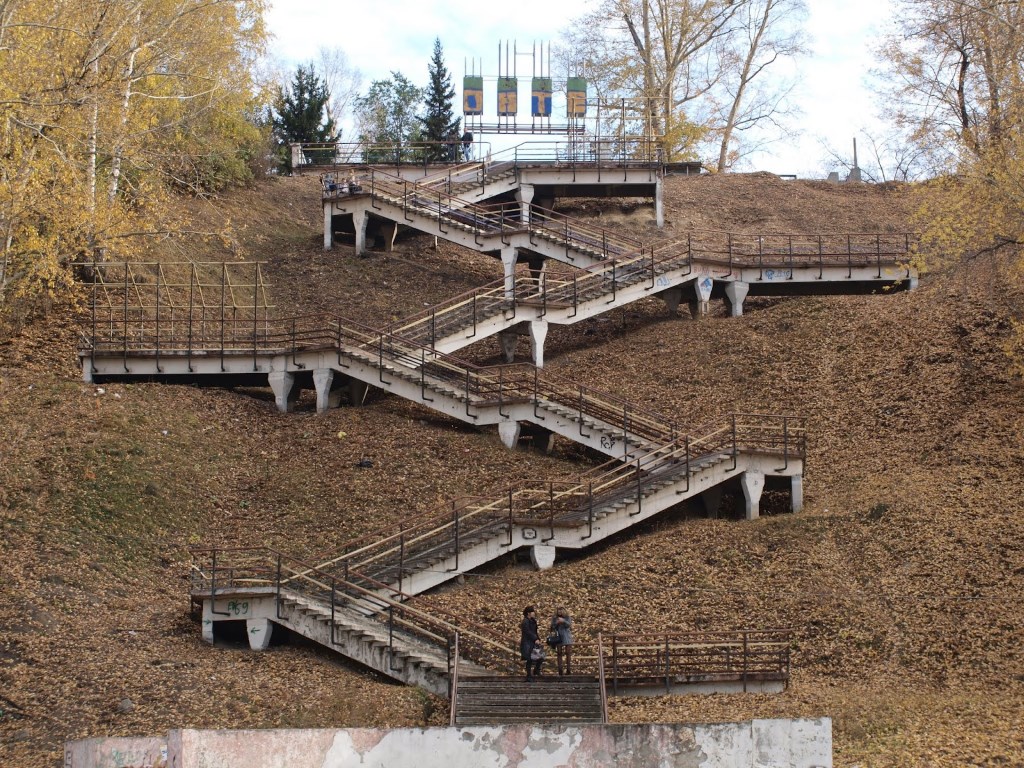
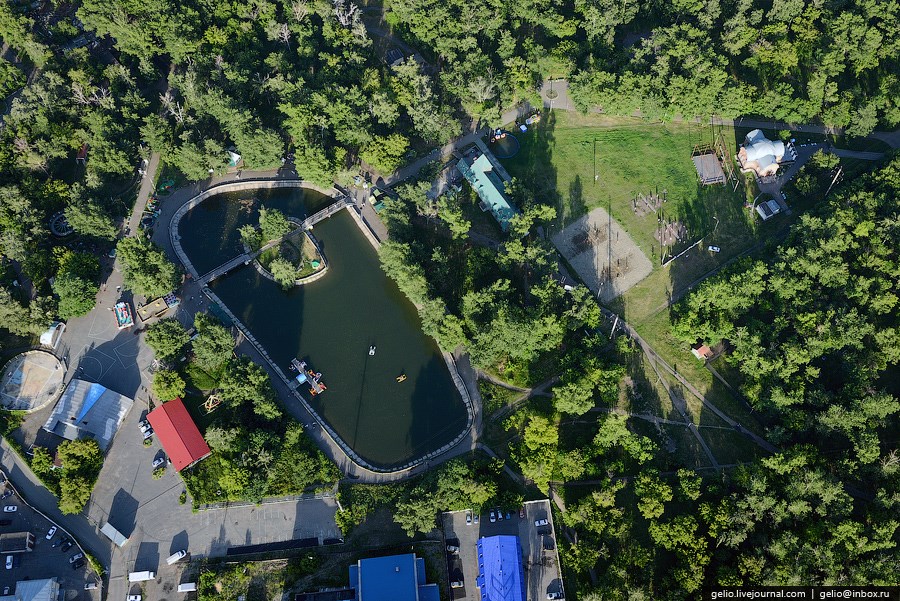
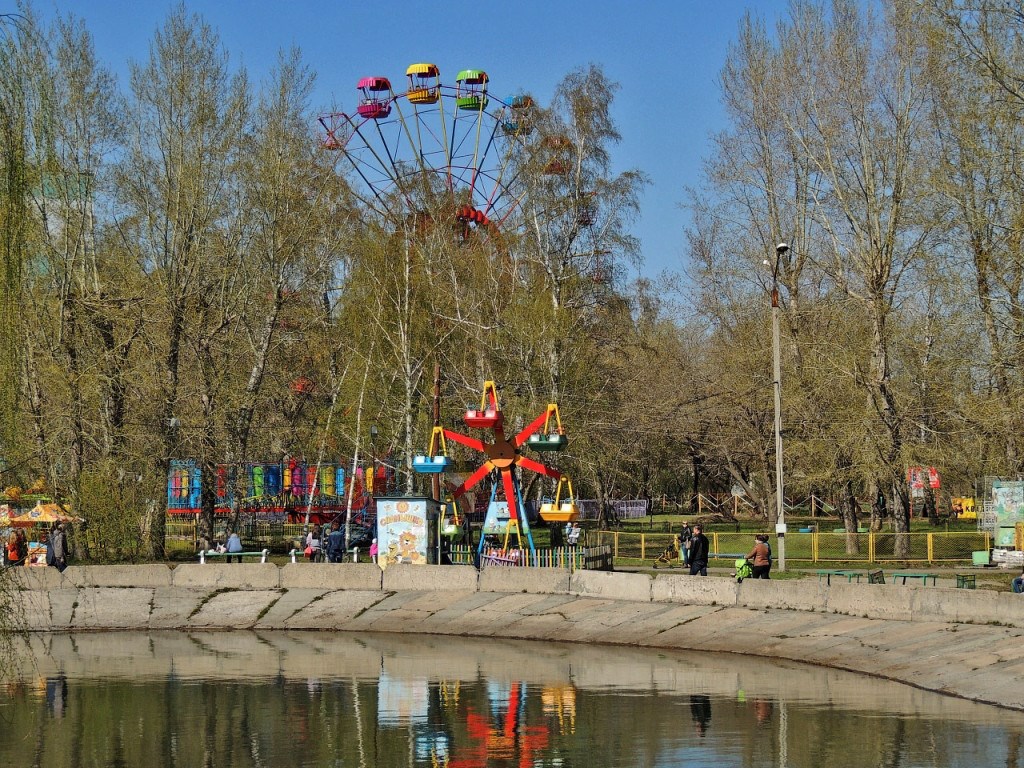
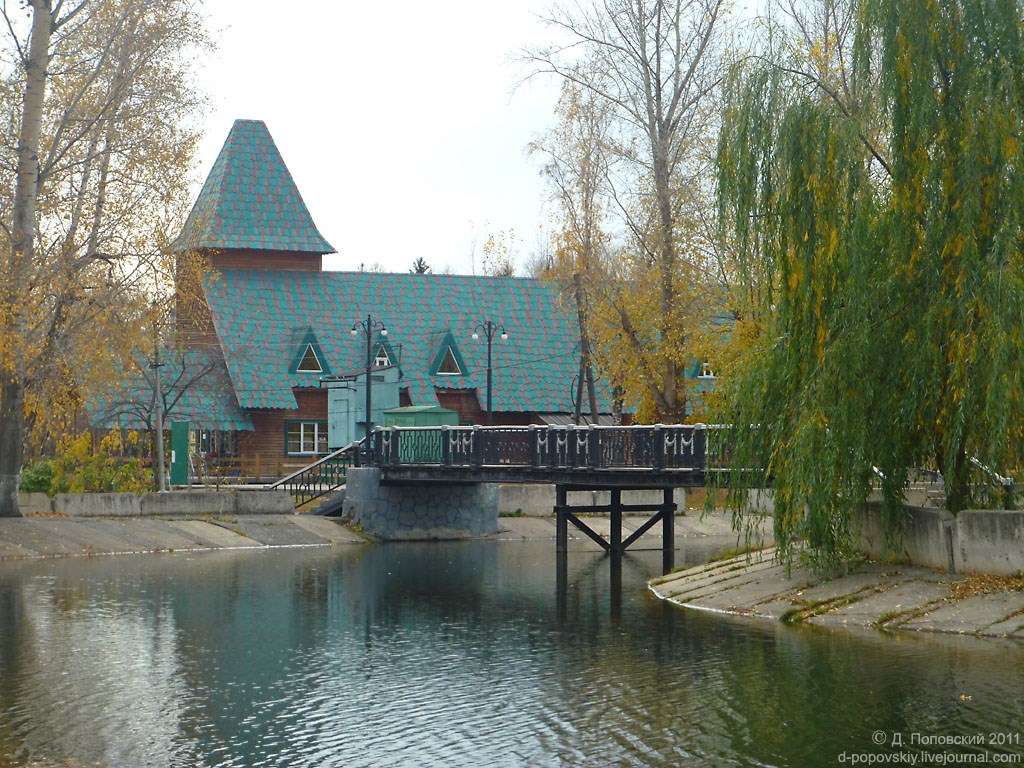
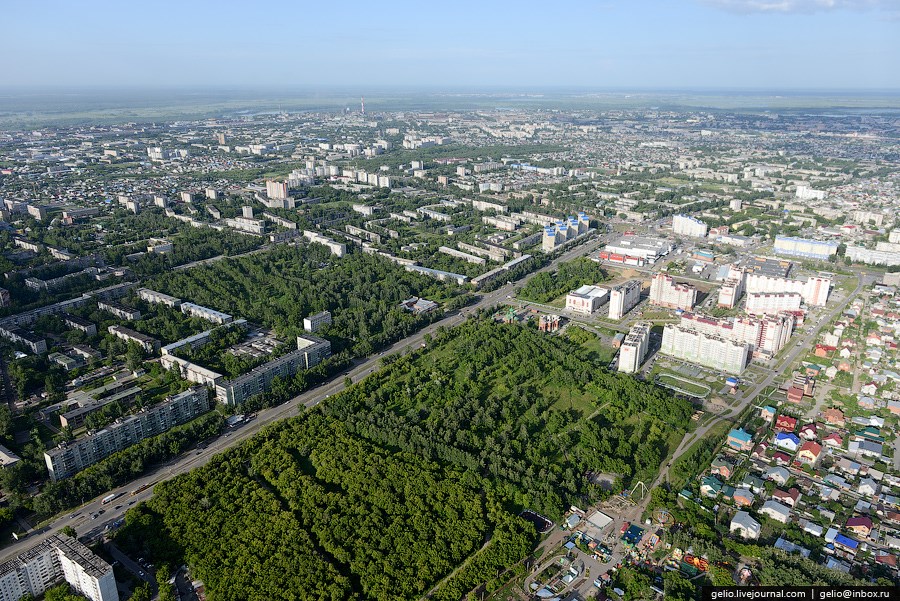
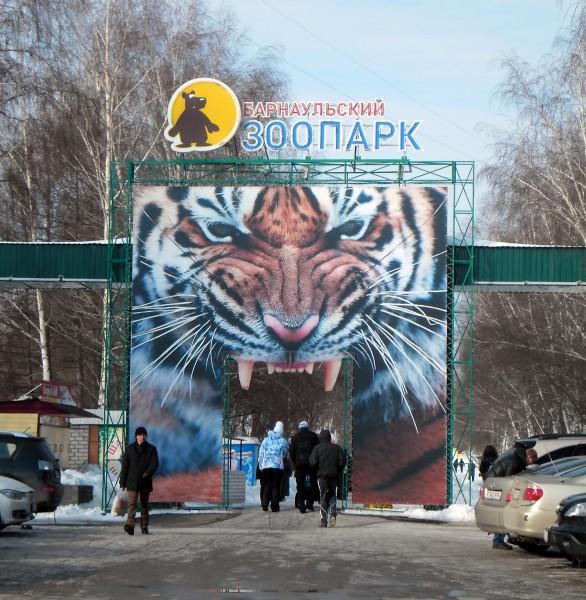
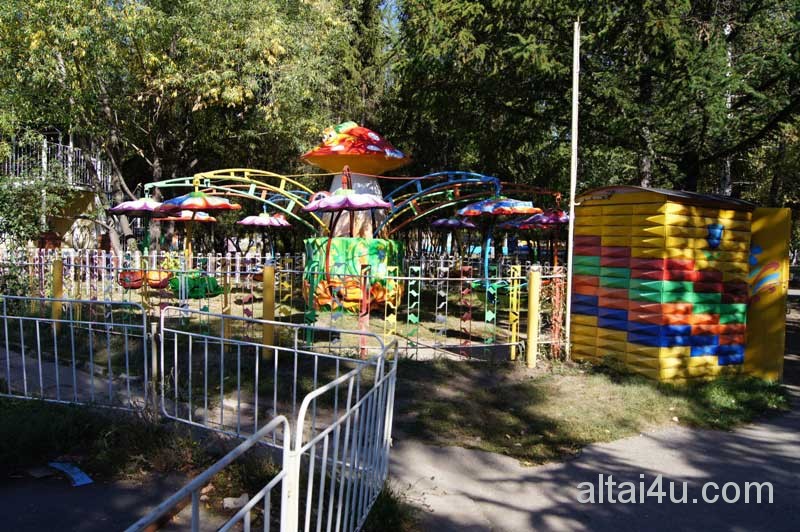

Barnaul museums
Altai State History Museum (Polzunov Street, 46) is the oldest museum in Siberia opened in 1823.
In 2012, next to the museum, in the building which is an architectural monument of federal importance, the museum “Mountain pharmacy” was opened.
Other museums:
The National Museum of the History of Literature, Art and Culture of Altai (Tolstoy Street, 2),
The State Art Museum of Altai Krai (Gorky Street, 16).
Local museums have exhibitions dedicated V.M.Shukshin, mining business in Altai, wildlife of Siberia and others.
Barnaul theaters
Barnaul has a large number of theaters. The largest of them are:
Altai Regional State Theater of Musical Comedy (Komsomolsky Avenue, 108),
Altai Regional Drama Theater named after V.M.Shukshin (Molodezhnaya Street, 15),
Altai State Youth Theater (Kalinin Street, 2),
Altai State Puppet Theater “Fairy Tale” (Titov Street, 50a).
The State Philharmonic of the Altai Krai (Polzunov Street, 35) has the only organ in the region.
Barnaul movie theaters
The city has a network of modern movie theaters operating in the walls of the Soviet era movie theaters after reconstruction:
The concert and entertainment complex “Mir” (Pobeda Square, 1),
miniplex “Rodina” (Lenin Avenue, 19),
multiplex “Europe-Kinomir” in the shopping center “Europe” (Pavlovsky Tract, 251v),
multiplex “Ogni-Kinomir” in the shopping center “Ogni” (Anton Petrov Street, 219b).
In 2015, a large movie theater with 8 screens was opened in the shopping center “Arena” (Pavlovsky Tract, 188). “Arena Kinomir” has the only in the province IMAX screen.
http://russiatrek.org/barnaul-city
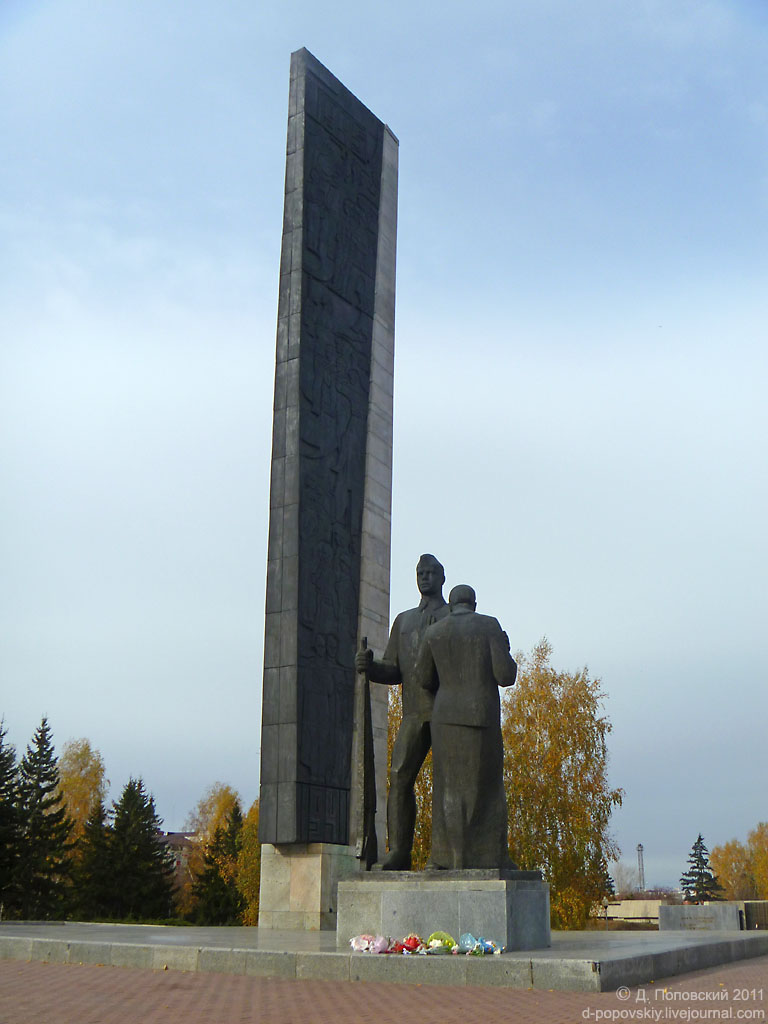

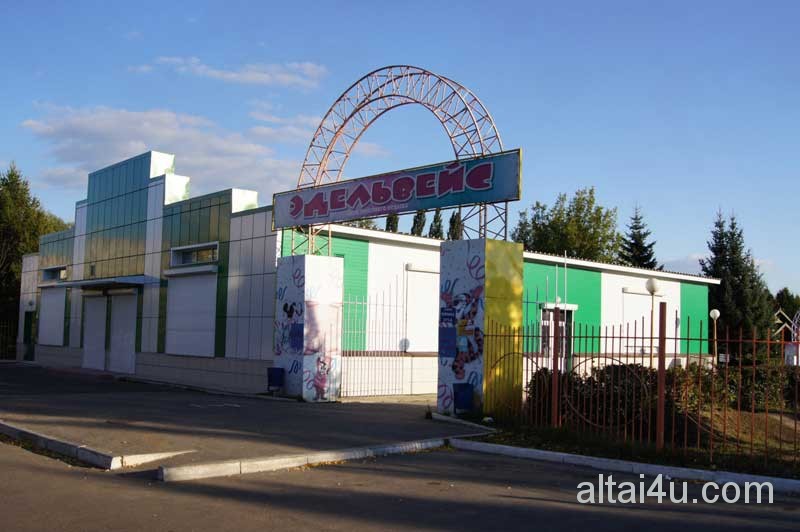
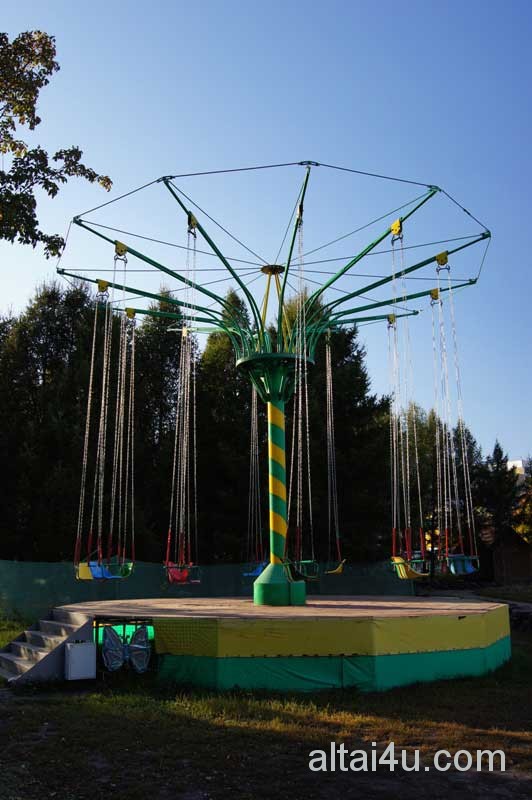

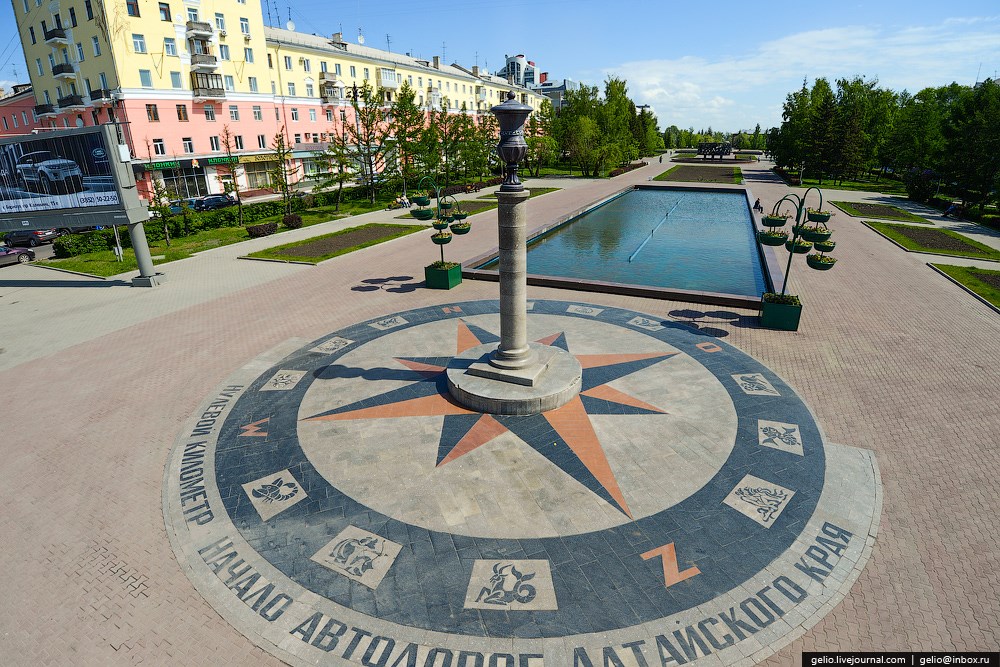
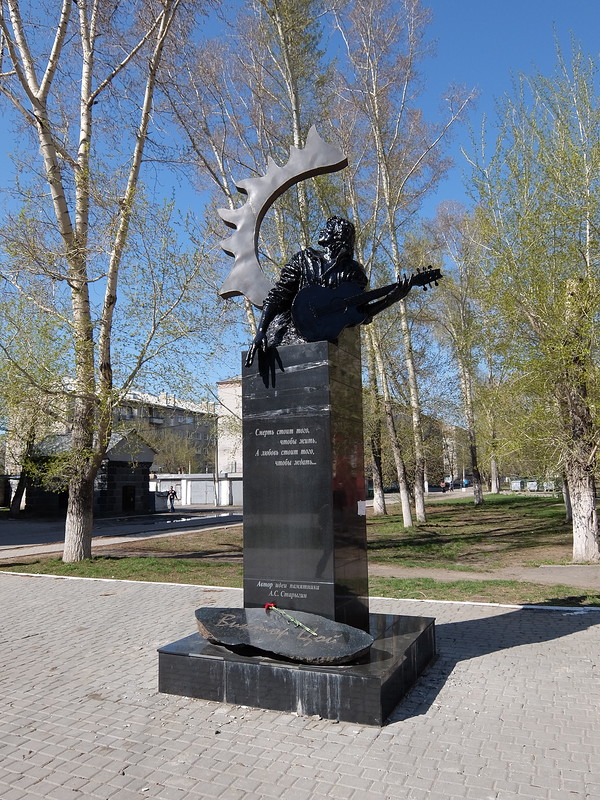
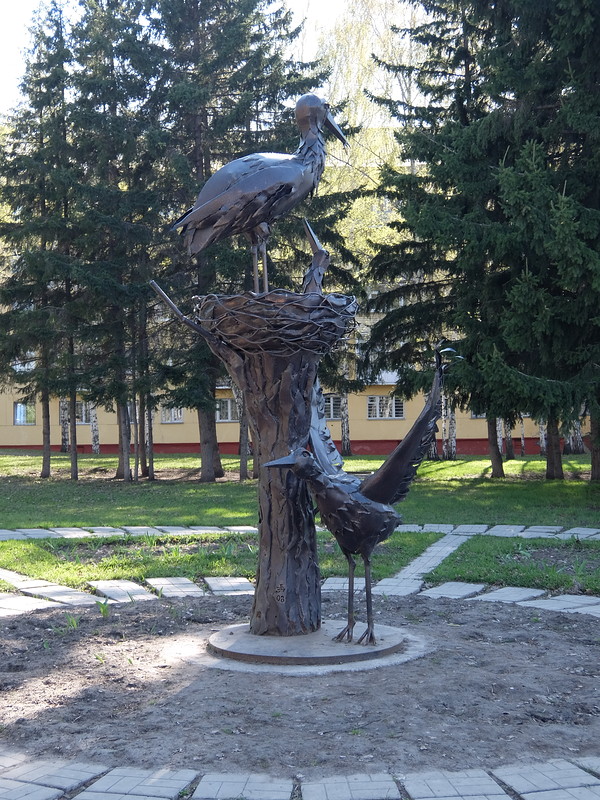
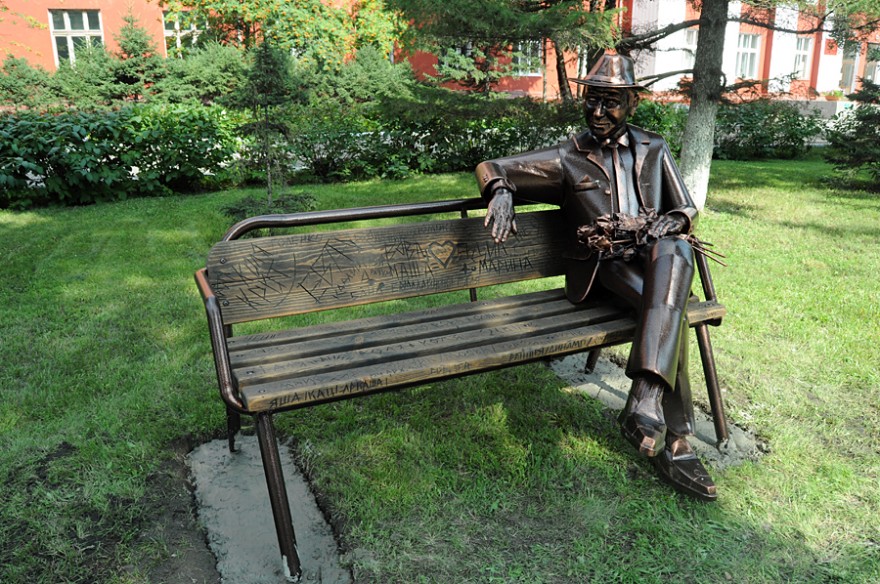



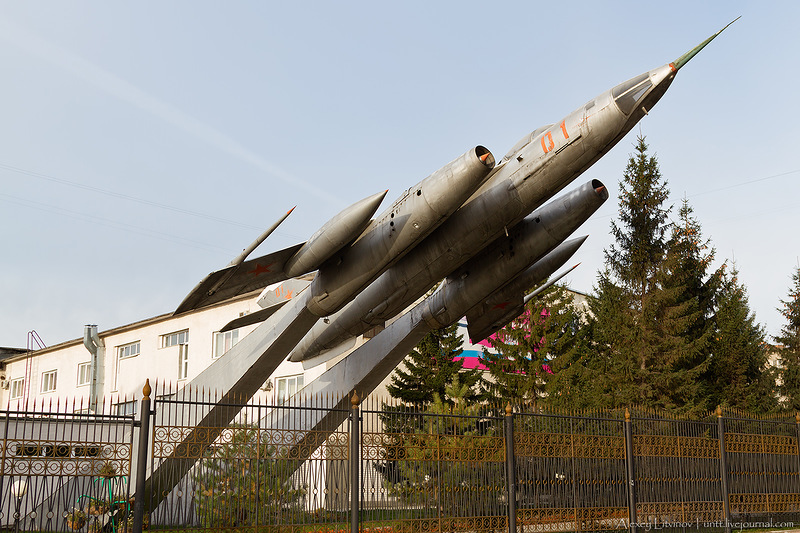
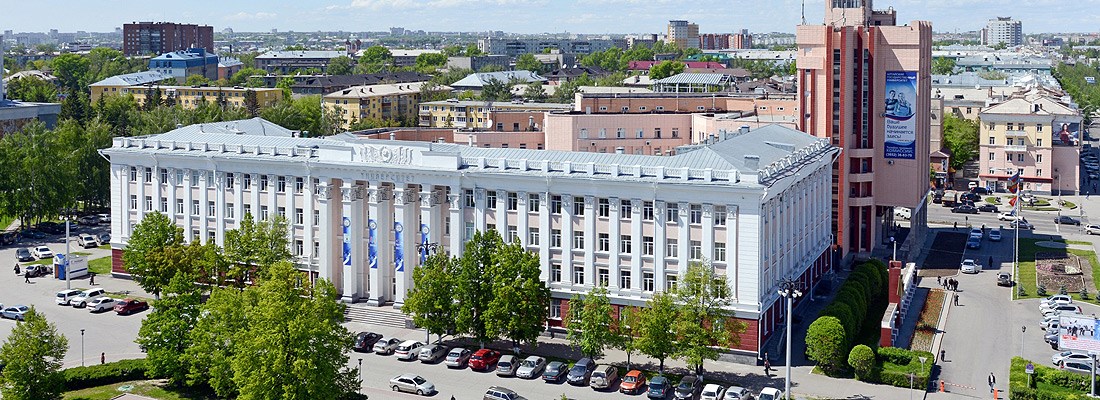
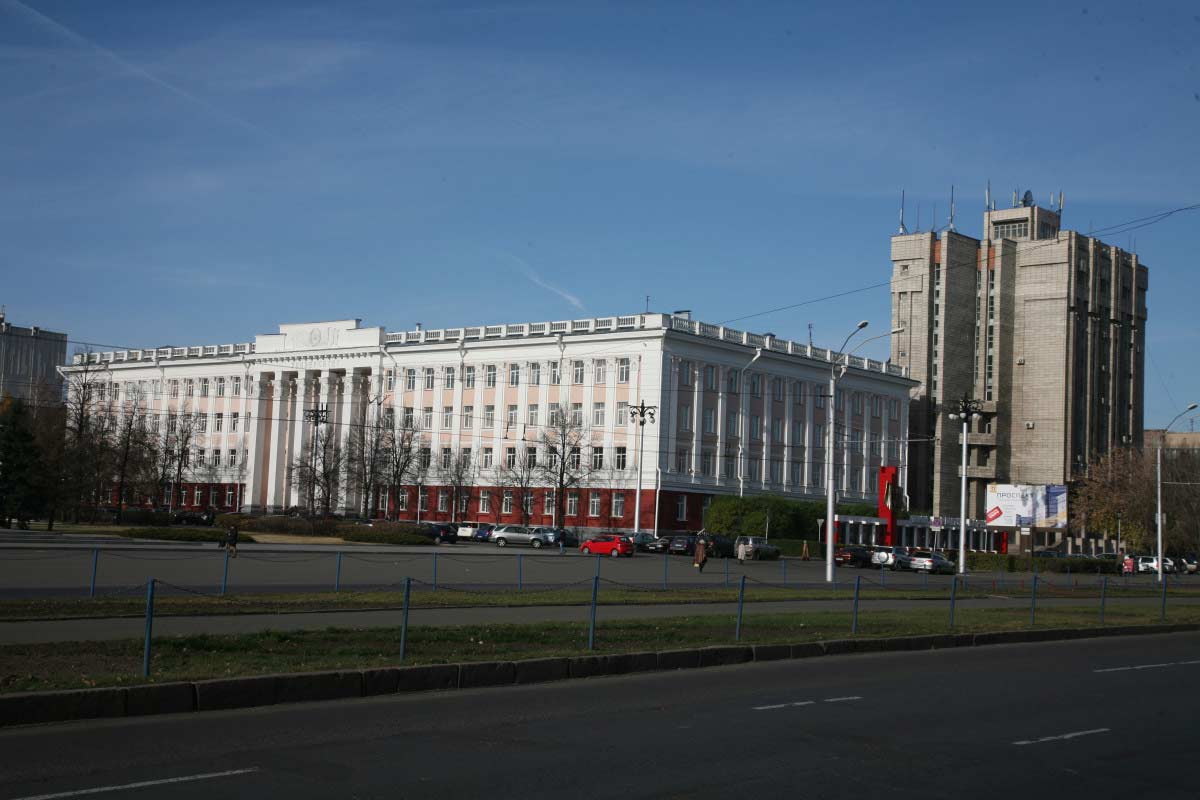
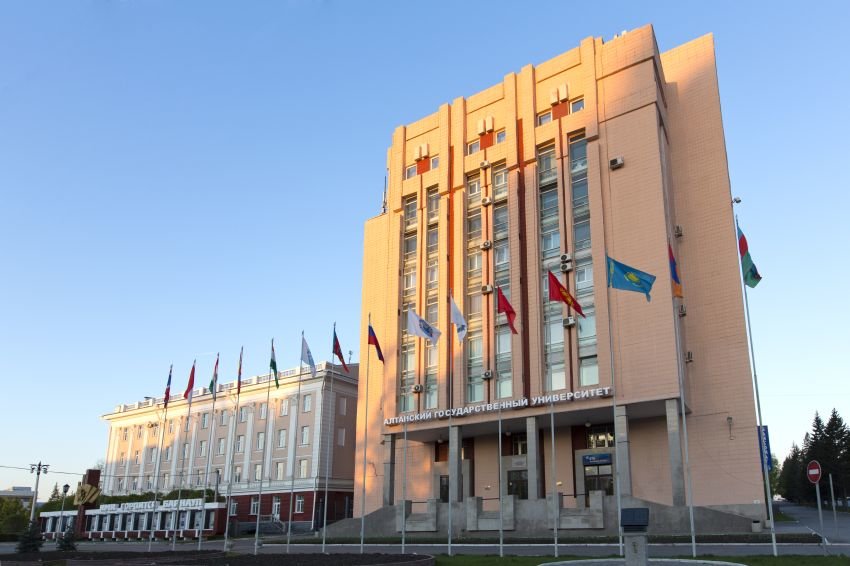
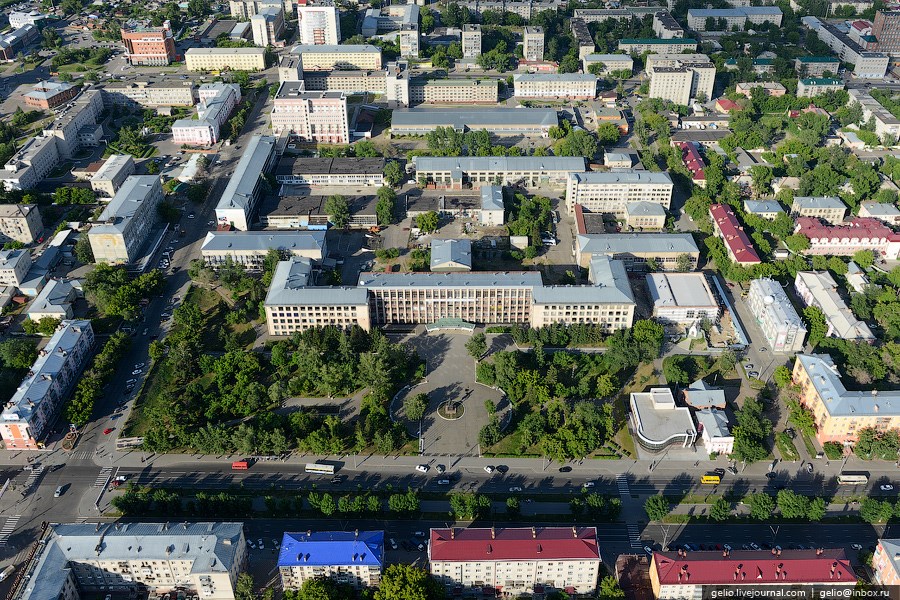

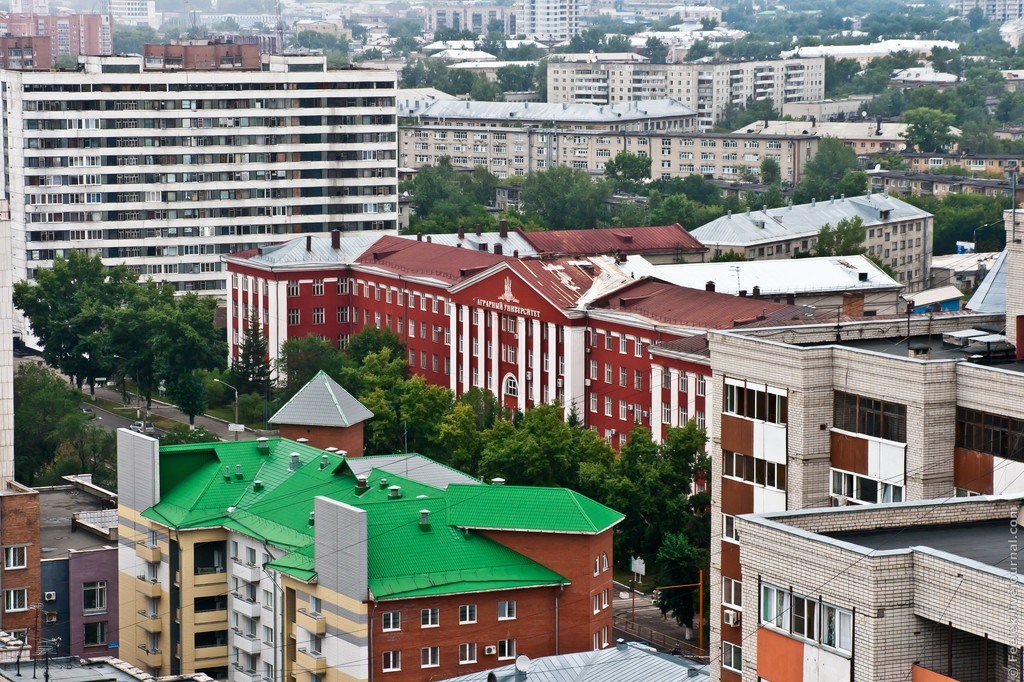
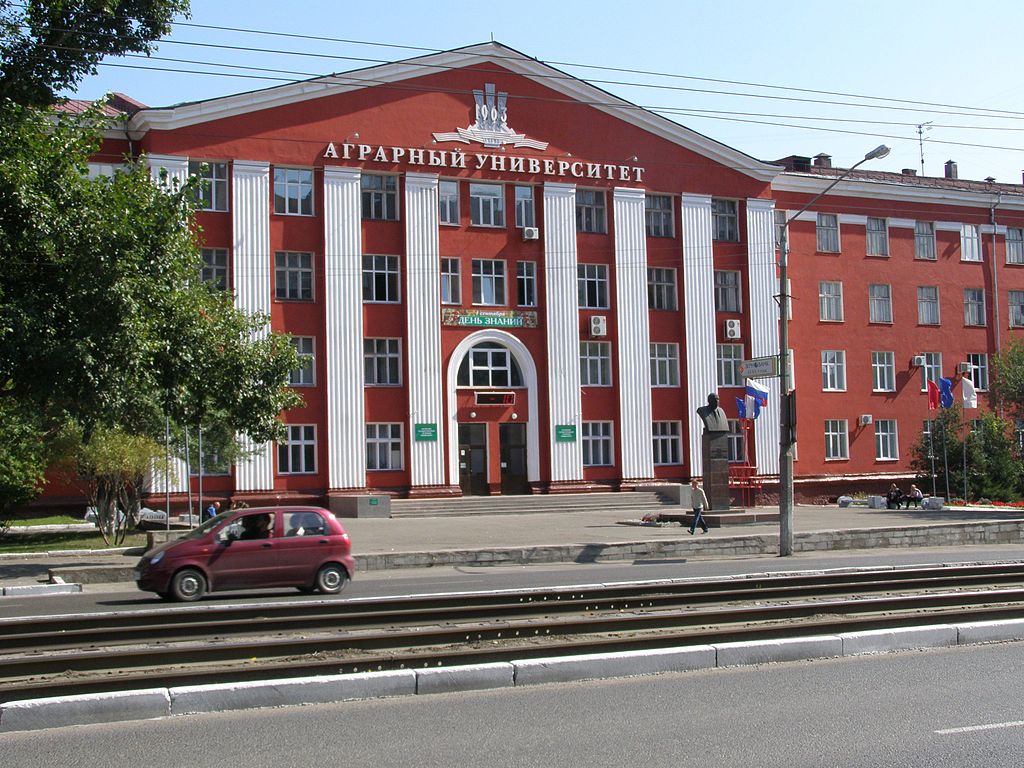
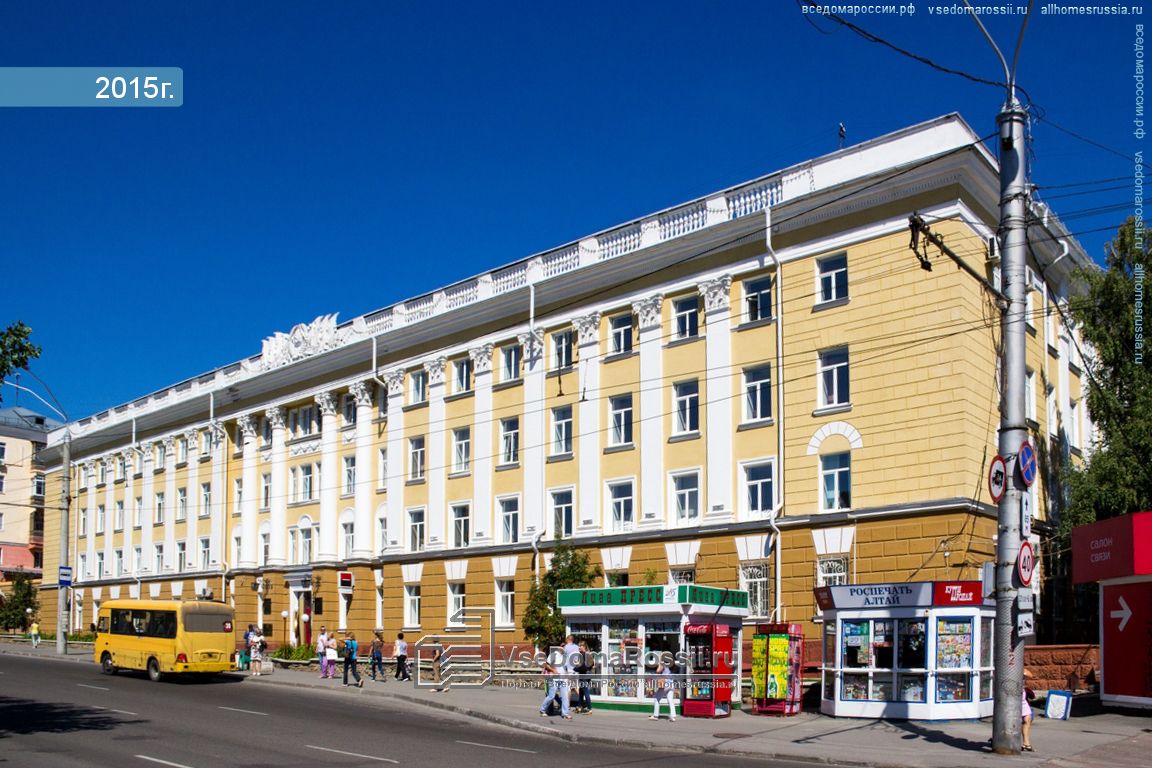
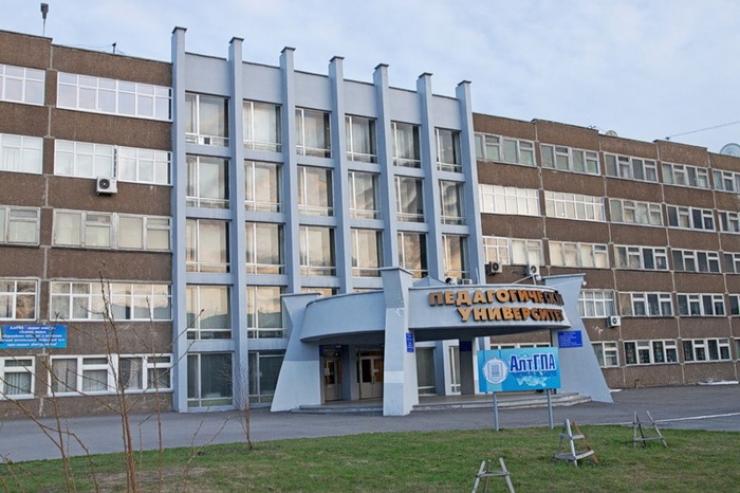
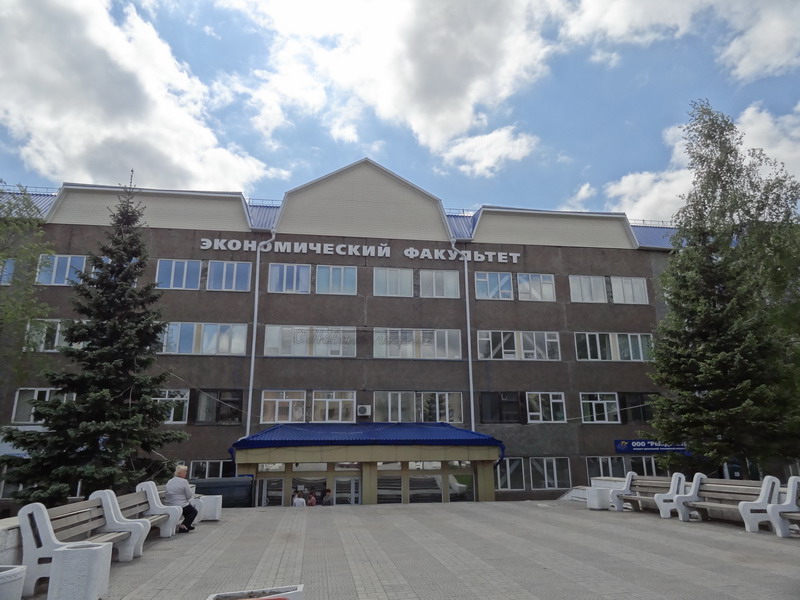
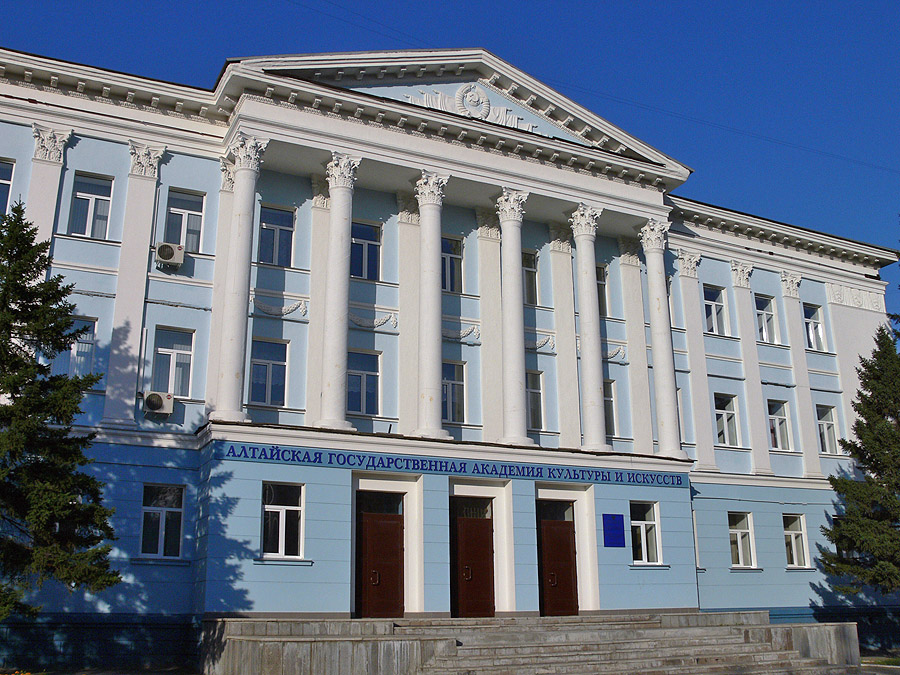
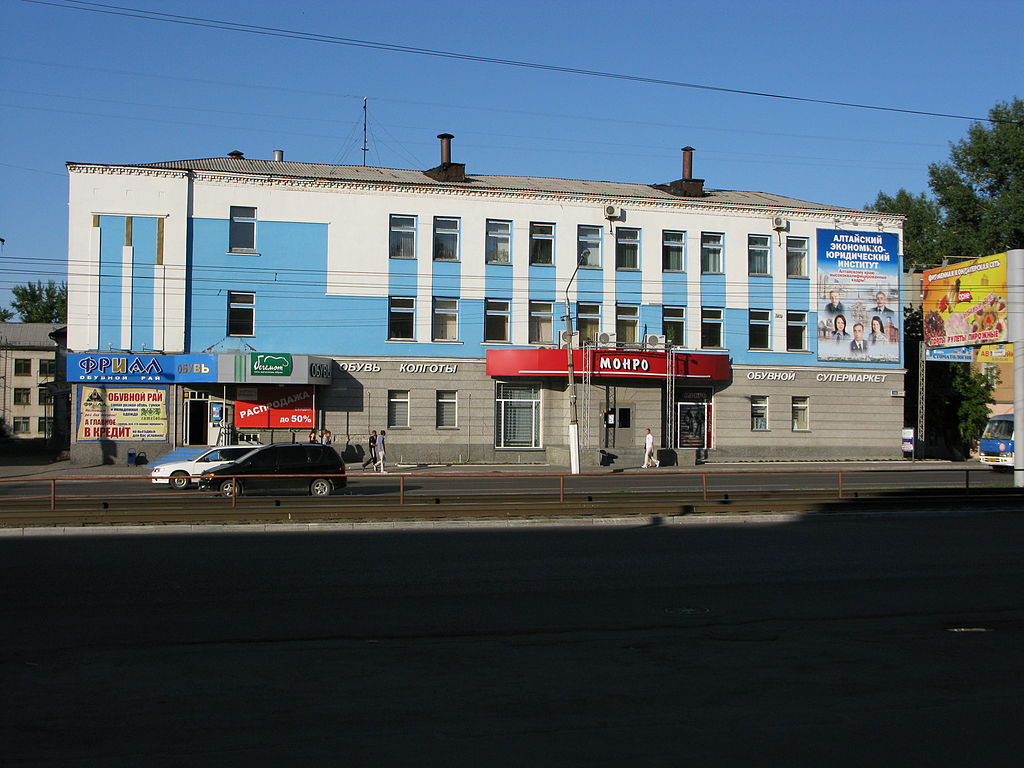
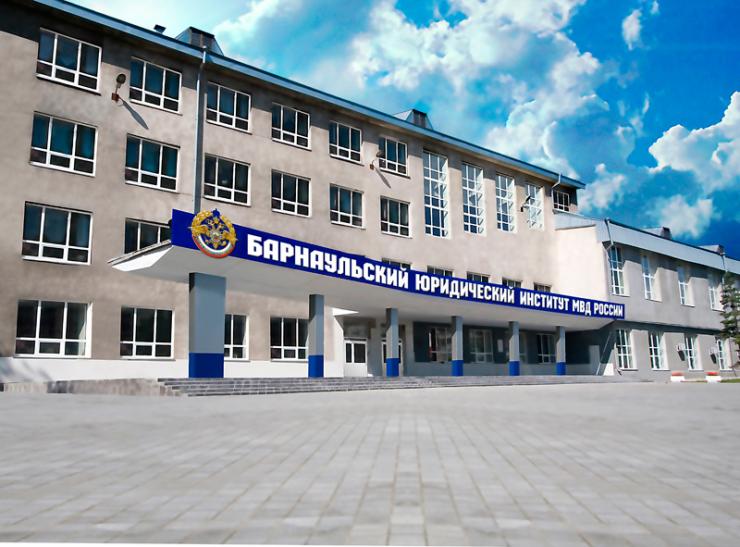

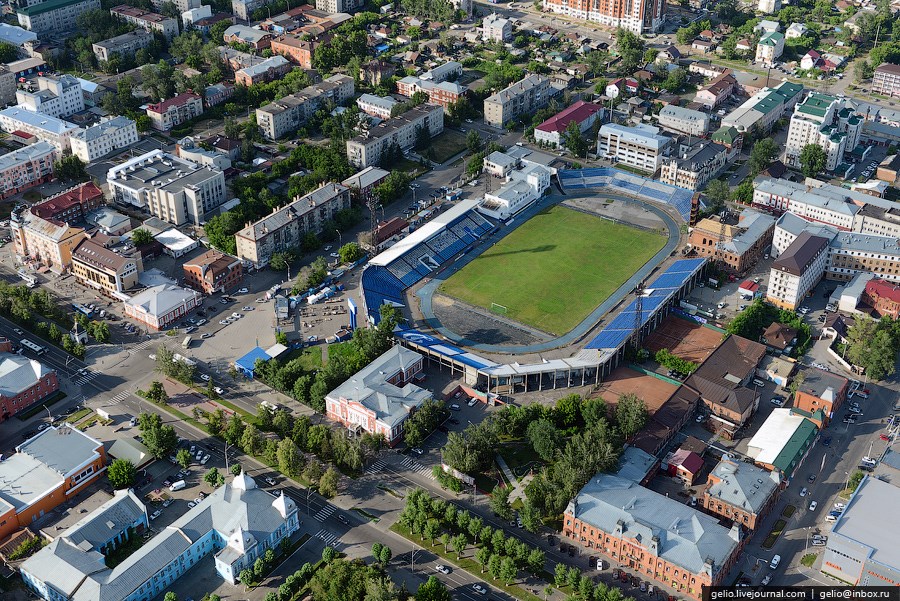
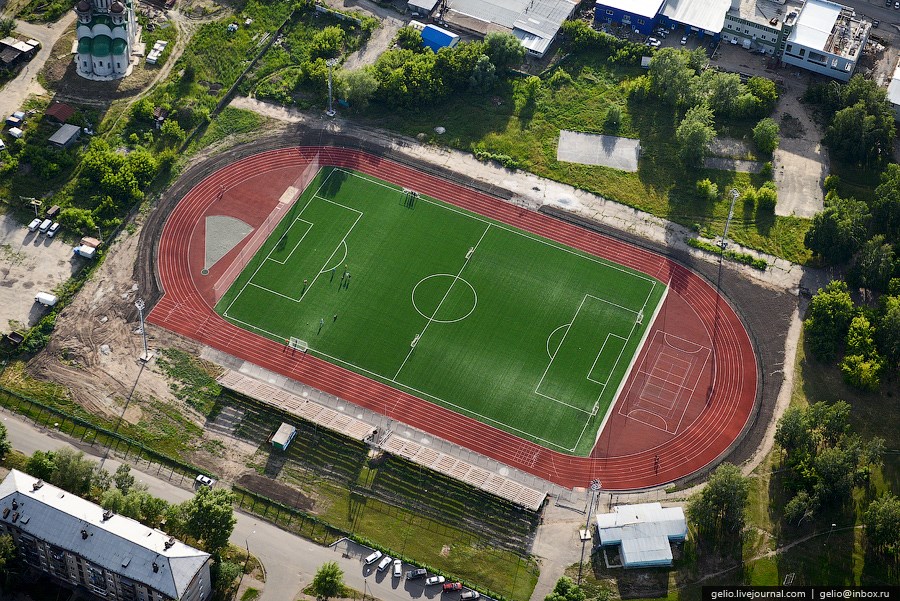

Esta ciudad de Siberia prefiere elegir a un gato como alcalde
Traducción publicada el 29/12/2015
En Barnaúl, una ciudad de Sibera occidental situada a 3.600 km al este de Moscú, viven alrededor de 700.000 personas. Los últimos cinco años, los habitantes de Barnaúl no han tenido un alcalde electo por ellos mismos. Mientras el proceso político de la ciudad se va alejando del público, las frustraciones de los ciudadanos empiezan a aparecer. Por ejemplo, una comunidad de Internet está apoyando la candidatura a la alcaldía de un gato.
La mayor parte de los últimos cinco años, el “gestor municipal” de Barnaúl era un hombre llamado Igor Savintsev, quien dimitió el pasado agosto, cuando unos investigadores locales le acusaran de abuso de autoridad. (Savintsev está acusado de vender terrenos municipales a bajos precios a empresas afiliadas con su propia familia, haciendo perder unos 155.000 dólares al gobierno.) Savintsev fue el primer alcalde postsoviético designado, no elegido por los ciudadanos.
Maxim, el hijo de Savintsev, también es un ciudadano modelo. El año pasado lo pusieron en un lista internacional de personas buscadas cuando huyó del país después de que lo acusaran de fraude y malversación. Escapó de la policía por seis meses y finalmente fue arrestado en Tailandia. Ahora, pasa sus días en una prisión de Rusia, en espera de juicio.
Entre los que compiten por el cargo de Igor Savintsev (el cual está temporalmente ocupado por un gestor municipal provisional) hay un puñado de funcionarios locales y empresarios. El 22 de diciembre, una comisión especial (controlada por el ayuntamiento y el gobernador de Altai Alexander Karlin) debía elegir el siguiente alcalde de Barnaúl, quien ocupará el cargo hasta 2017.
El 4 de diciembre, tres semanas después de que los funcionarios de Barnaúl inscribieran formalmente a todos los candidatos a la alcaldía, la comunidad virtual de Altai en Vkontakte (la red social más popular de Rusia), anunció una campaña propia invitando a que los miembros de la comunidad eligiesen entre siete contrincantes distintos: los seis hombres que están realmente inscritos como candidatos, más el gato del administrador, Barsik. Una semana más tarde, Barsik consiguió casi 4.500 votos (91,2 por ciento de todos los votos emitidos).
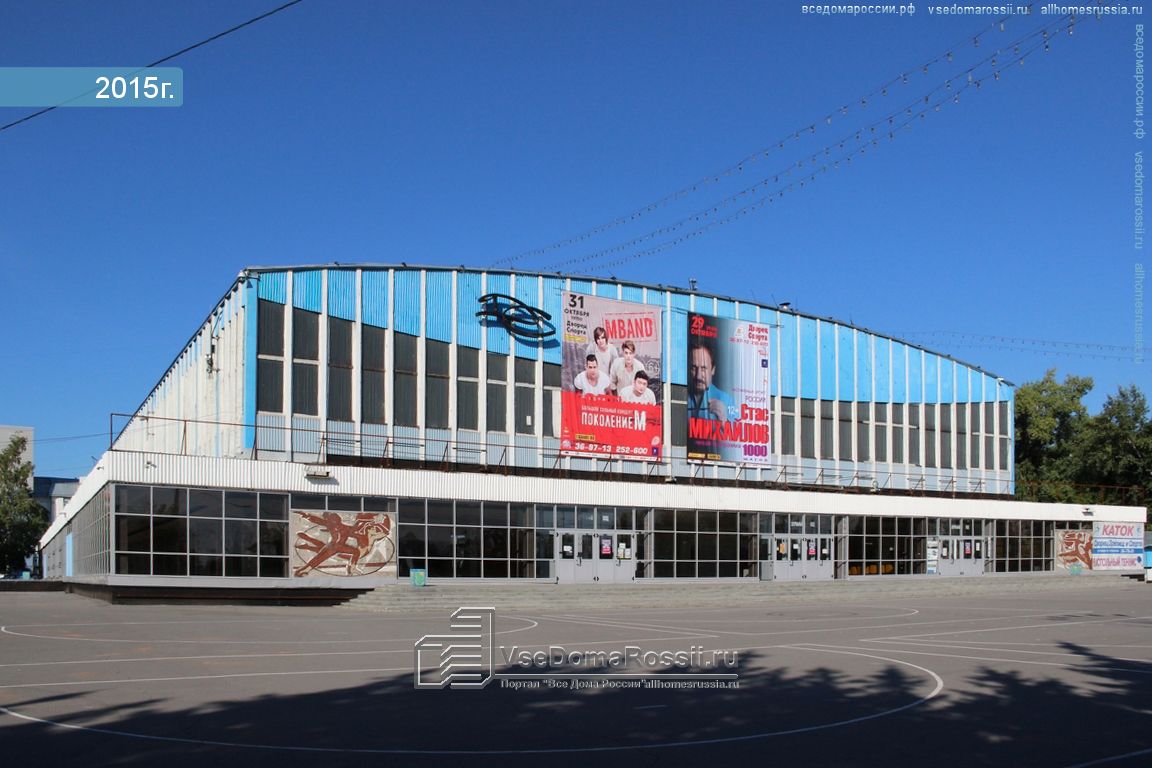
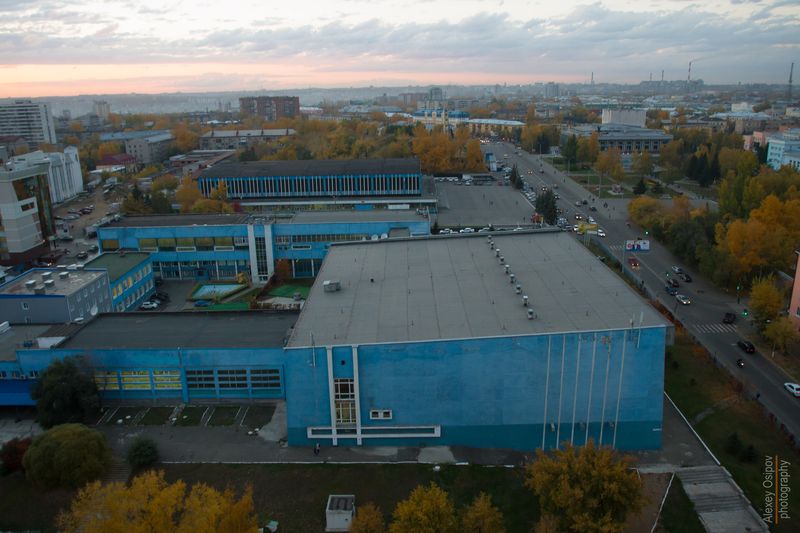
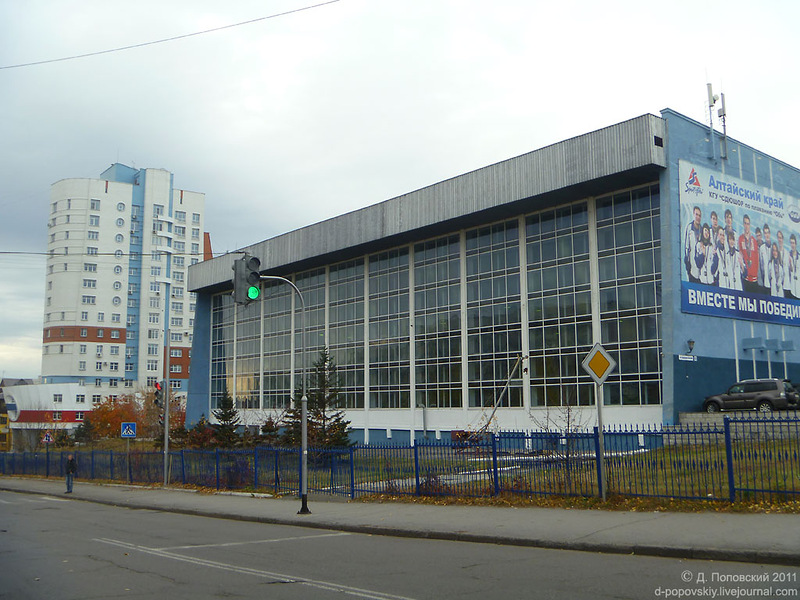
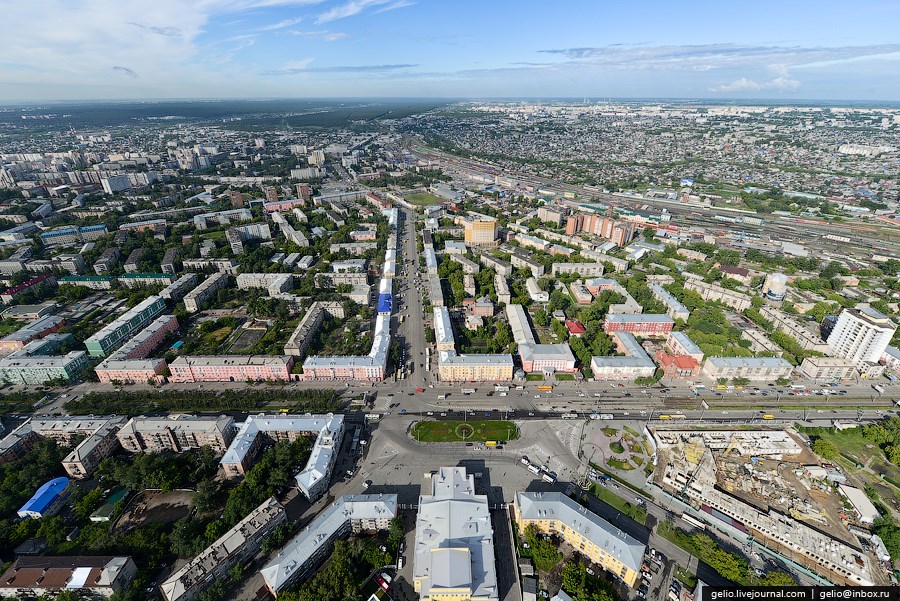
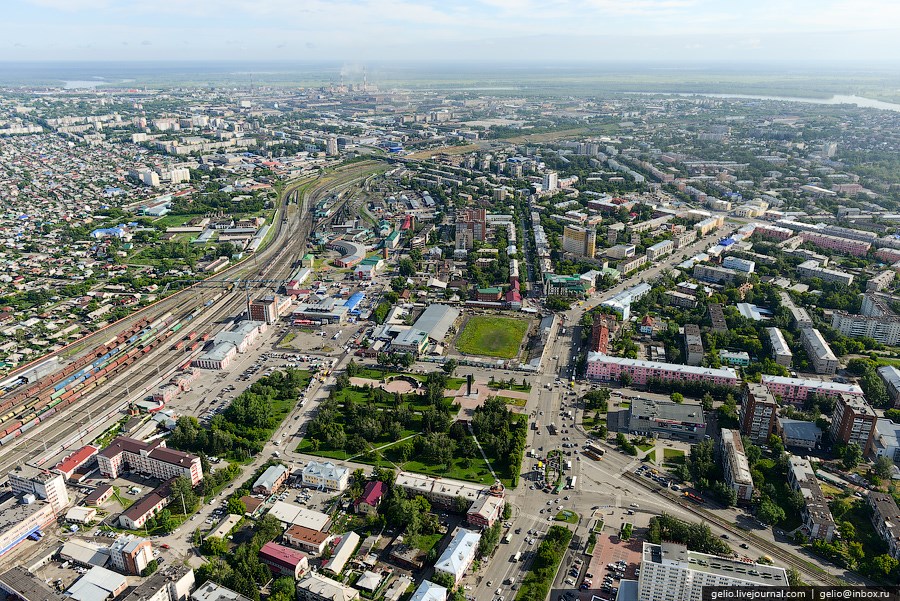
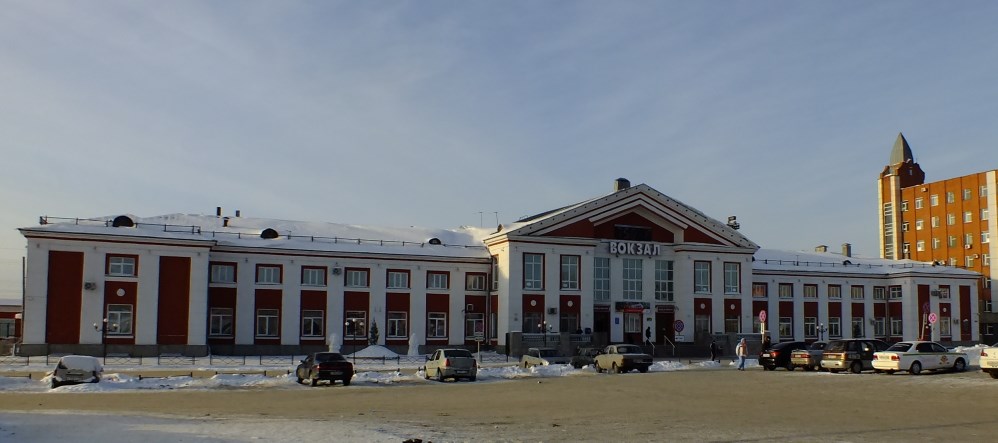
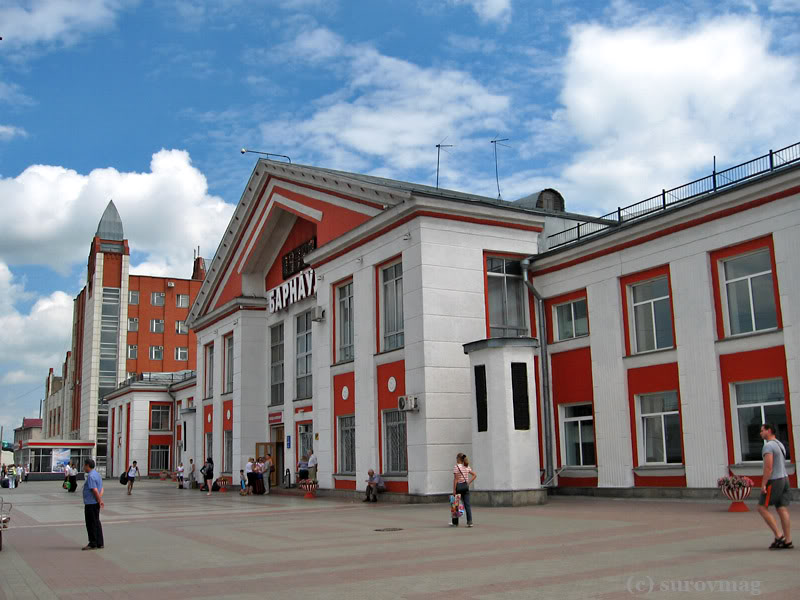
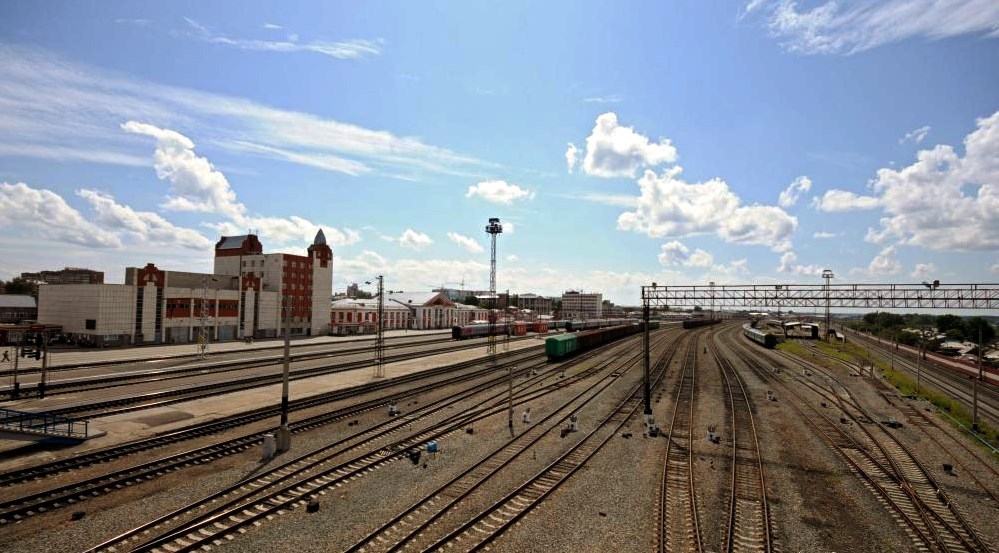

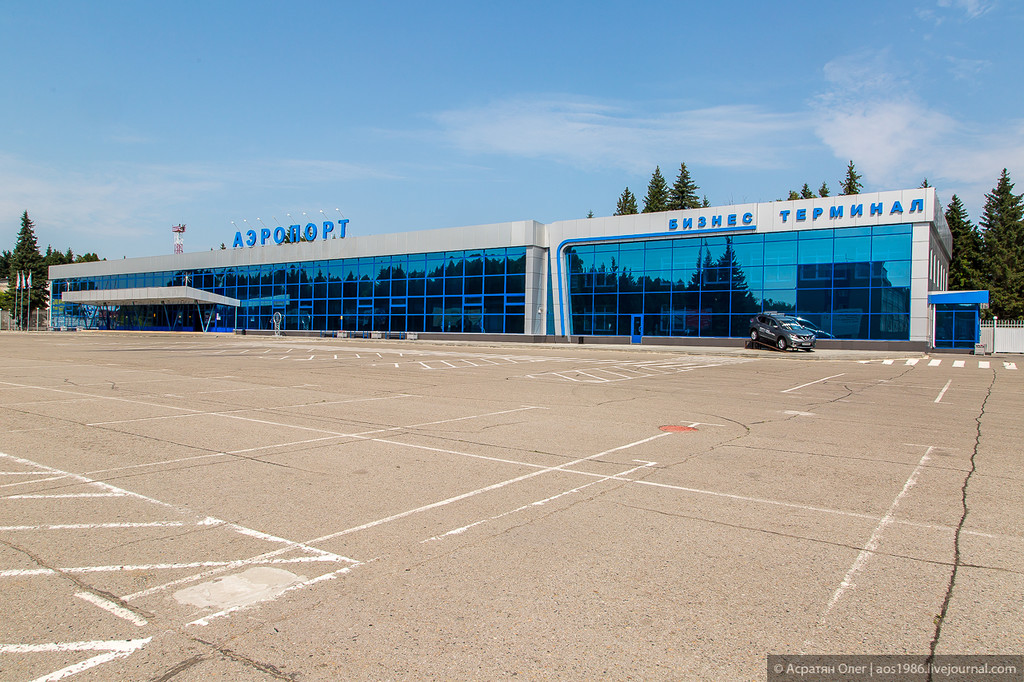
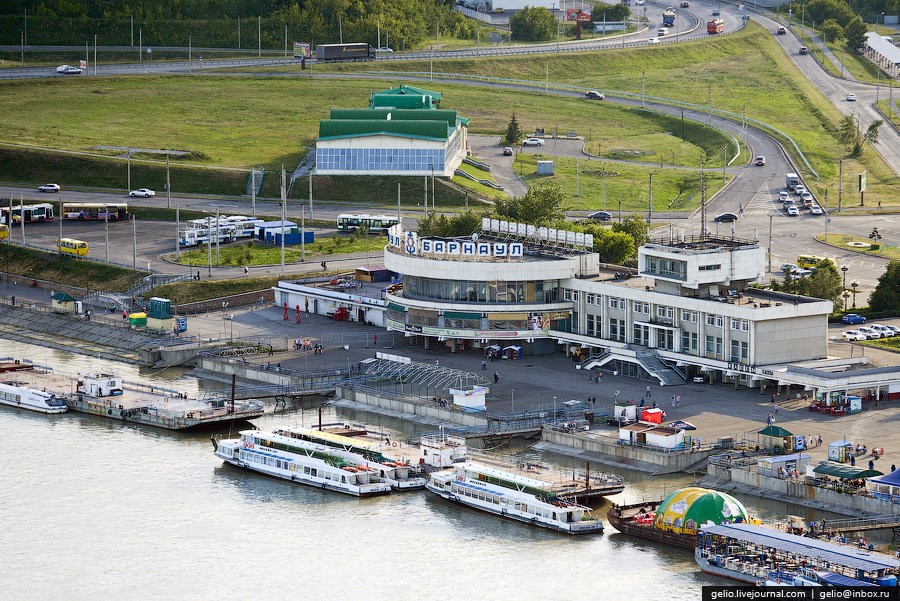
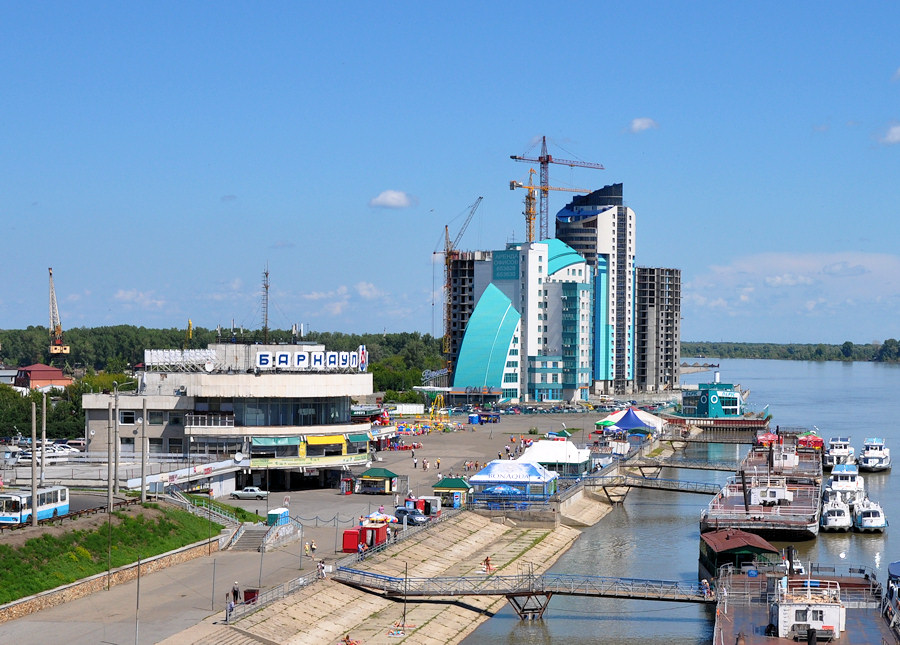
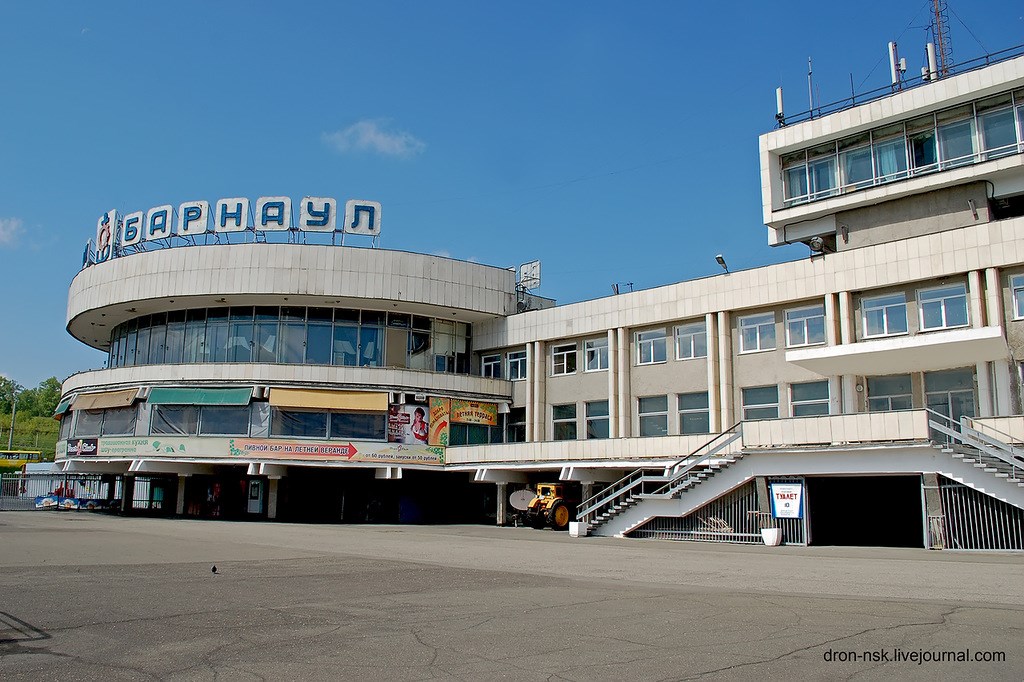
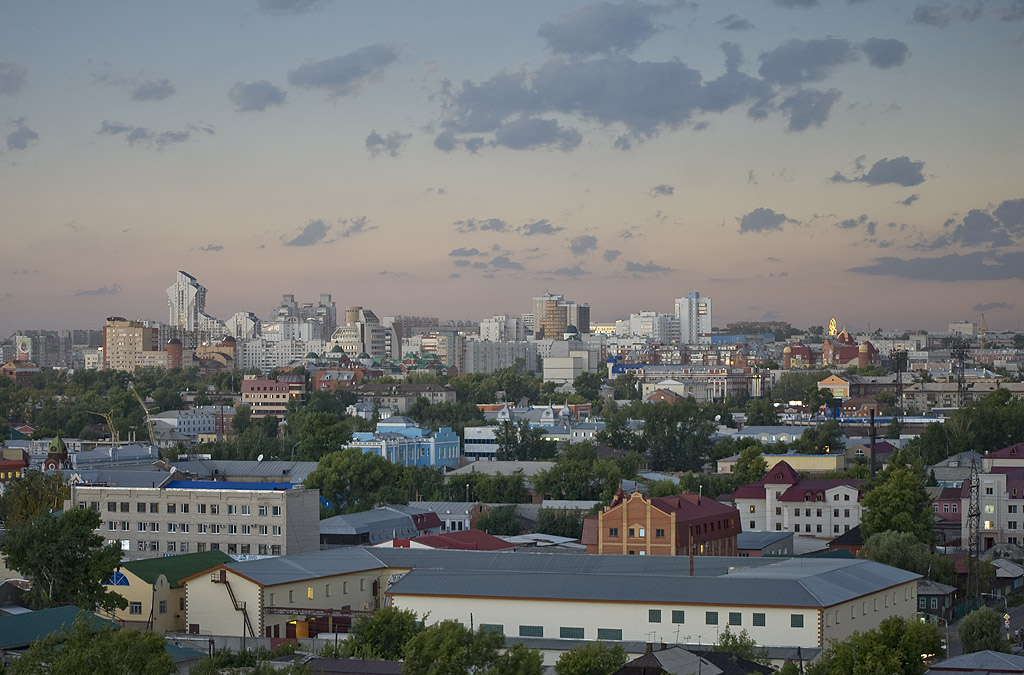
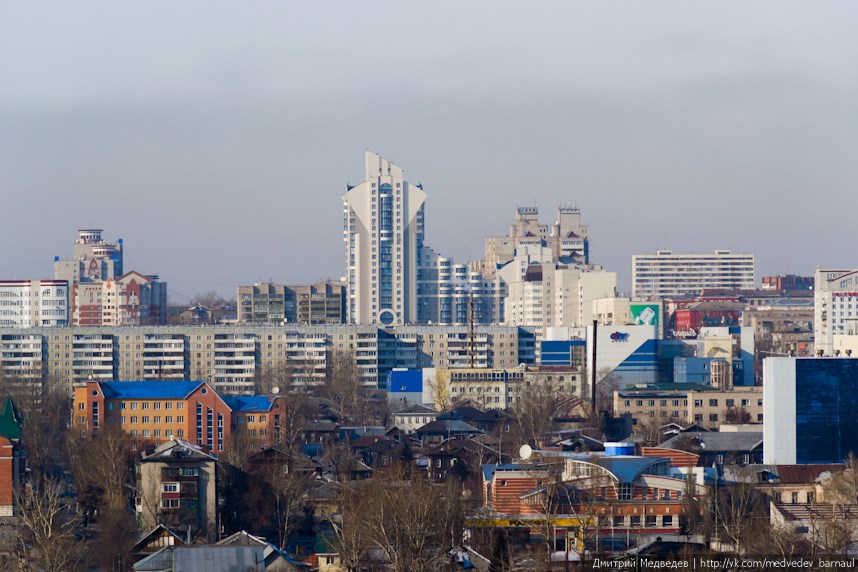
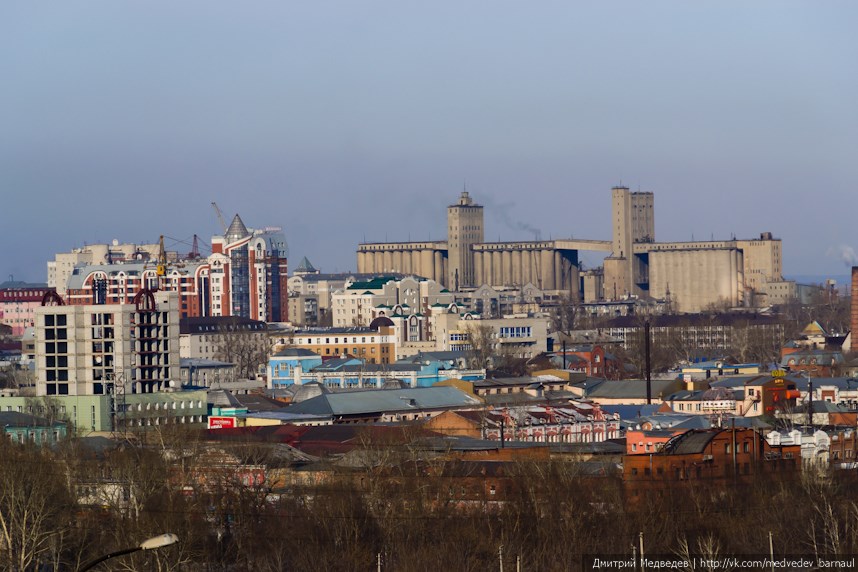
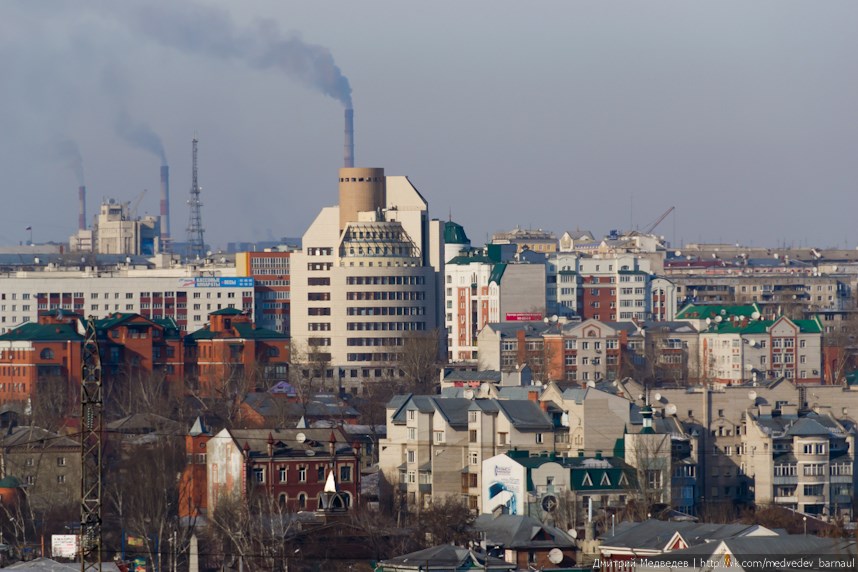
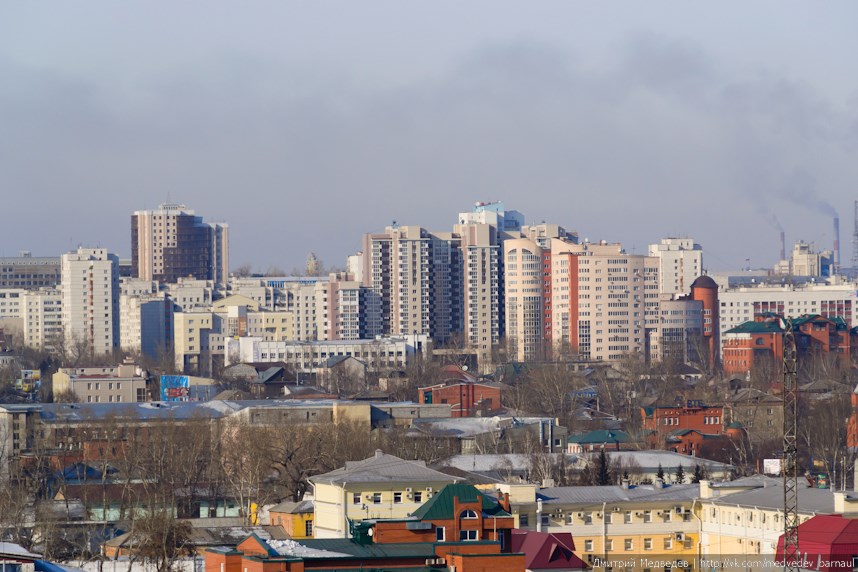
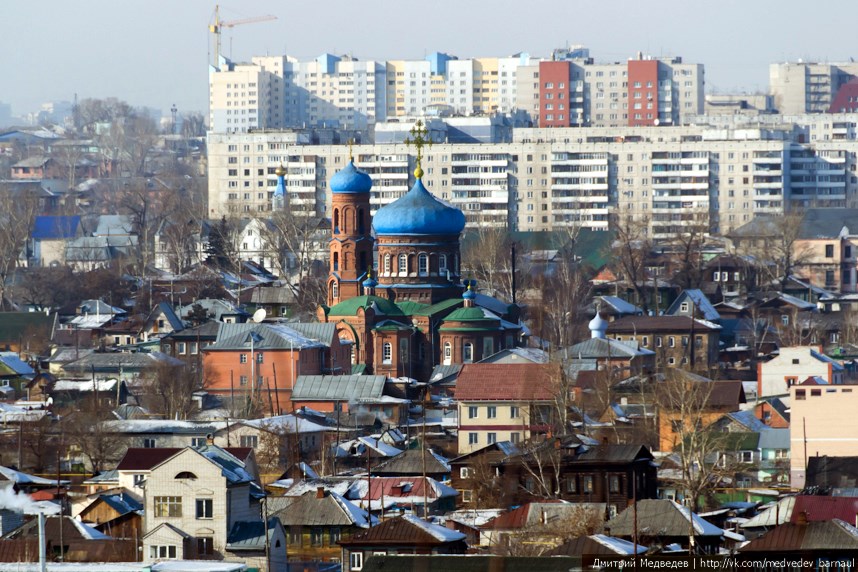
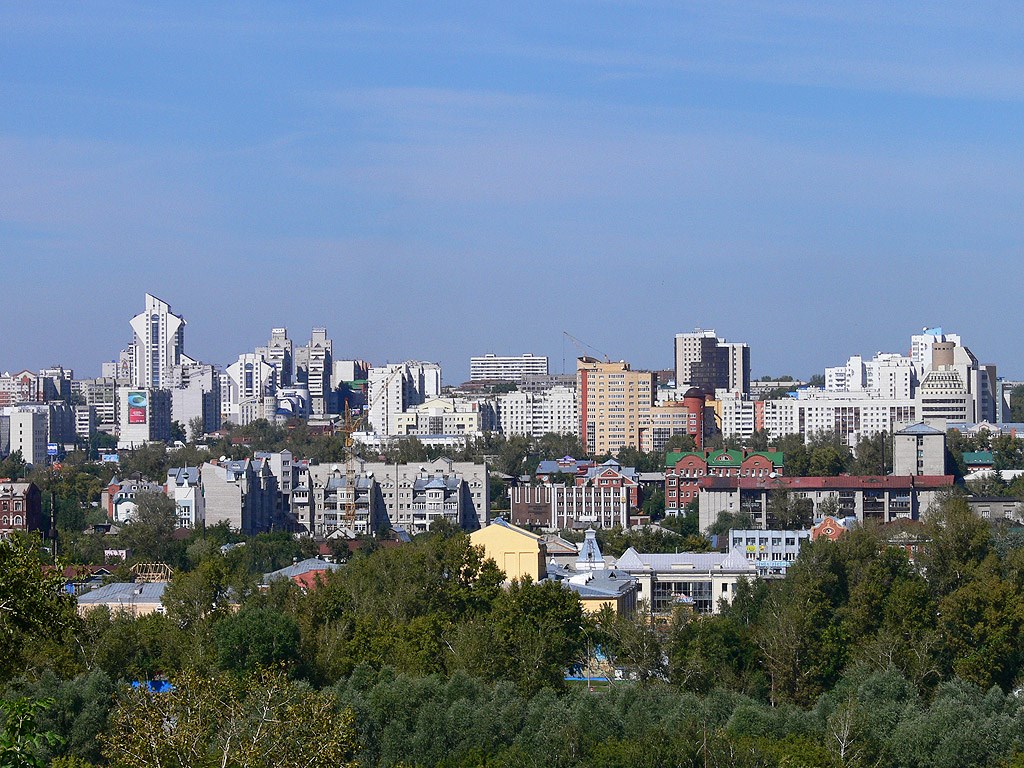
Barnaul es la capital administrativa del Territorio de Altai. La ciudad fue fundada en 1730 y está situada al sur de Siberia Occidental, en la desembocadura del río Barnaulka en el río Obi. La extensión de la ciudad es de 321 km.2, y tiene alrededor de 649,6 mil habitantes.
Barnaul es un importante centro de educación, cultural e industrial de Siberia: cuenta con 5 teatros, con museos y monumentos arquitectónicos de los siglos XVIII-XX, con nueve centros estatales de educación superior universitaria.
Las dos principales universidades de la ciudad - la Universidad Estatal de Altai y la Universidad Técnica Estatal de Altai - entran dentro de los cien mejores centros de enseñanza universitaria del país. En 2006, en el concurso "La calidad de la educación en Europa" resultó premiado como el mejor departamento del país el Departamento de Arqueología, Etnografía y Estudio de las Fuentes Históricas de la Universidad Estatal de Altai.
La distancia entre Barnaul y Moscú es de 3419 km. La ciudad importante más próxima: Novosibirsk (a 193 km.).
http://es.russia.edu.ru/russia/cities/barnaul/
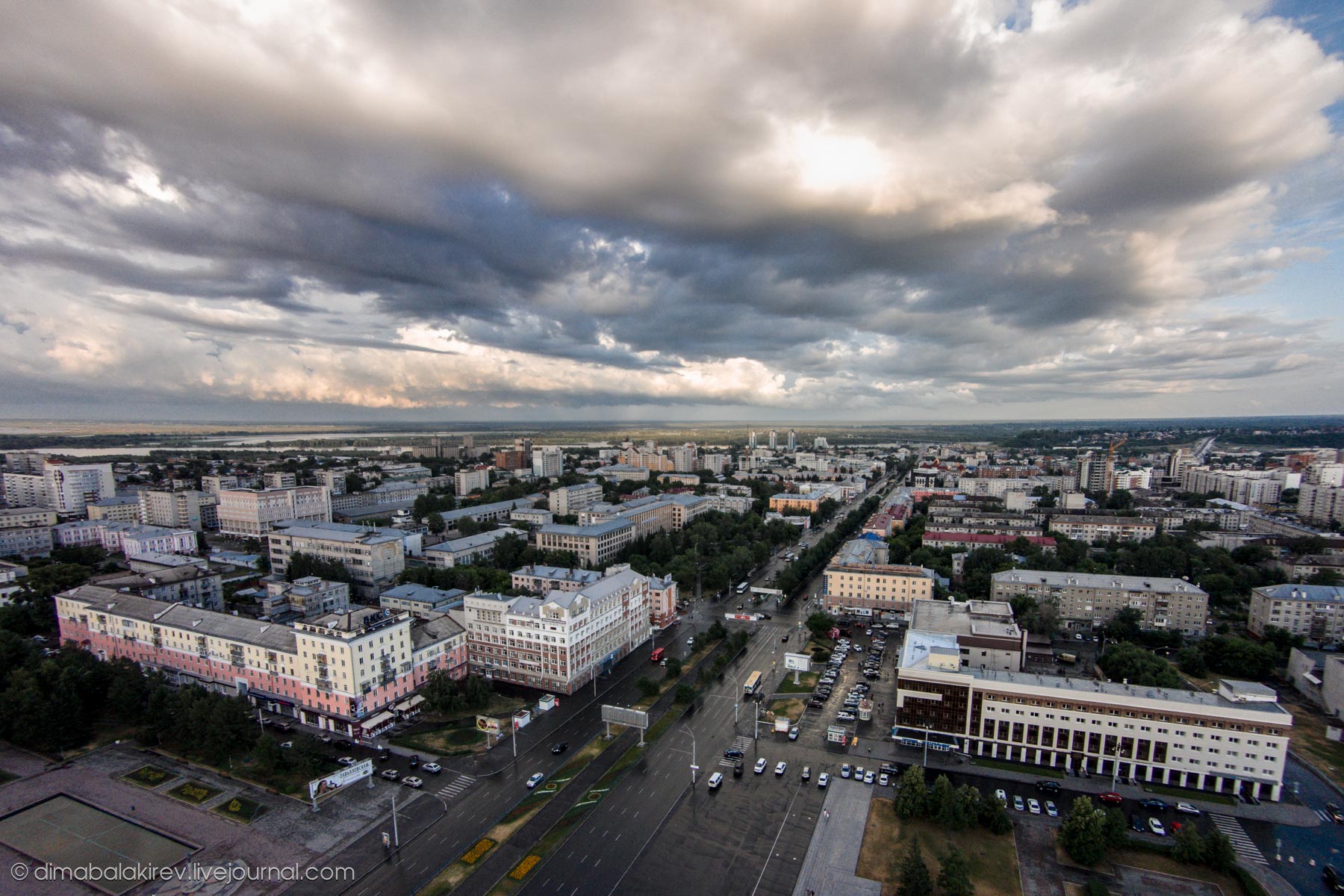
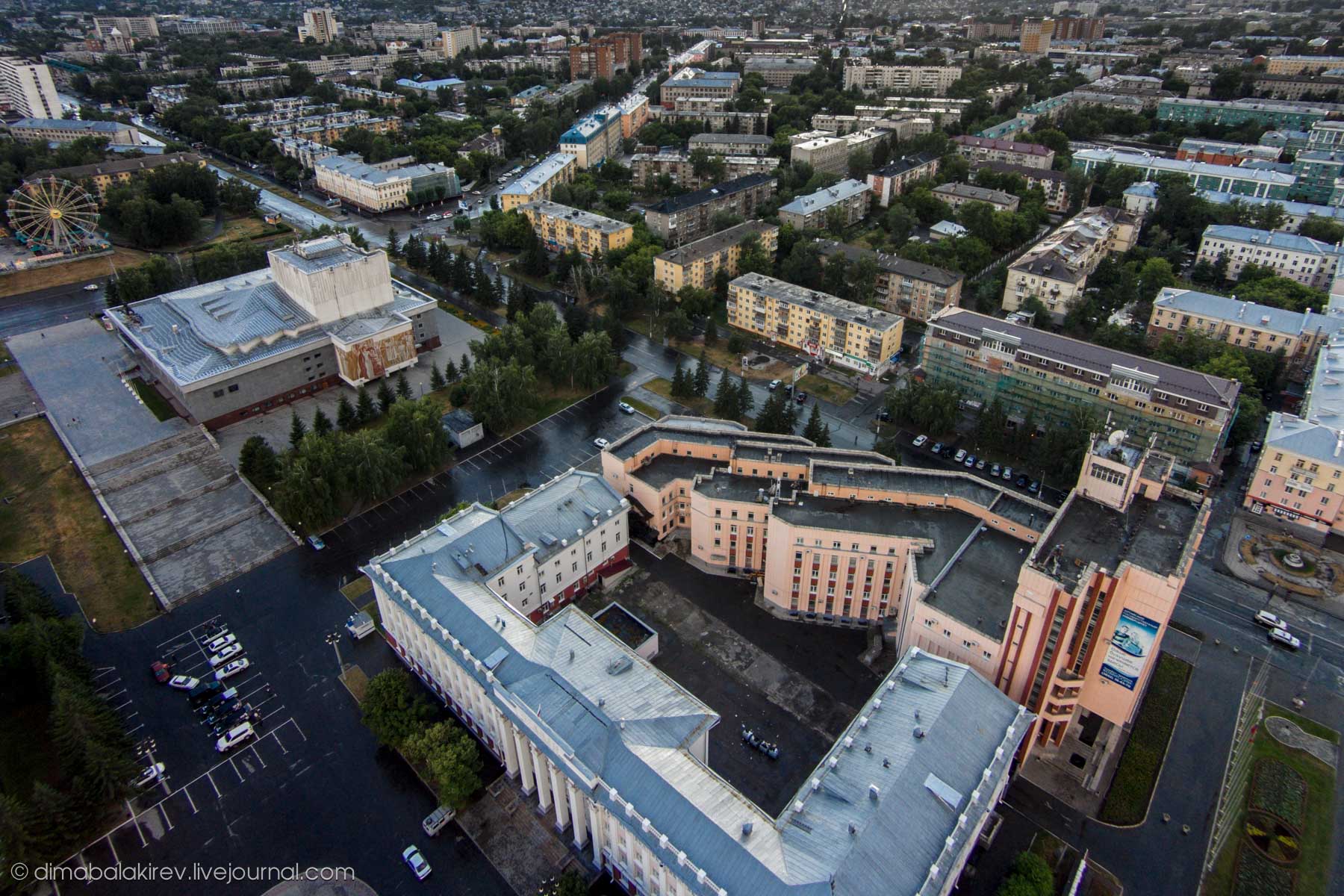
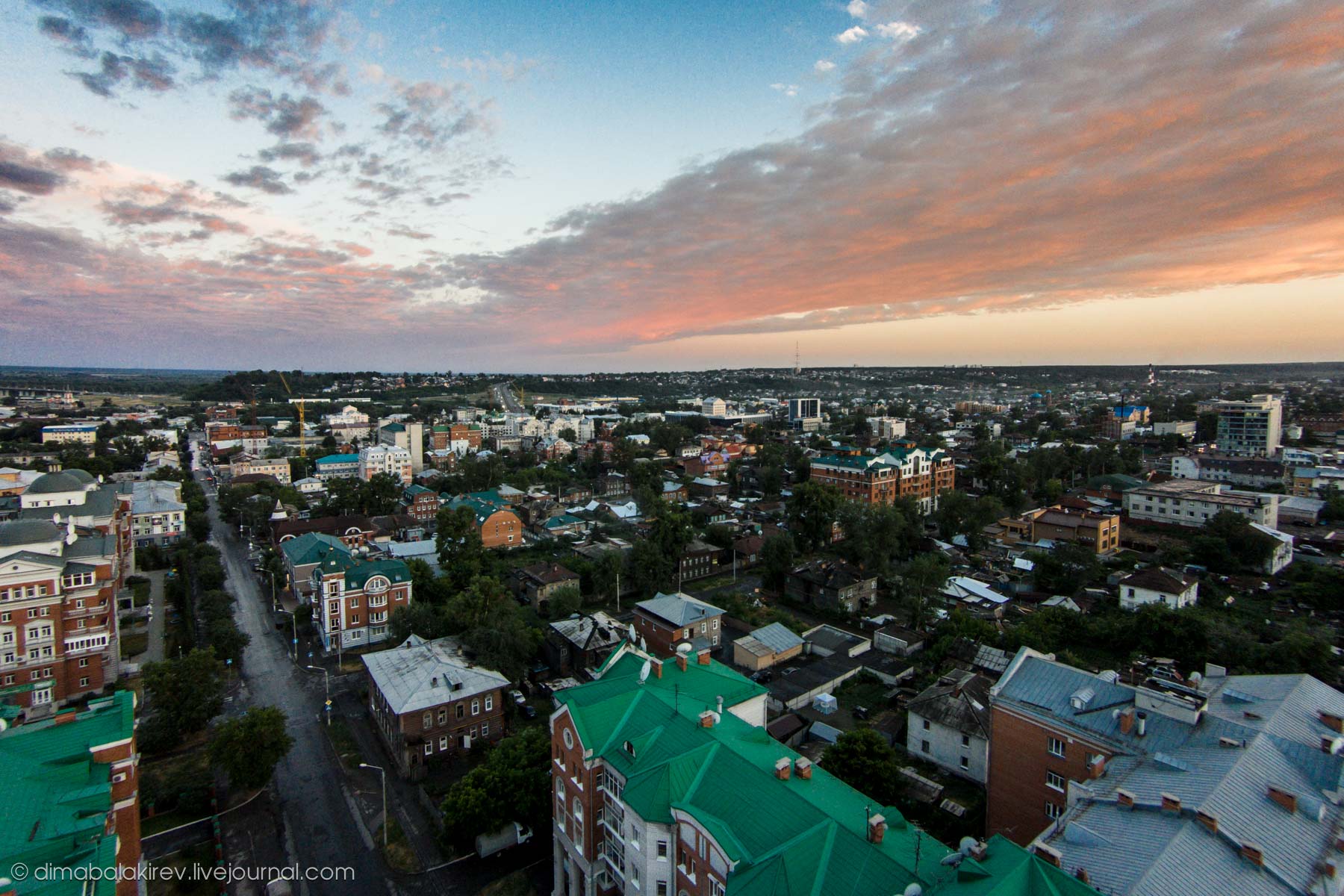
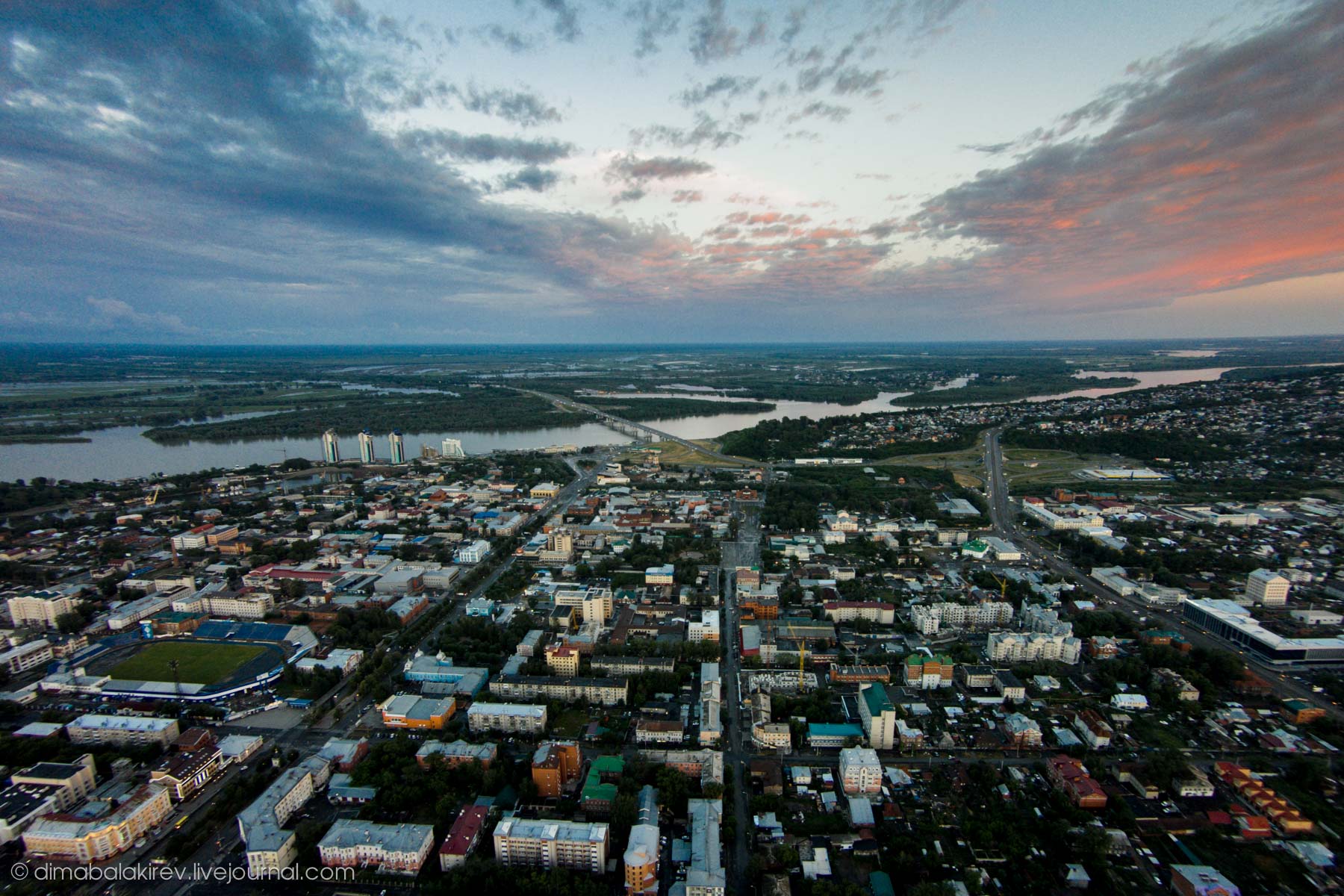
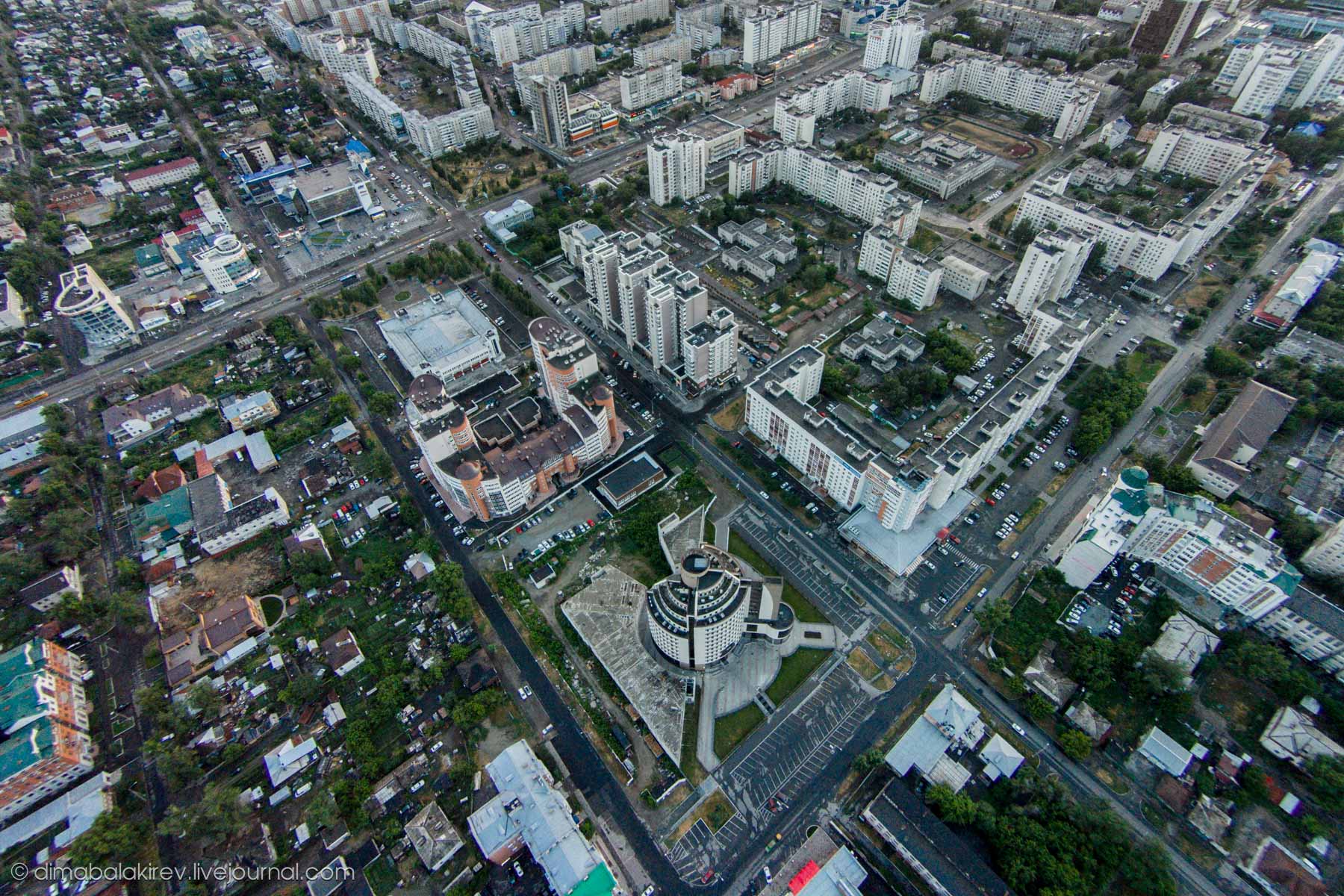
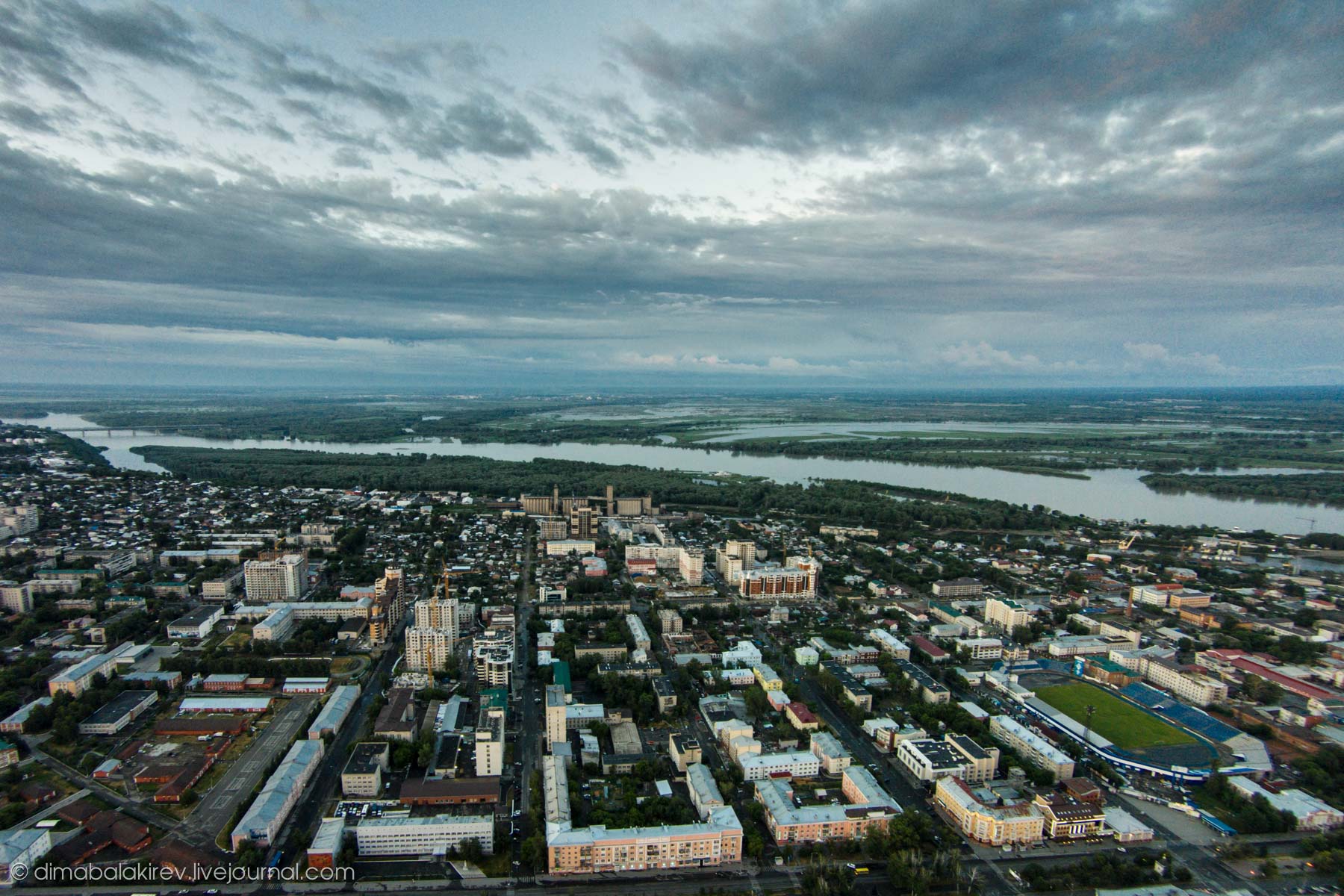
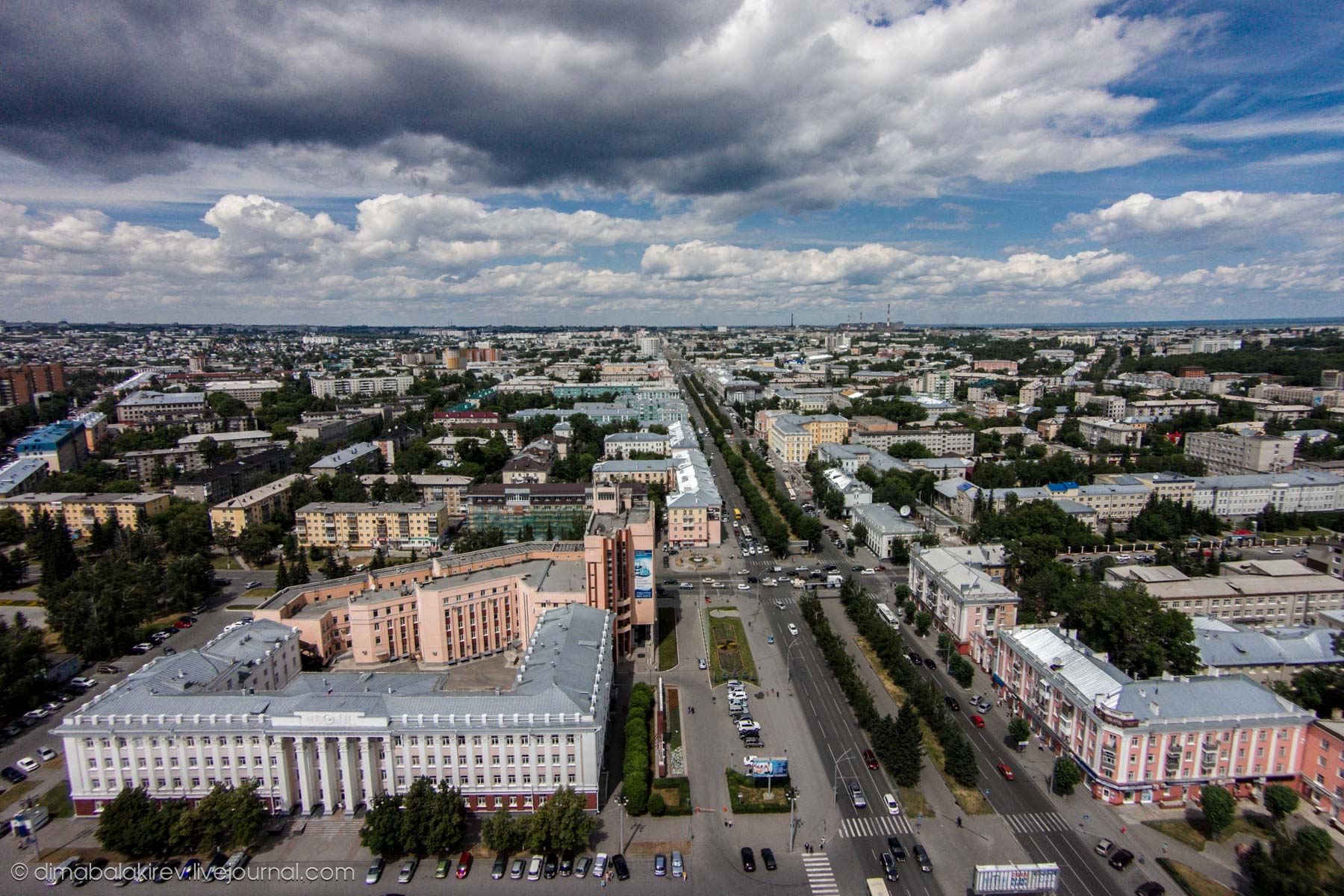
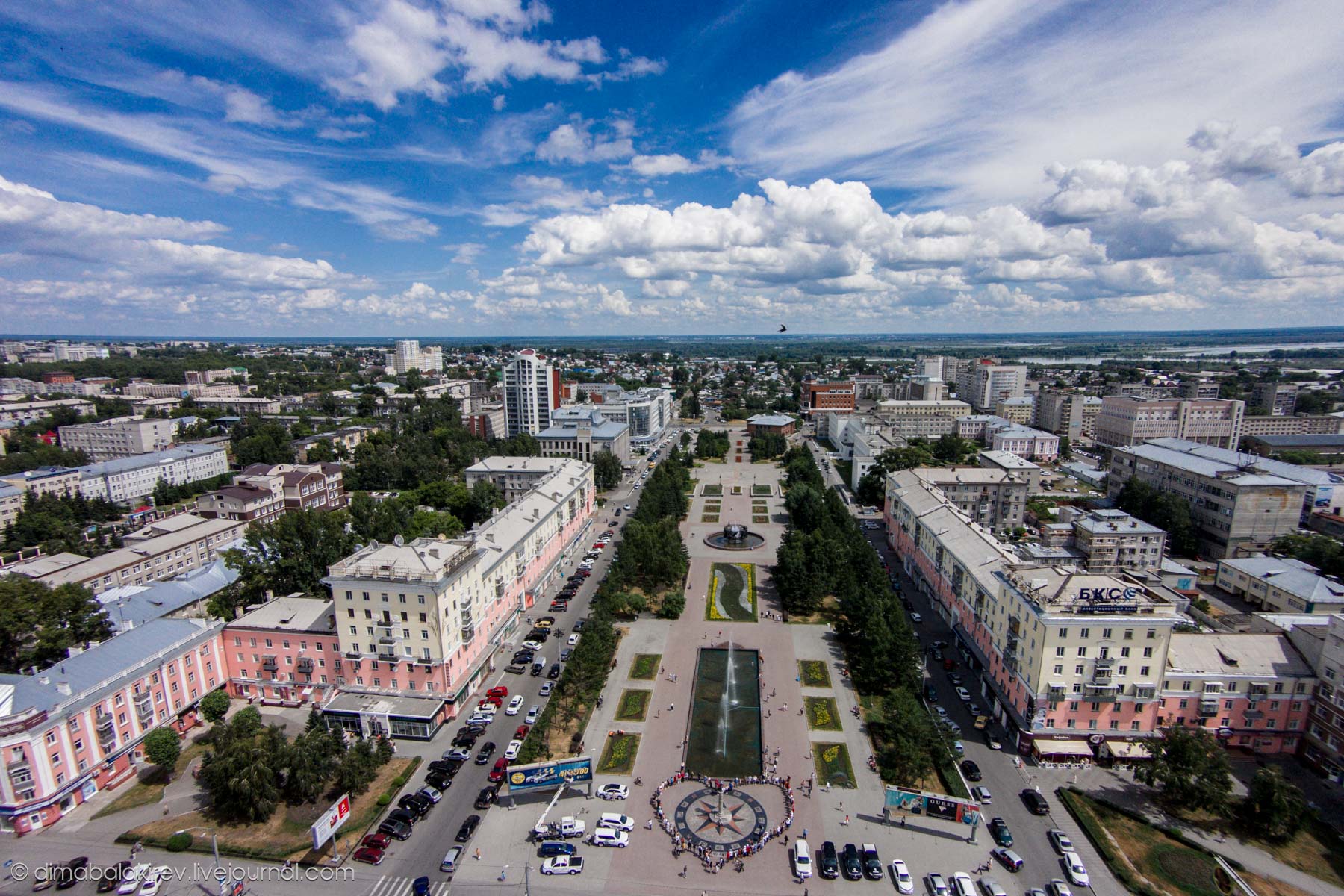


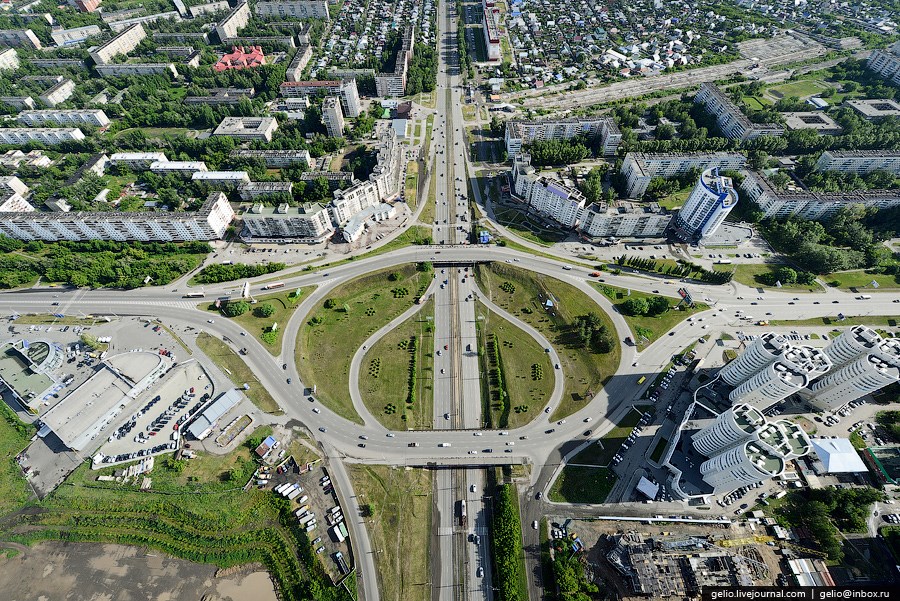

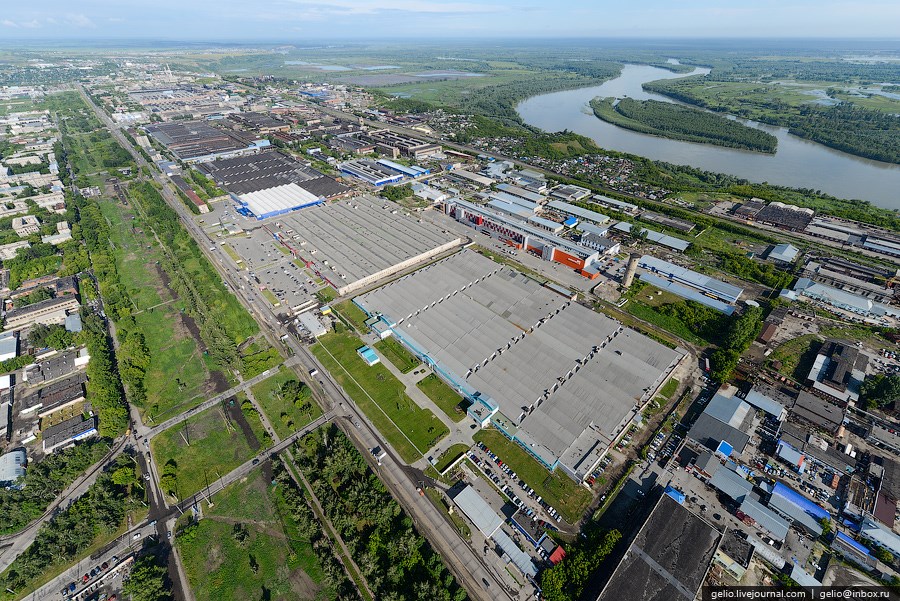
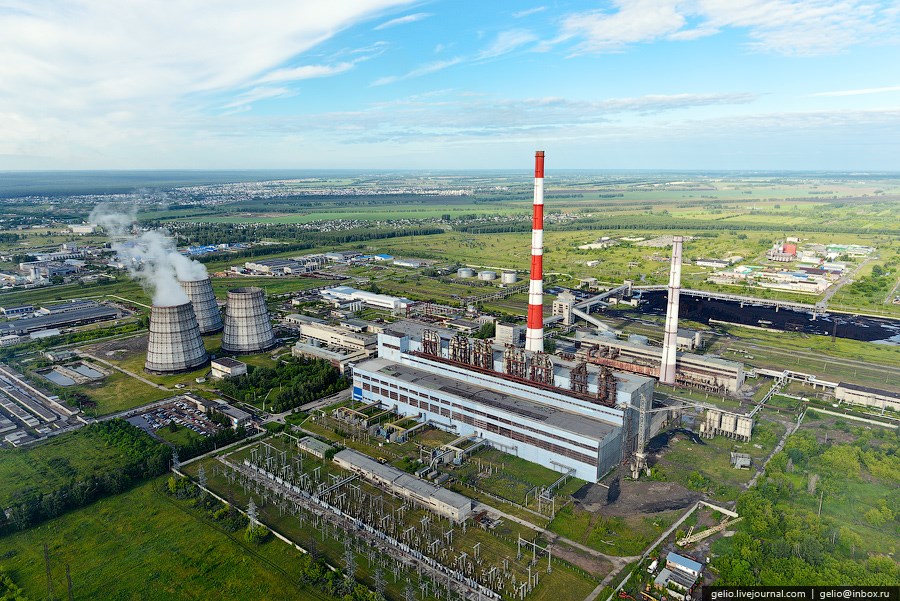

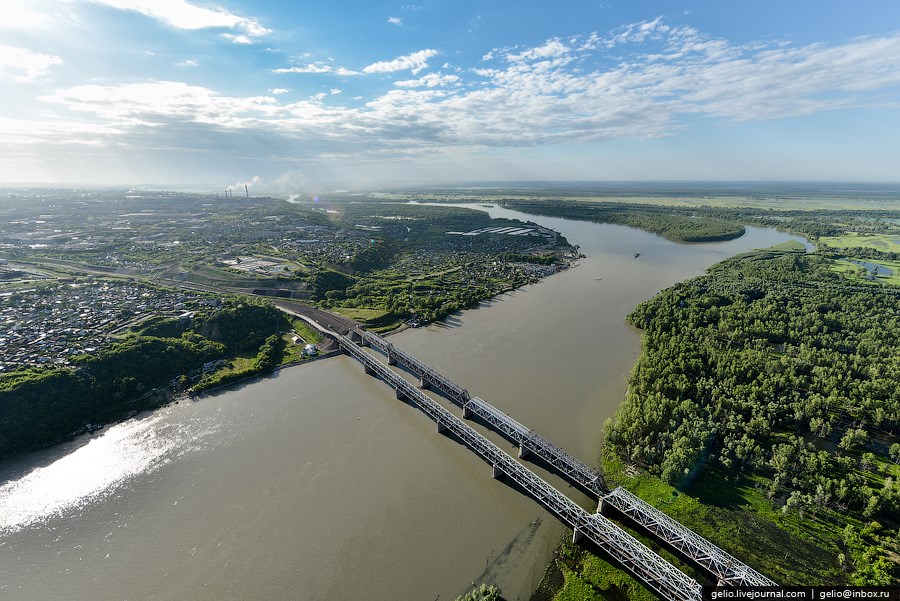
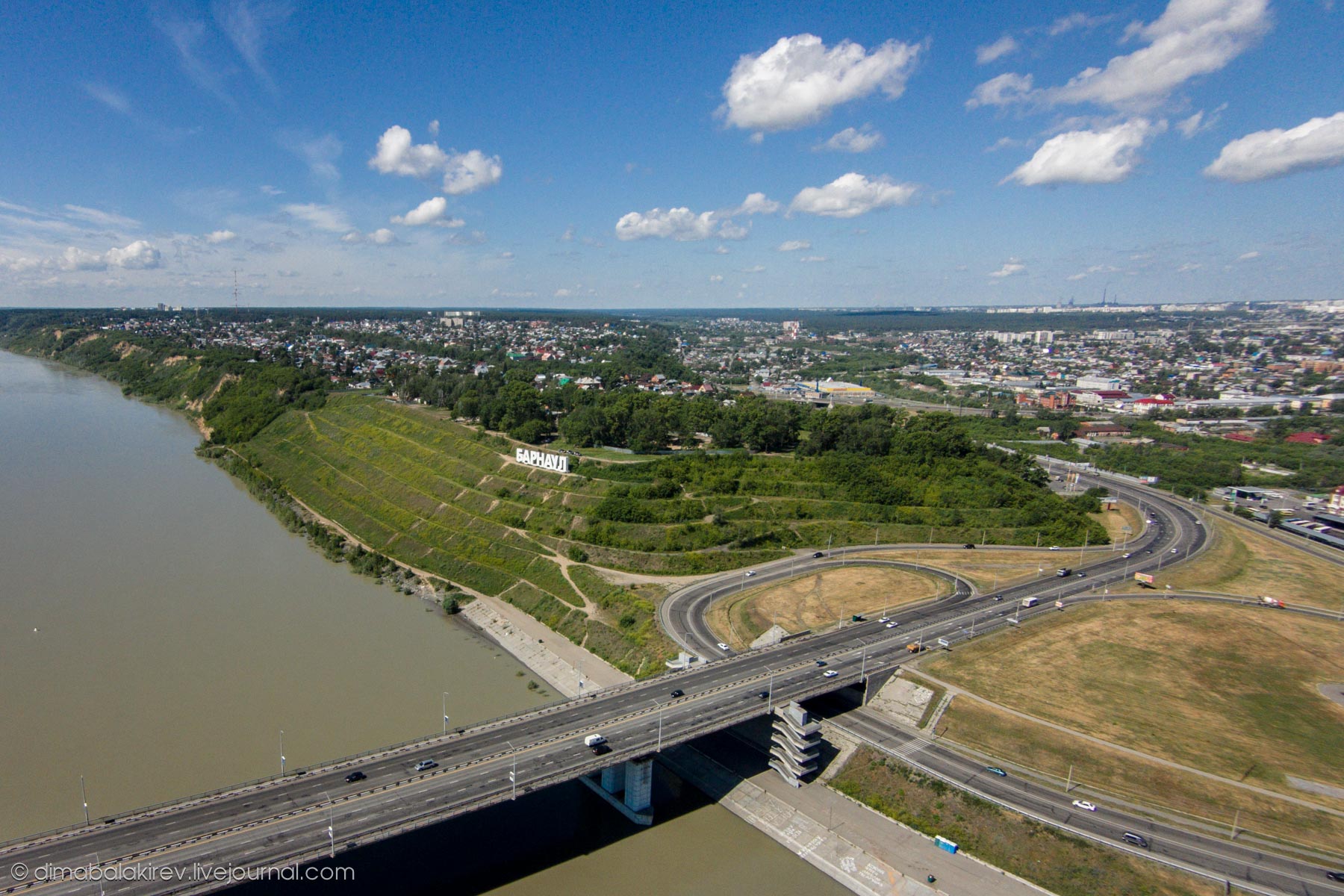
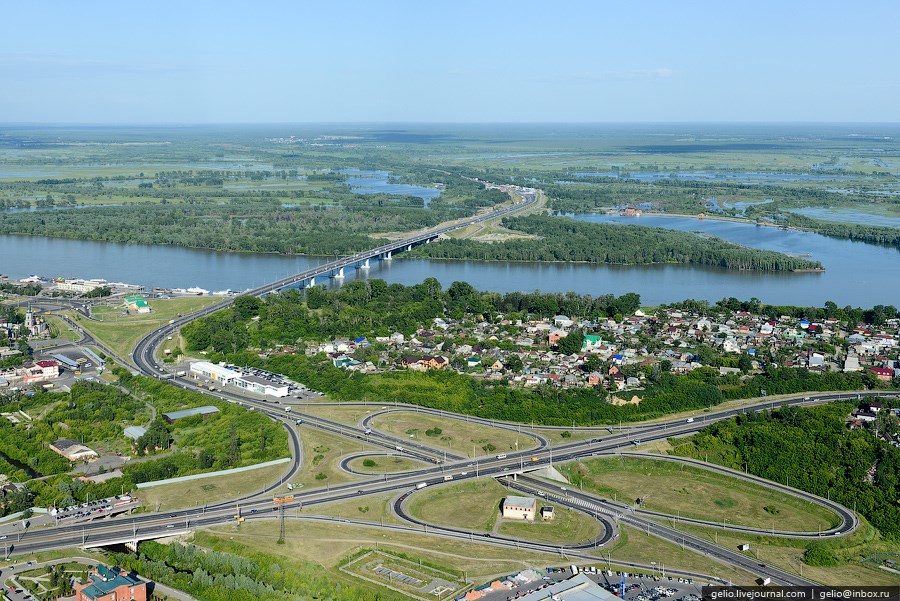
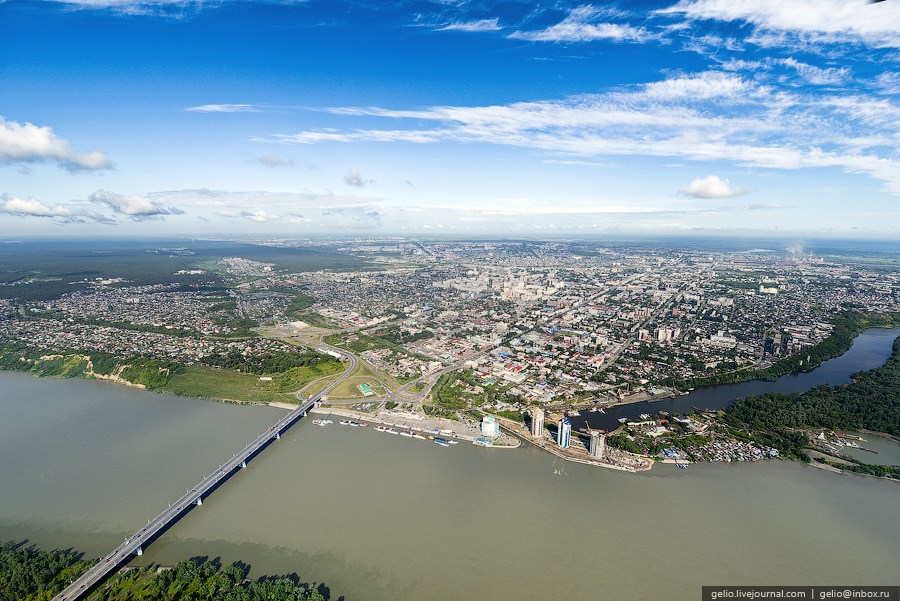

Barnaúl ([bərnɐˈul] en ruso, Барнау́л) es una ciudad y centro administrativo del krai de Altái, en Rusia. Está situada al sur de la Siberia Occidental, en la desembocadura del río Barnaúlka, y el río Obi. Es la decimonovena ciudad en Rusia más grande por el número de habitantes. Barnaúl es un importante centro industrial, cultural y educativo de Siberia. Dispone de nueve centros de educación superior y cinco teatros, además de museos y arquitectura de siglos XVIII - XX.
Historia
Imperio ruso
Barnaúl fue una de las primeras ciudades establecidas en Siberia. Originalmente seleccionada por su proximidad a las montañas Altái, ricas en minerales y su ubicación en un río principal, el sitio fue fundado por la familia rica de Demídov en la década de 1730. Además del cobre que había atraído originalmente los Demídovs, se encontraron pronto también depósitos considerables de plata. En 1747, las fábricas de los Demídov pasaron a manos de la Corona, y pronto se convirtió en el centro principal de plata de Rusia.
En los siglos XVIII y a principios del XIX, el 90% de la plata de Rusia se produjo en la región de Altái. Barnaúl fue el escenario de las más grandes fábricas de fundición de plata del país y la producción se expandió, así como lo hizo la población. En 1771, el una vez pequeña asentamiento adoptó la condición de población minera, uno de los más grandes en Siberia.
En 1900, Barnaúl se había convertido en un importante centro de comercio y cultura de la región, sobre todo después de la construcción del ferrocarril Turkestán-Siberia.
En 1914, Barnaúl fue el escenario de un motín, el más grande de Rusia durante la Primera Guerra Mundial, lo que resultó en más de un centenar de heridos.
Segunda Guerra Mundial
Aunque la ciudad estaba a miles de kilómetros de distancia de la lucha real, cientos de miles de ciudadanos del krai de Altái lucharon y murieron en el frente en el transcurso de la Segunda Guerra Mundial, hecho conmemorado por un monumento grande en el centro de Barnaúl.
El mismo período consideró la importancia económica de Barnaúl al aumentar dramáticamente como resultado de la reubicación de las grandes instalaciones industriales soviéticas desde el oeste del país, a la seguridad de la lejana Siberia. Como resultado, Barnaúl sigue albergando una de las mayores fábricas de municiones en Rusia.
https://es.wikipedia.org/wiki/Barnaúl
https://ru.wikipedia.org/wiki/Барнаул
https://en.wikipedia.org/wiki/Barnaul
Pinche para ver las Fuentes seleccionadas
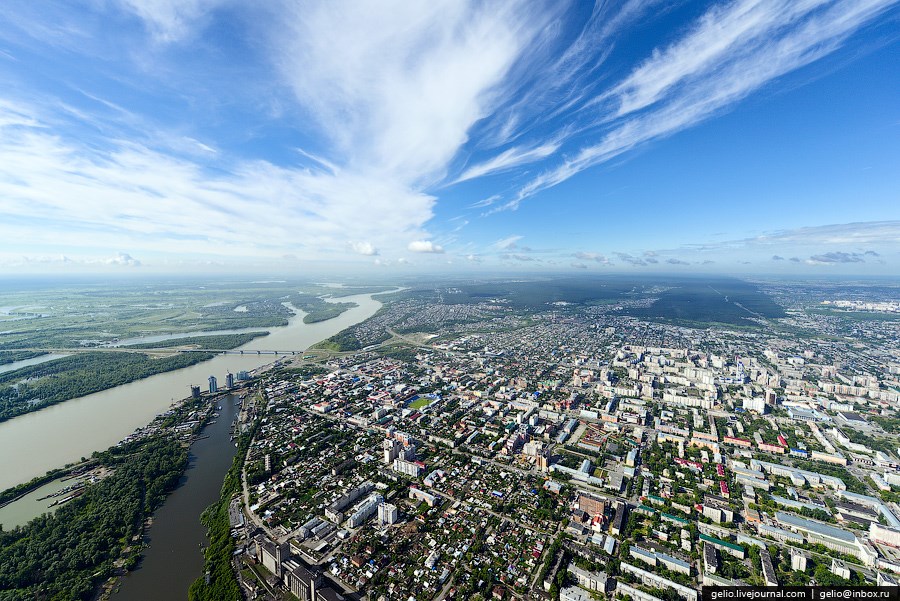
Vídeo:
Web recomendada: http://barnaul.org/
Contador: 6850
Inserción: 2016-09-02 20:08:38
Lugares a visitar en un radio de 100 km (en línea recta)
Mapa de los lugares a 100 km (en línea recta)
Mostrando Registros desde el 1 hasta el 0 de un total de 0
Visitas |
Más visitados Basílica de San Marcos 154940 Catedral de Notre Dame (París) 144244 Torre de Pisa 131580 Monte Saint-Michel 100685 Presa de las Tres Gargantas 81541 |
Incorporaciones |
Comentarios hazola Cúpula de la Roca gracias me... gera Buenos Aires las mejores fotos de la mejor ciudad del... Daniel M. - BRASIL San Francisco ... PEQUE Presa Chicoasén SERA QUE ALGUIEN ME PUEDE DAR MAS INFORMACIÓN DE ESTE PROYECTO ESTUDIO EN LA UNACH Y ES PARA UN... Mery Huaca Pucllana Muy interesante, muy buena la información y... |
 Tweet
Tweet


